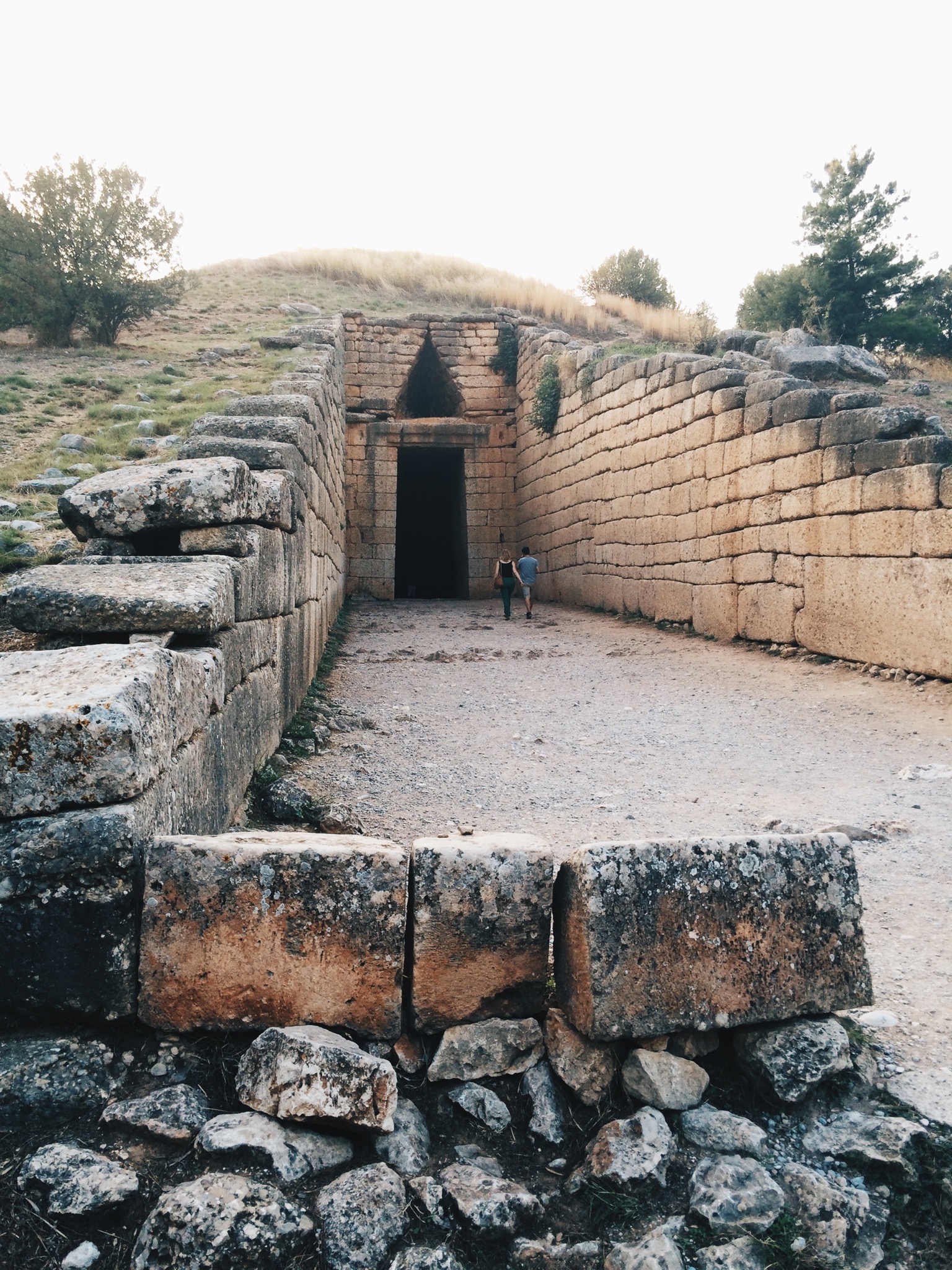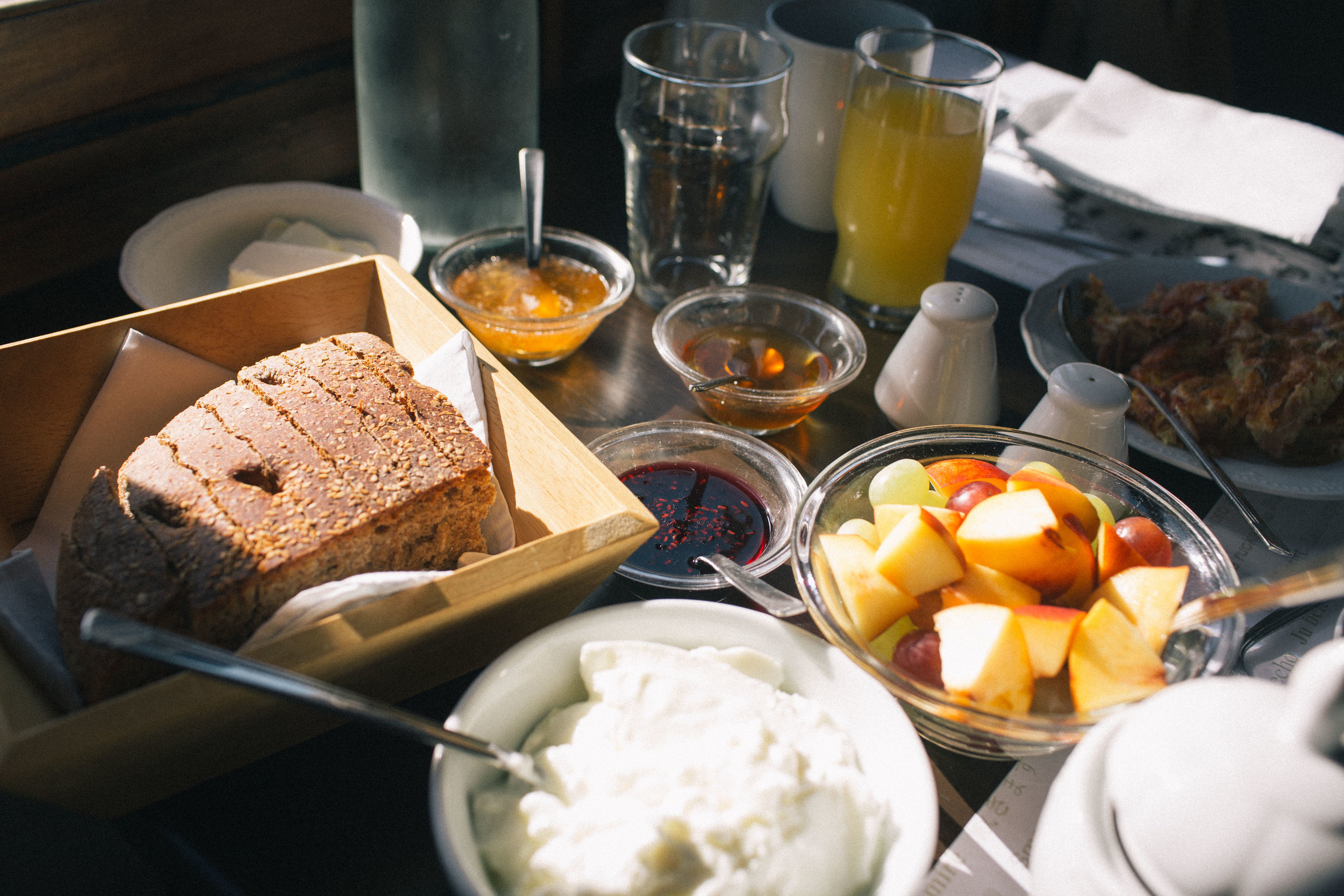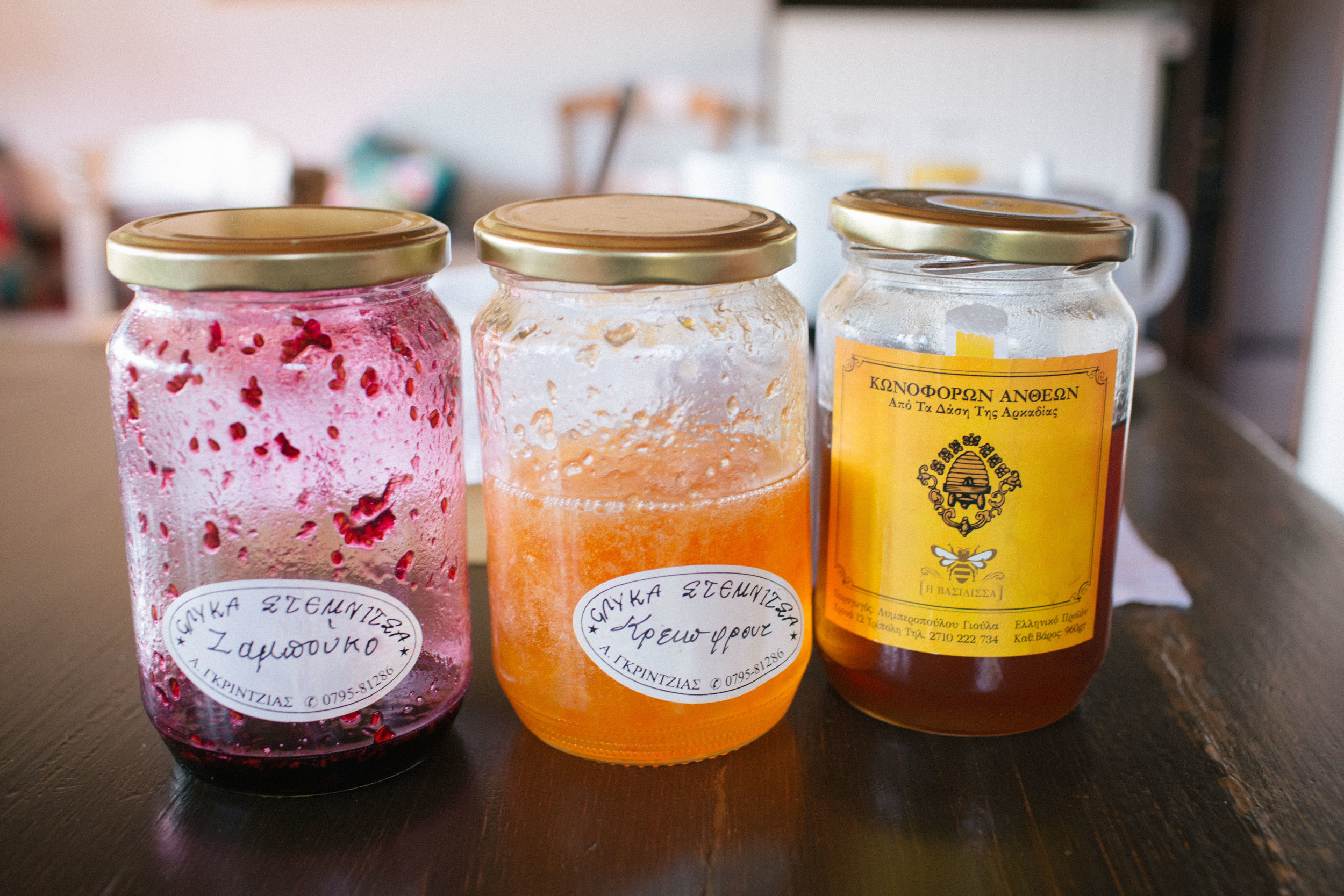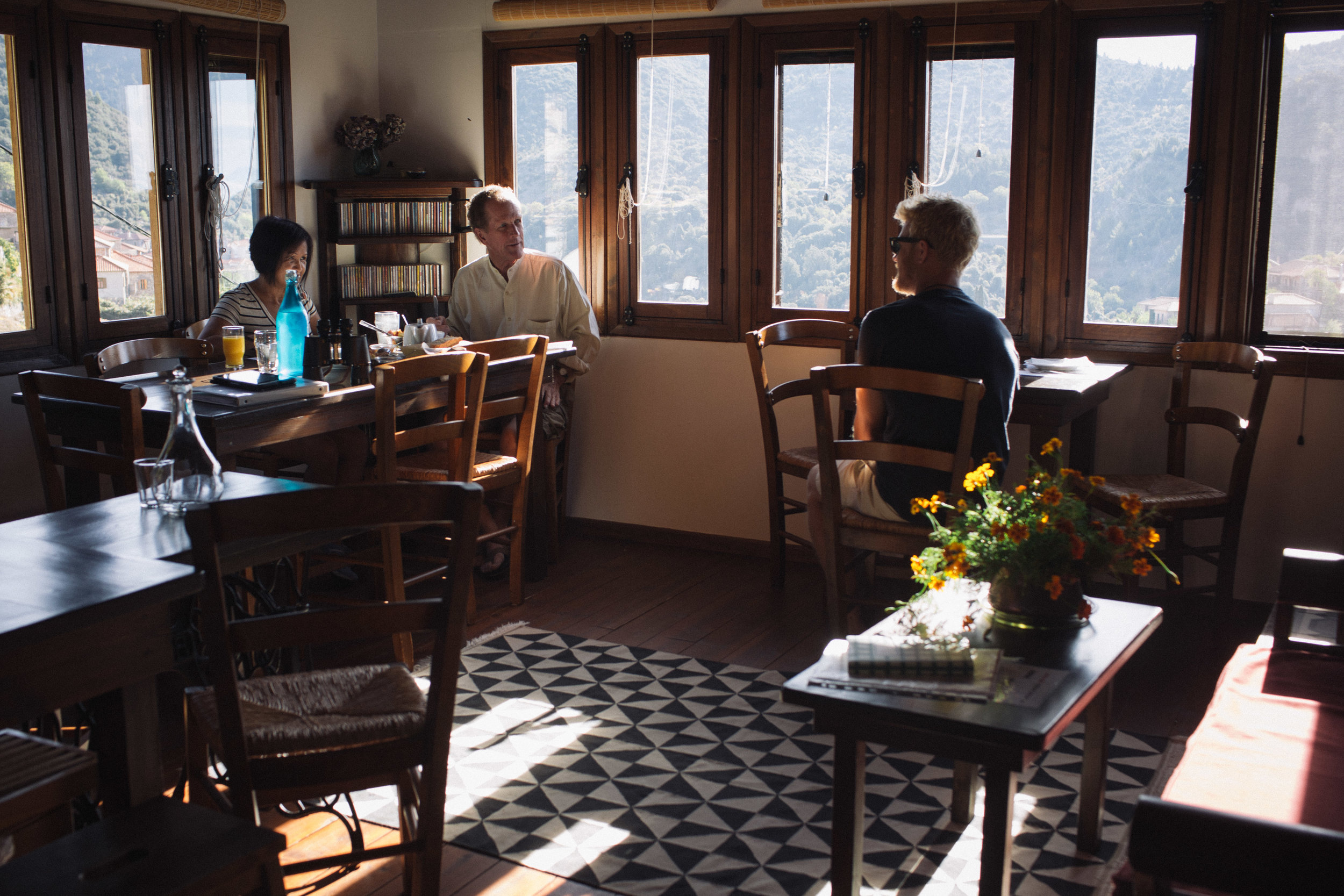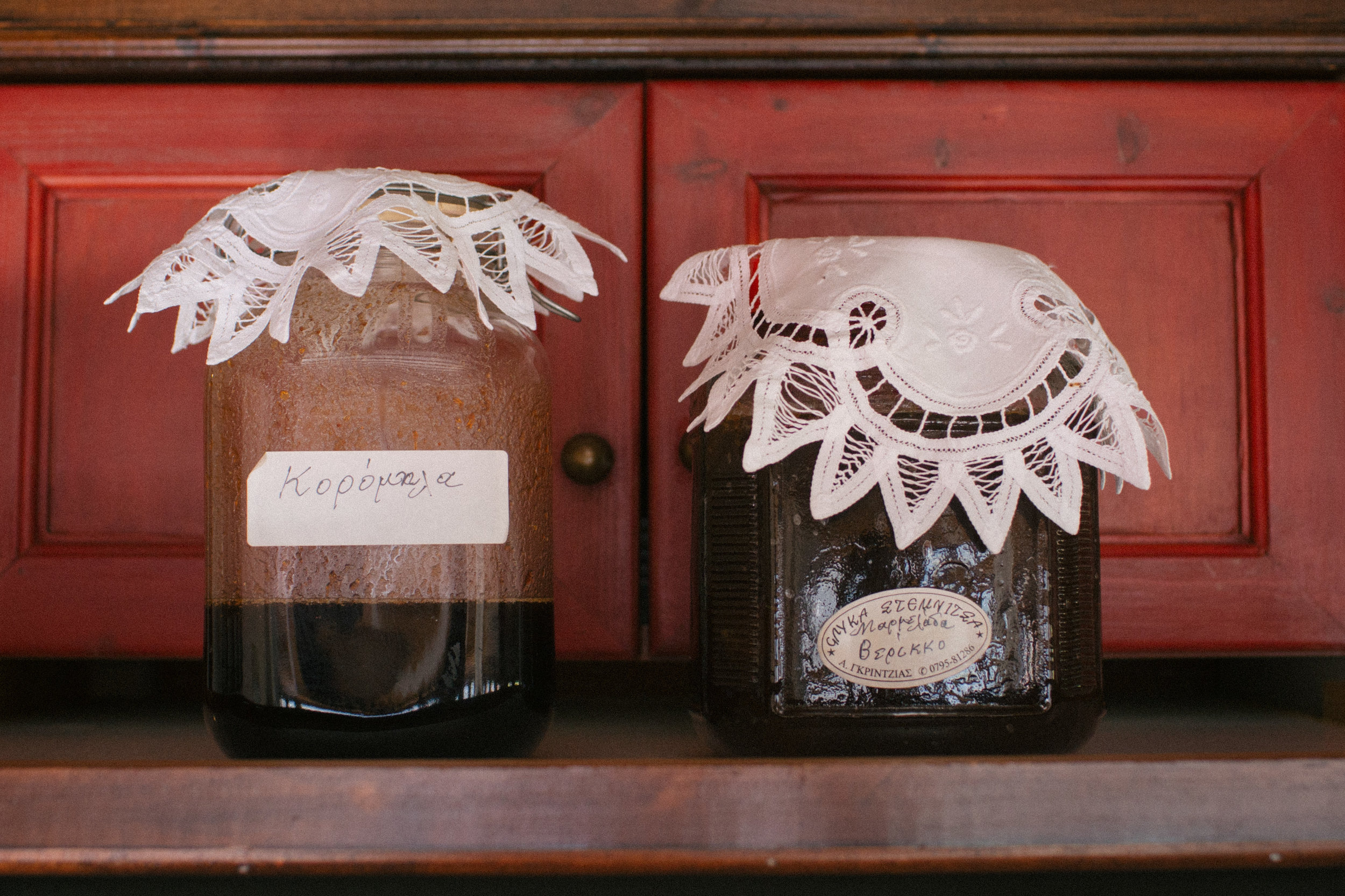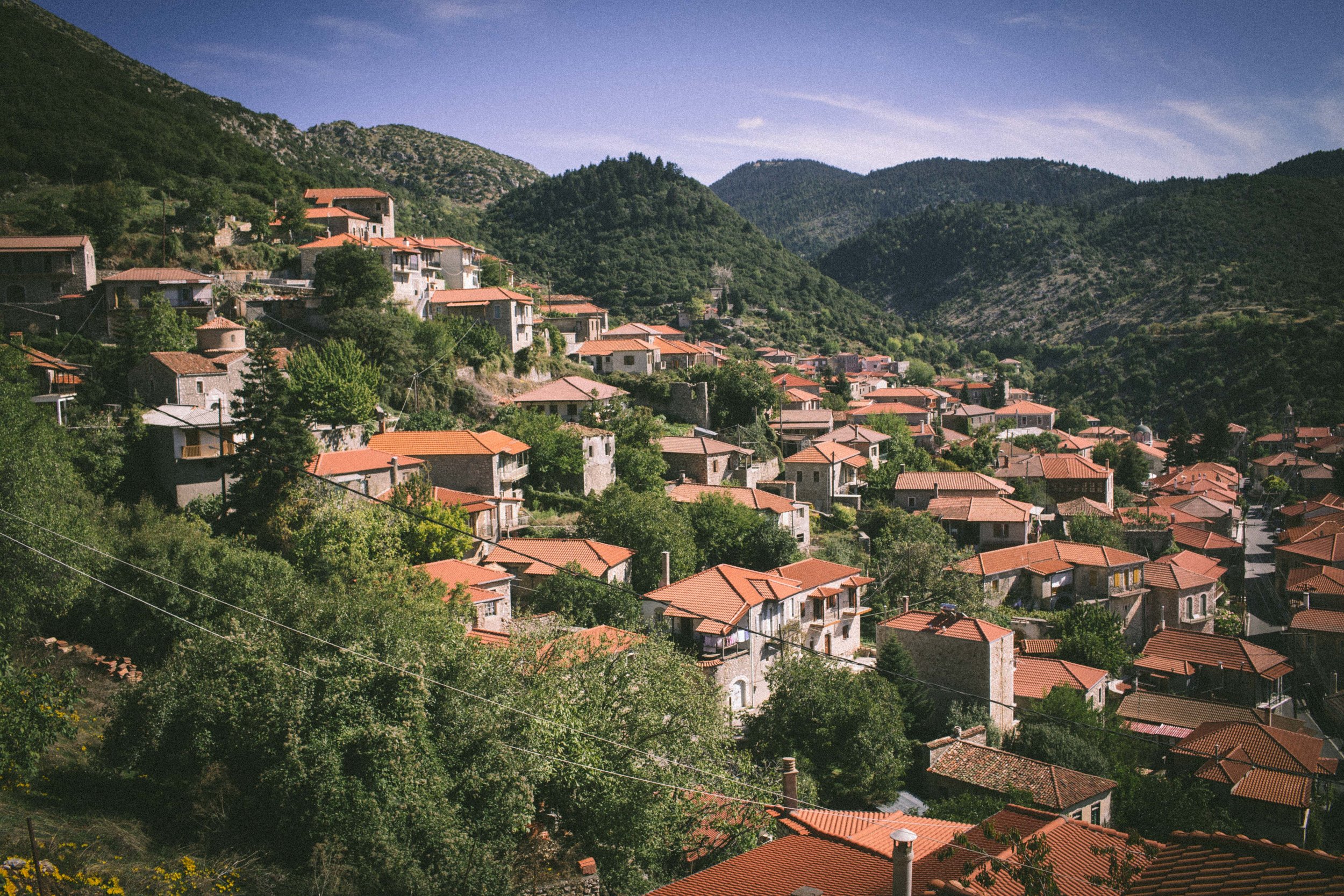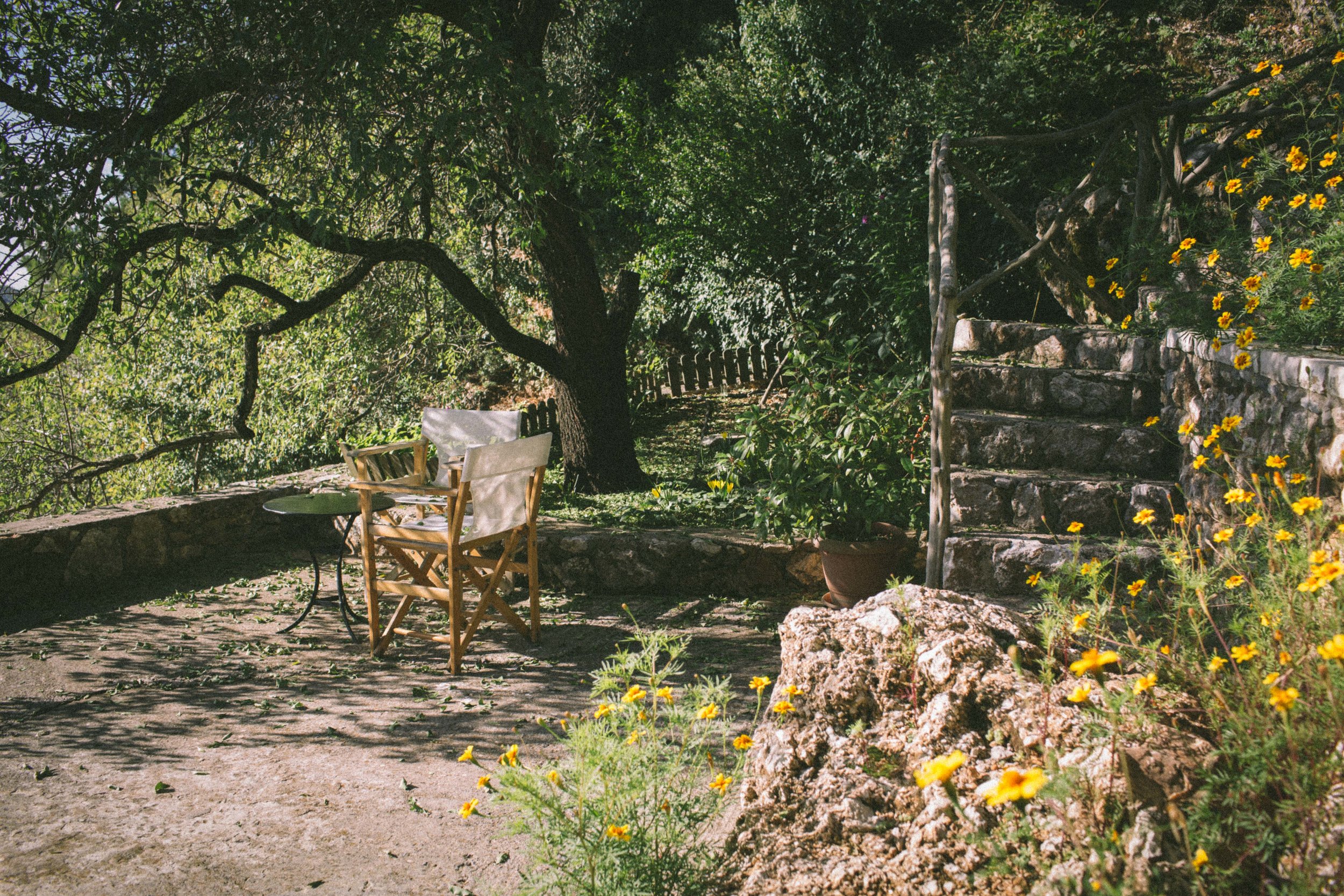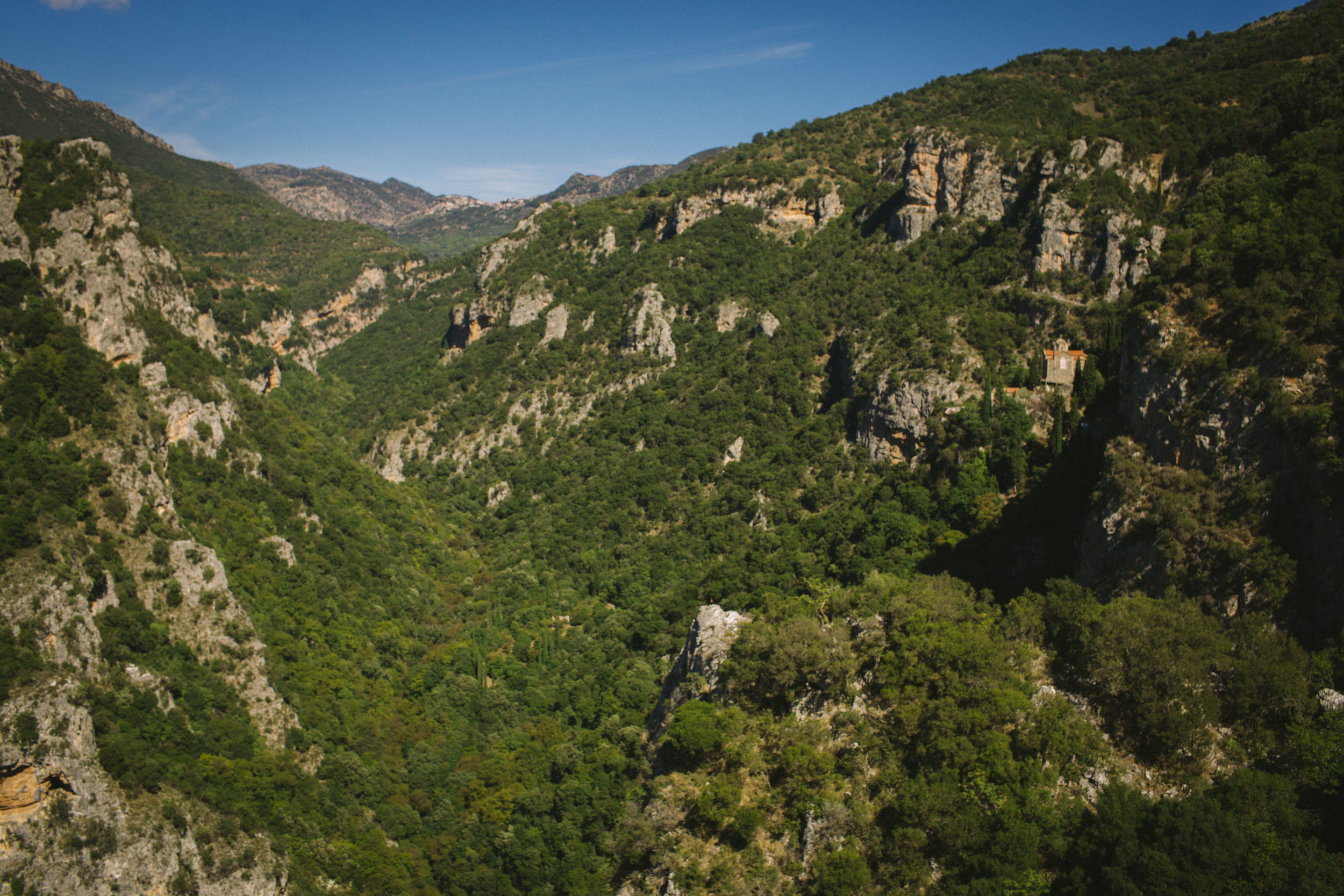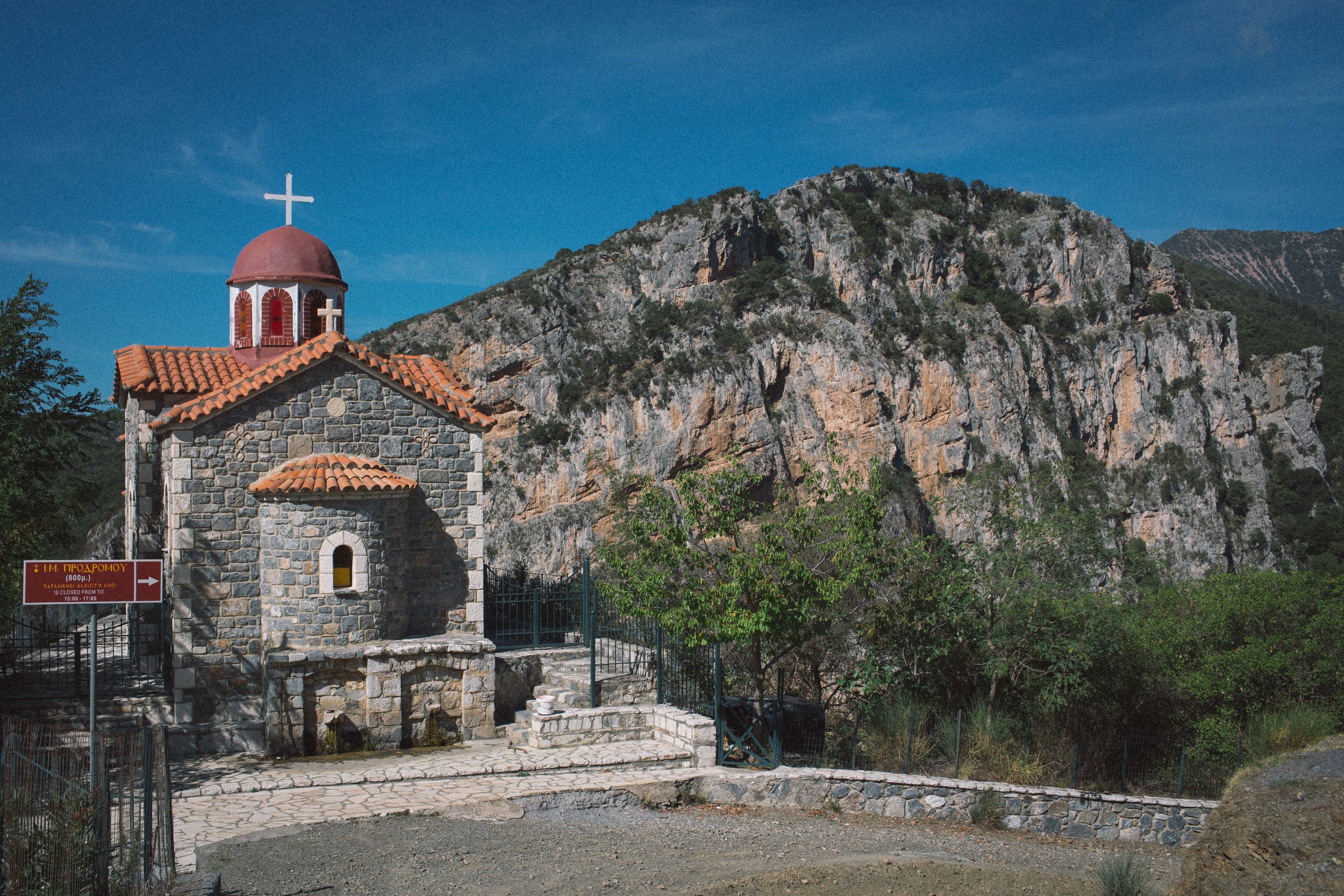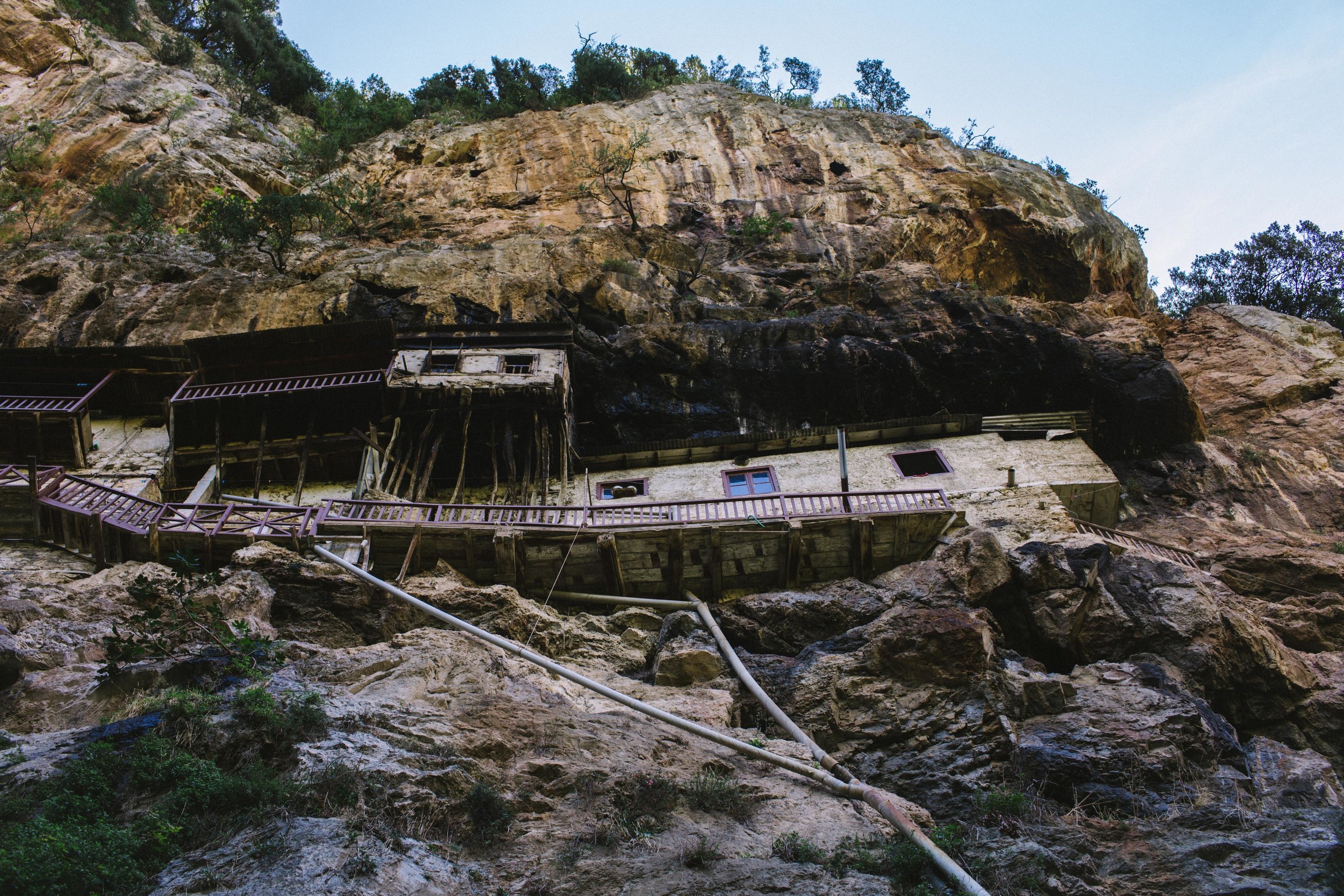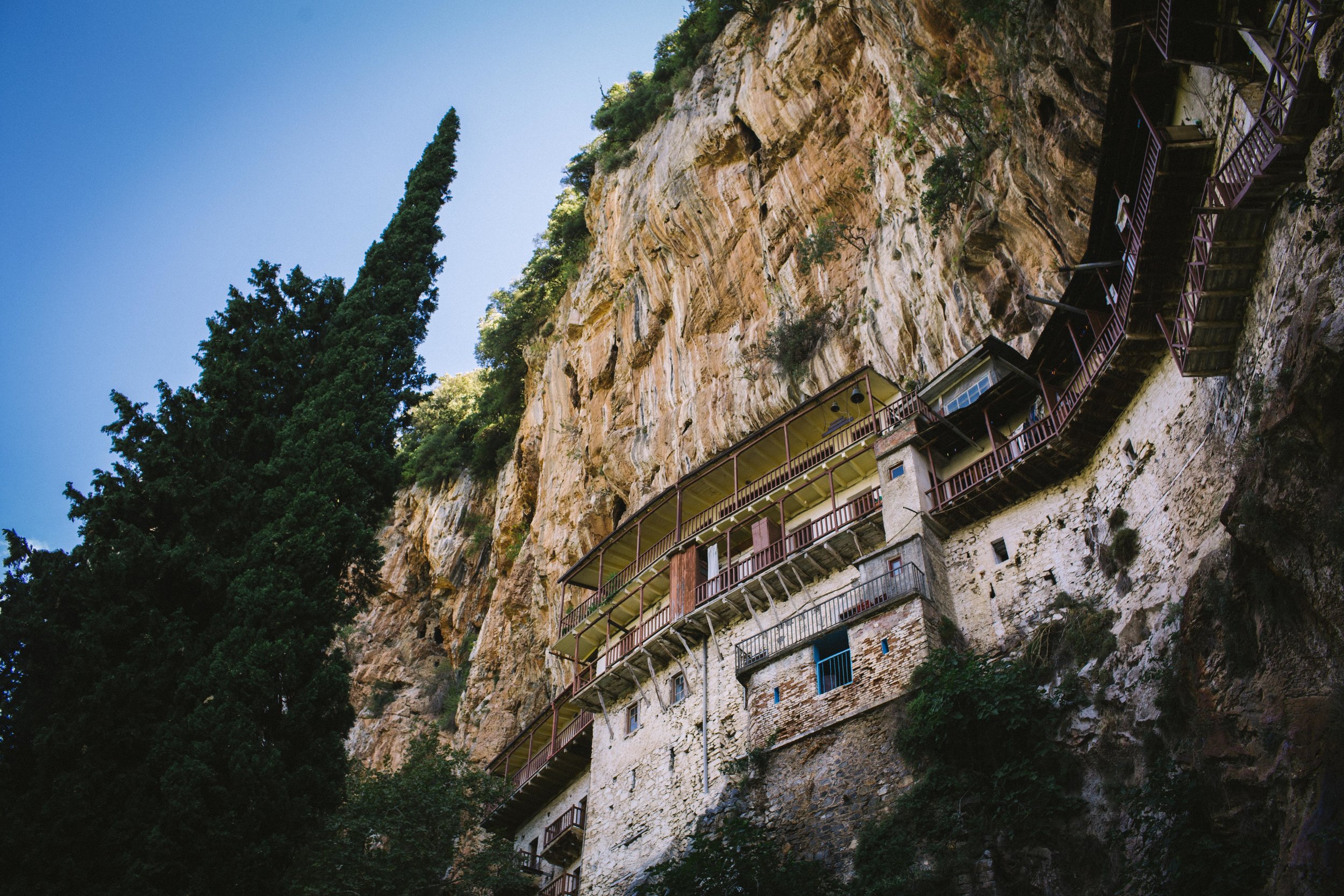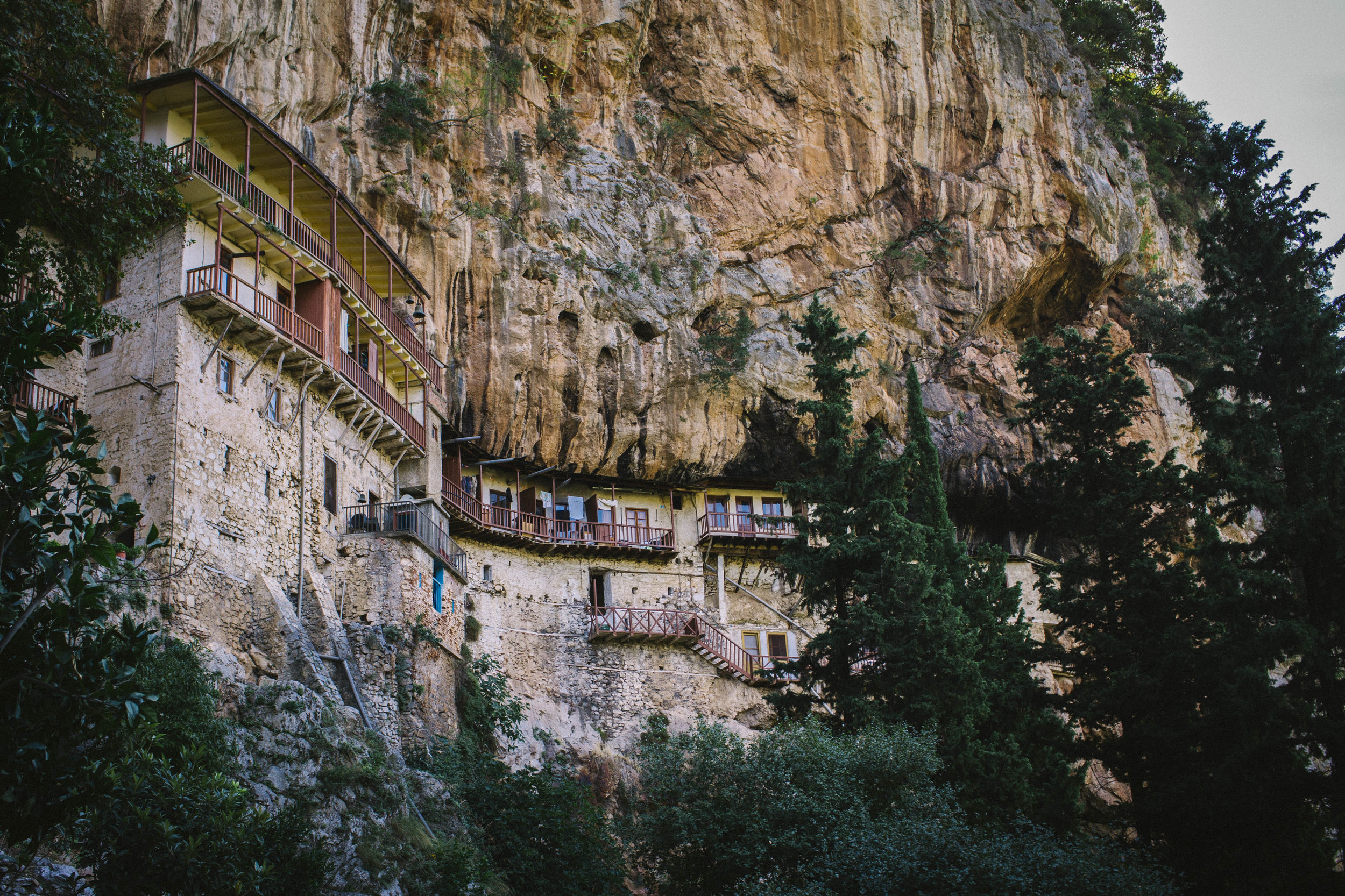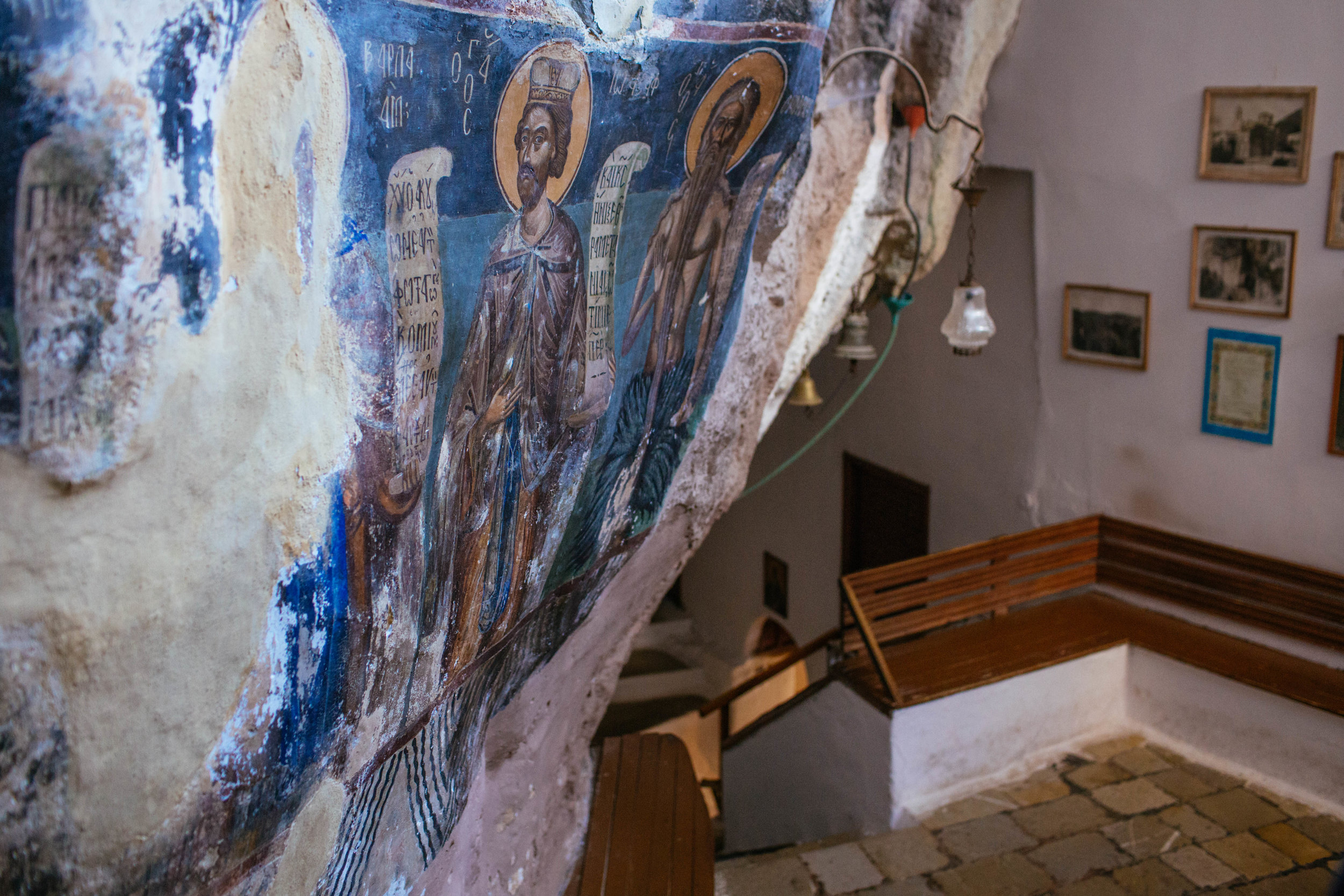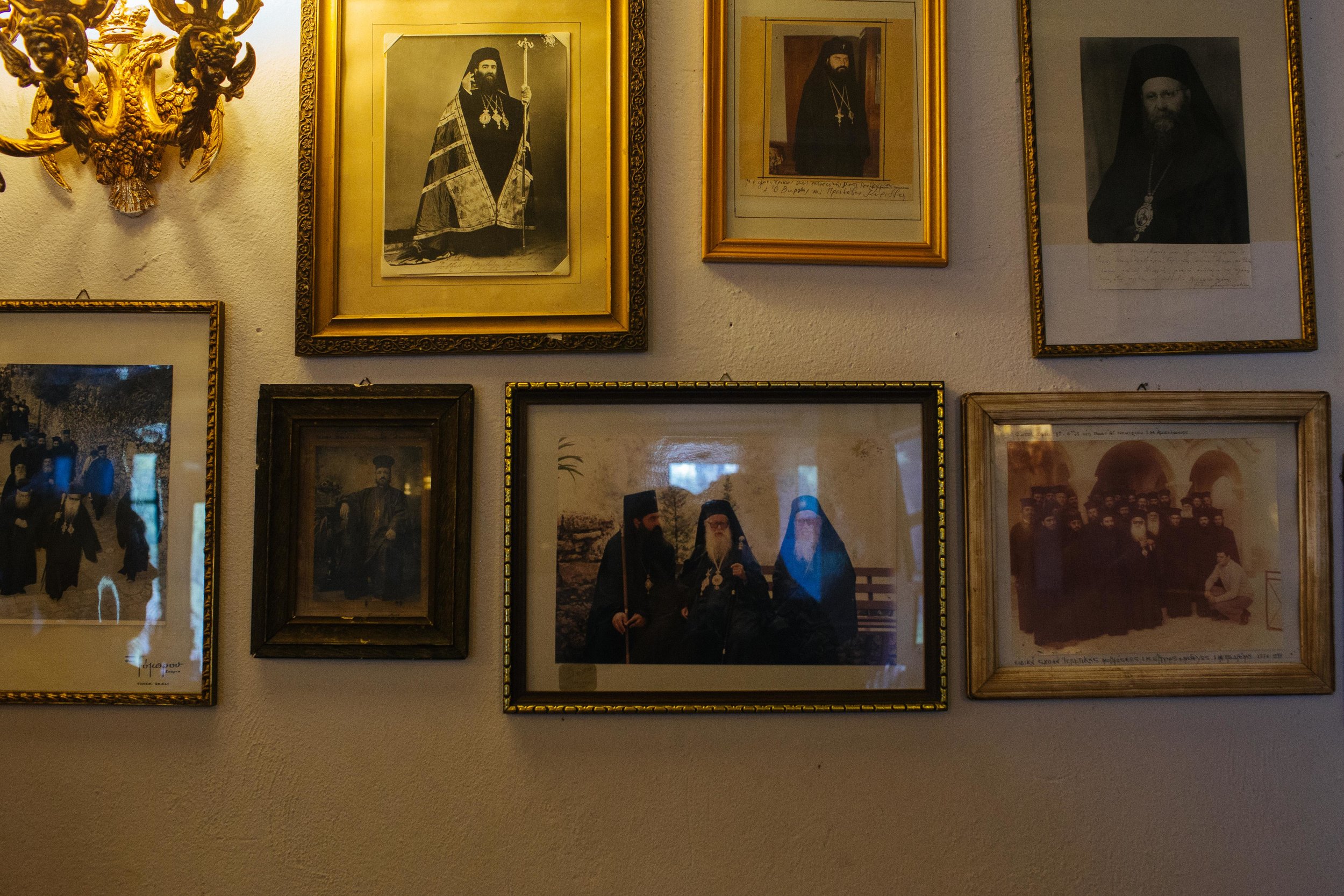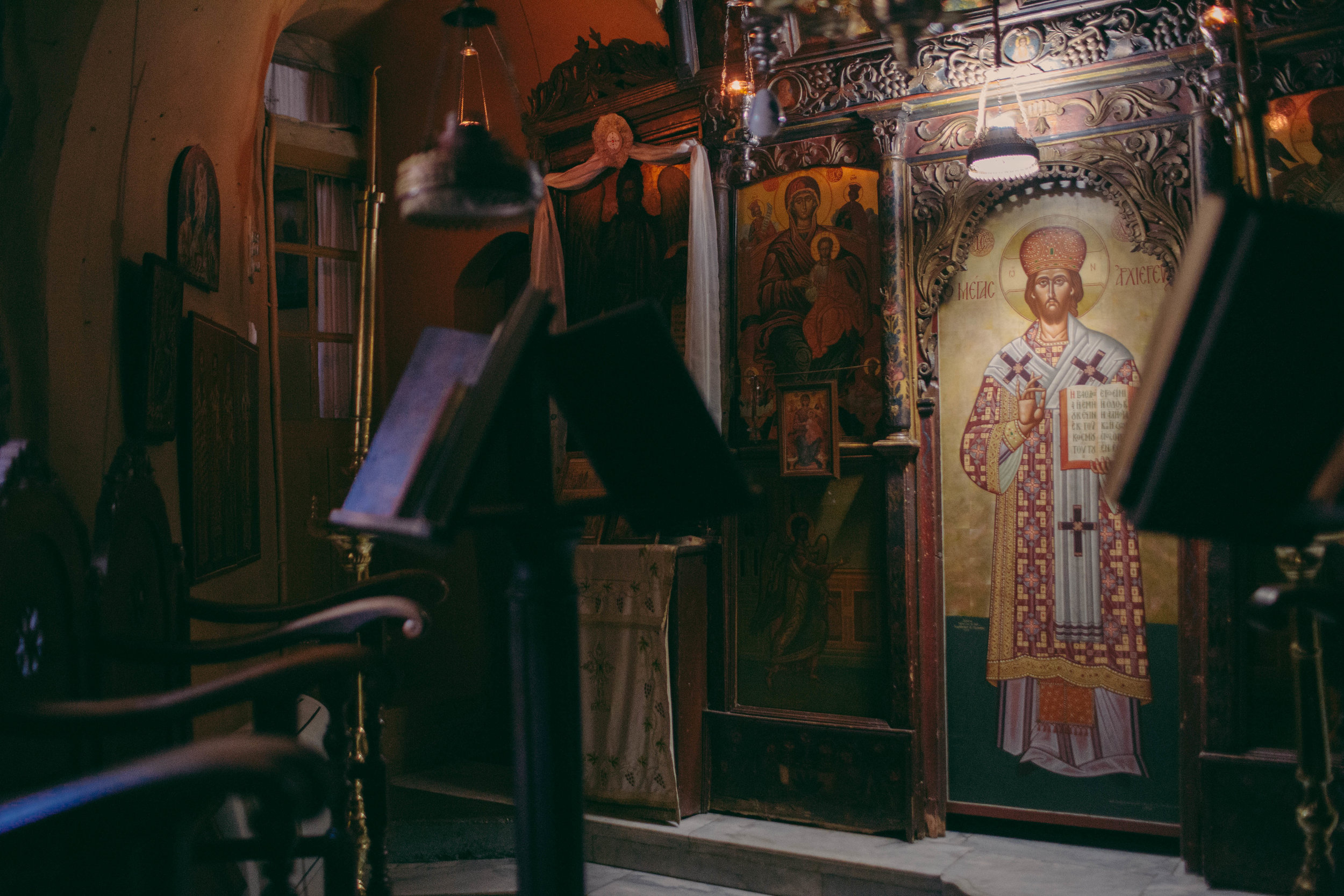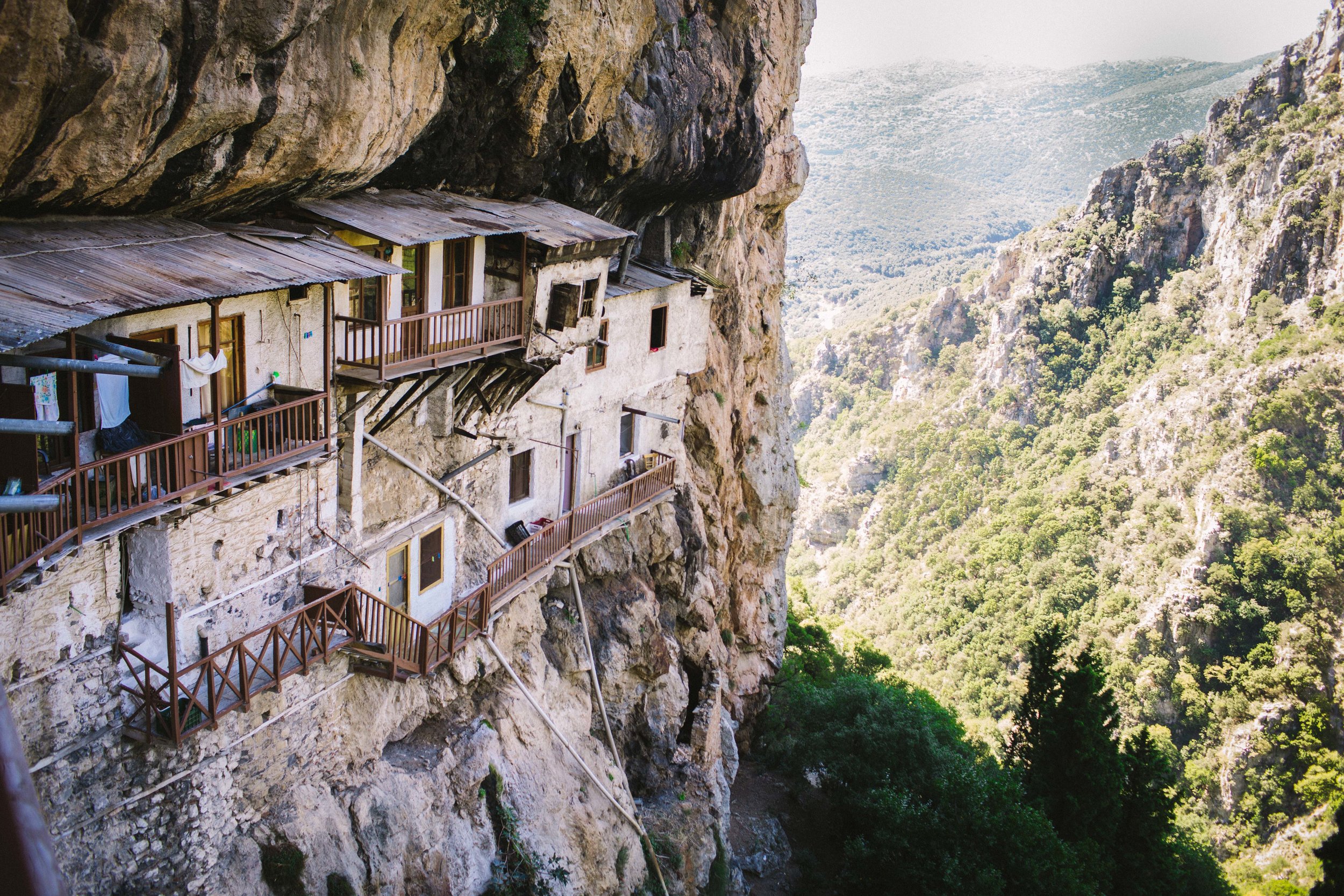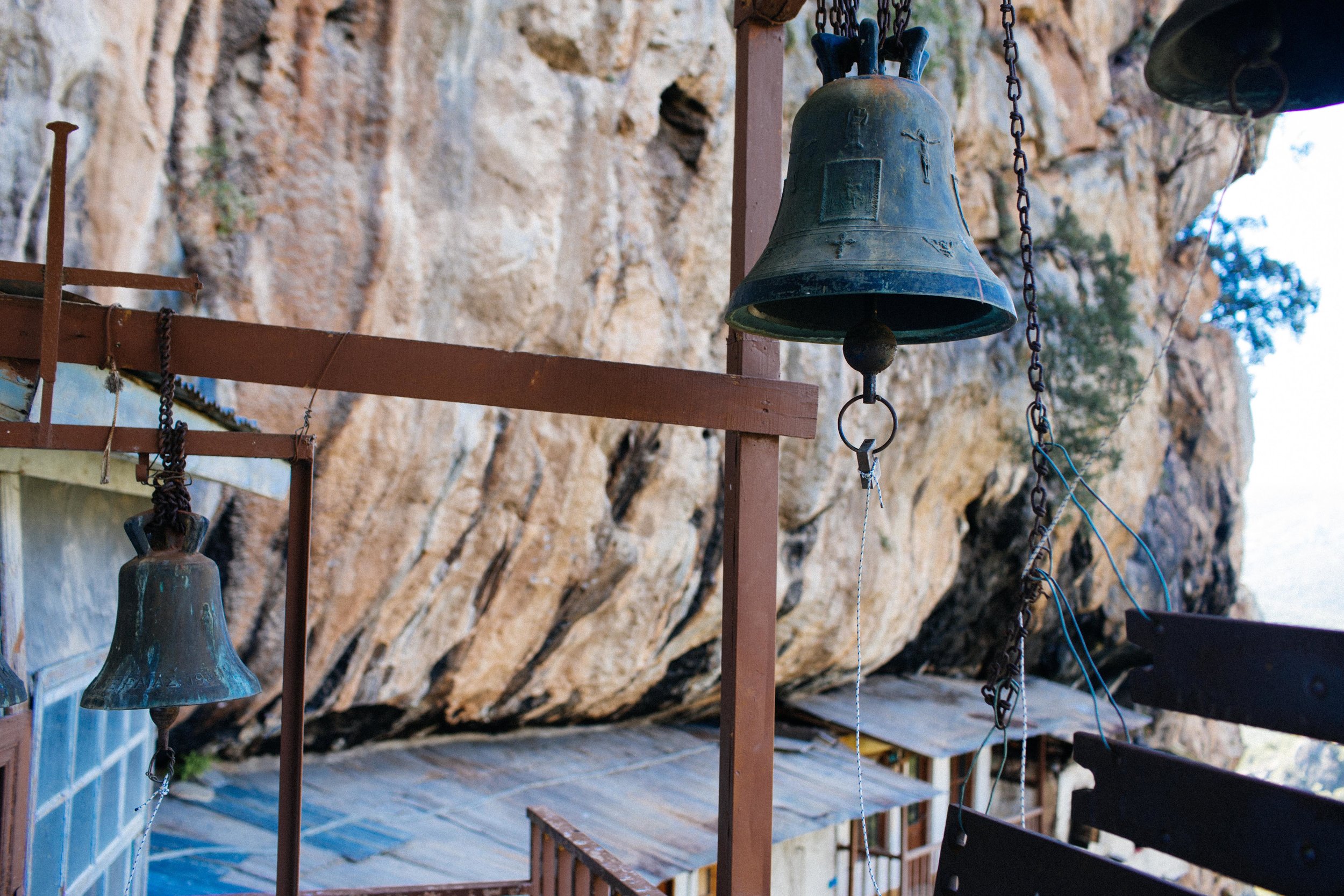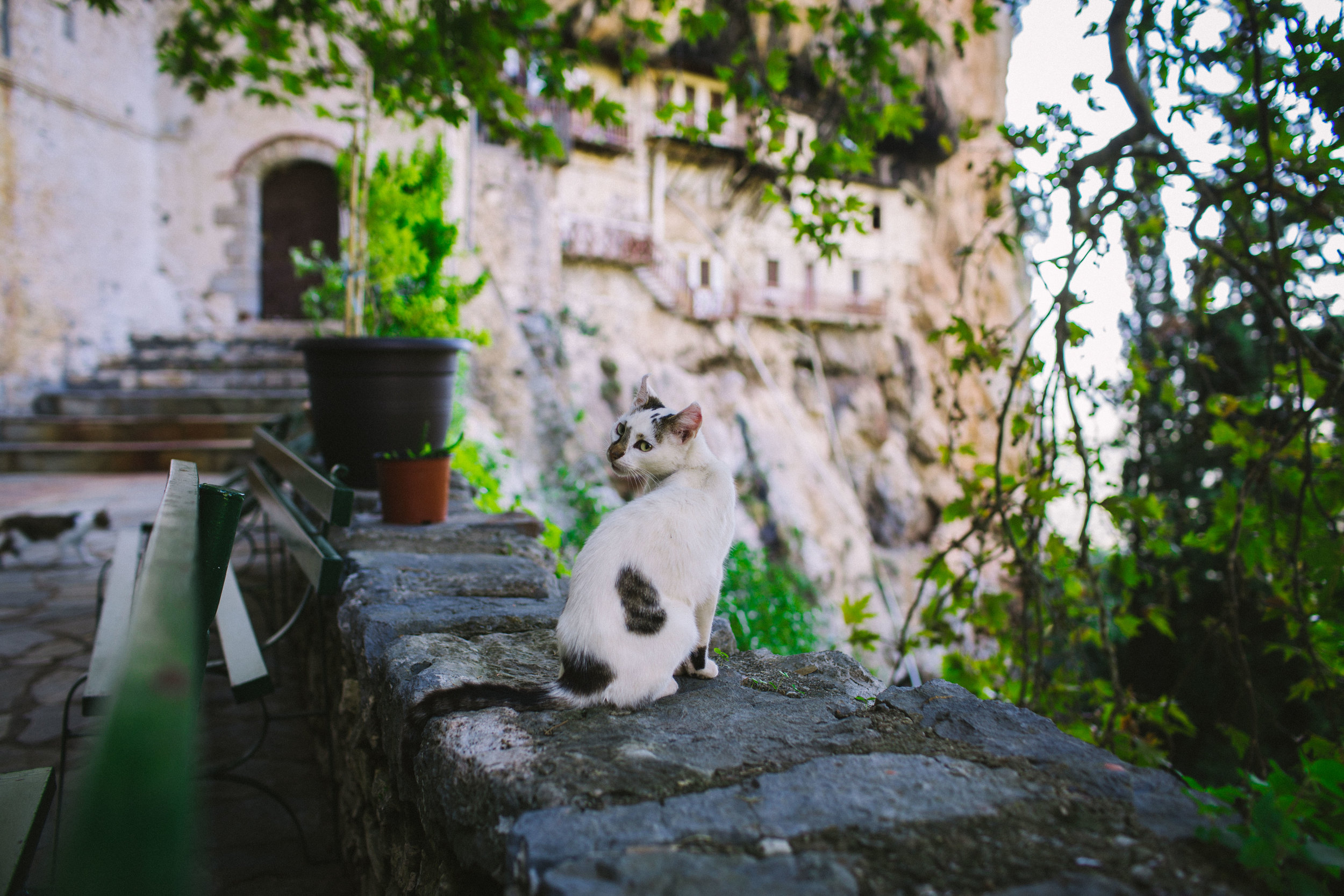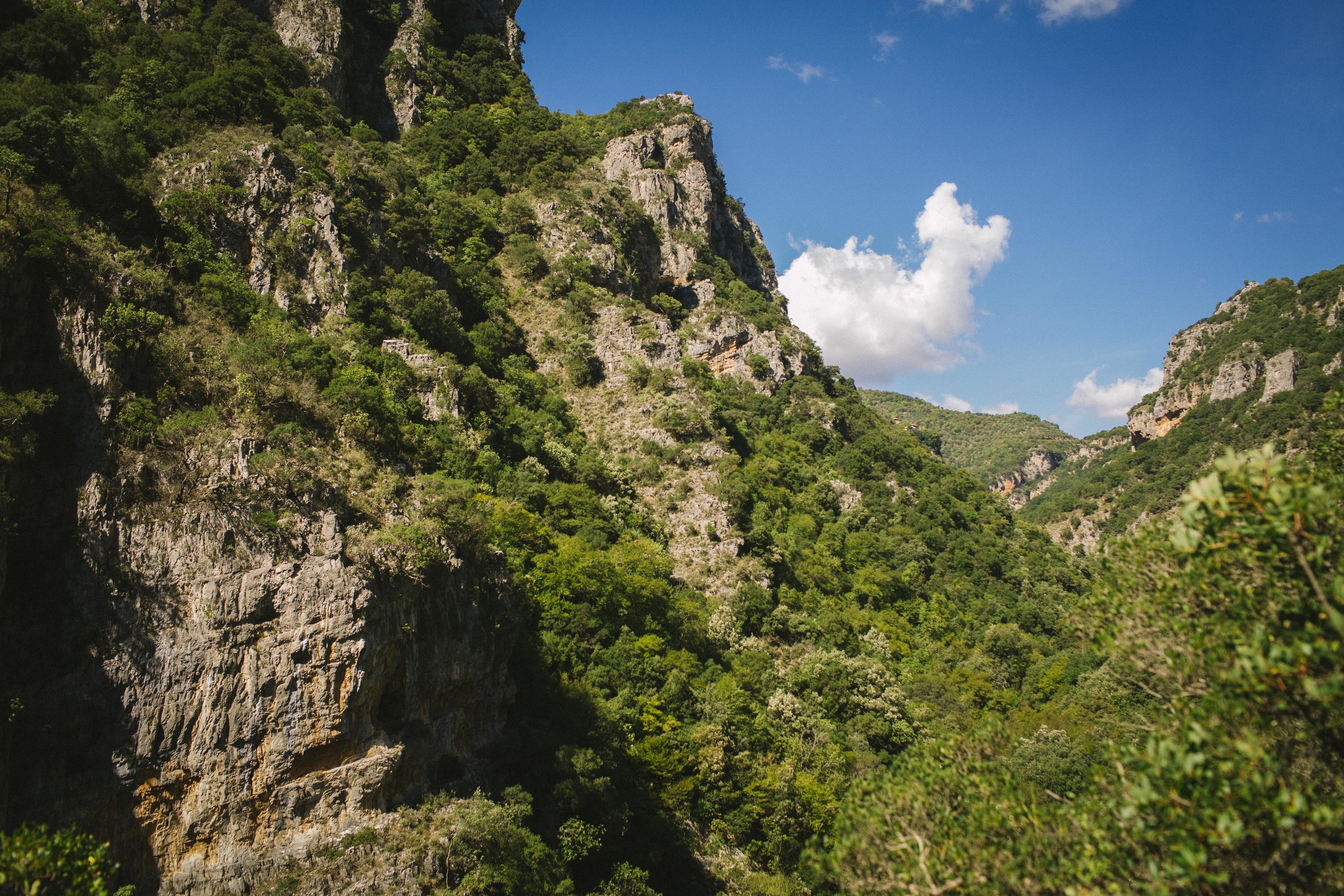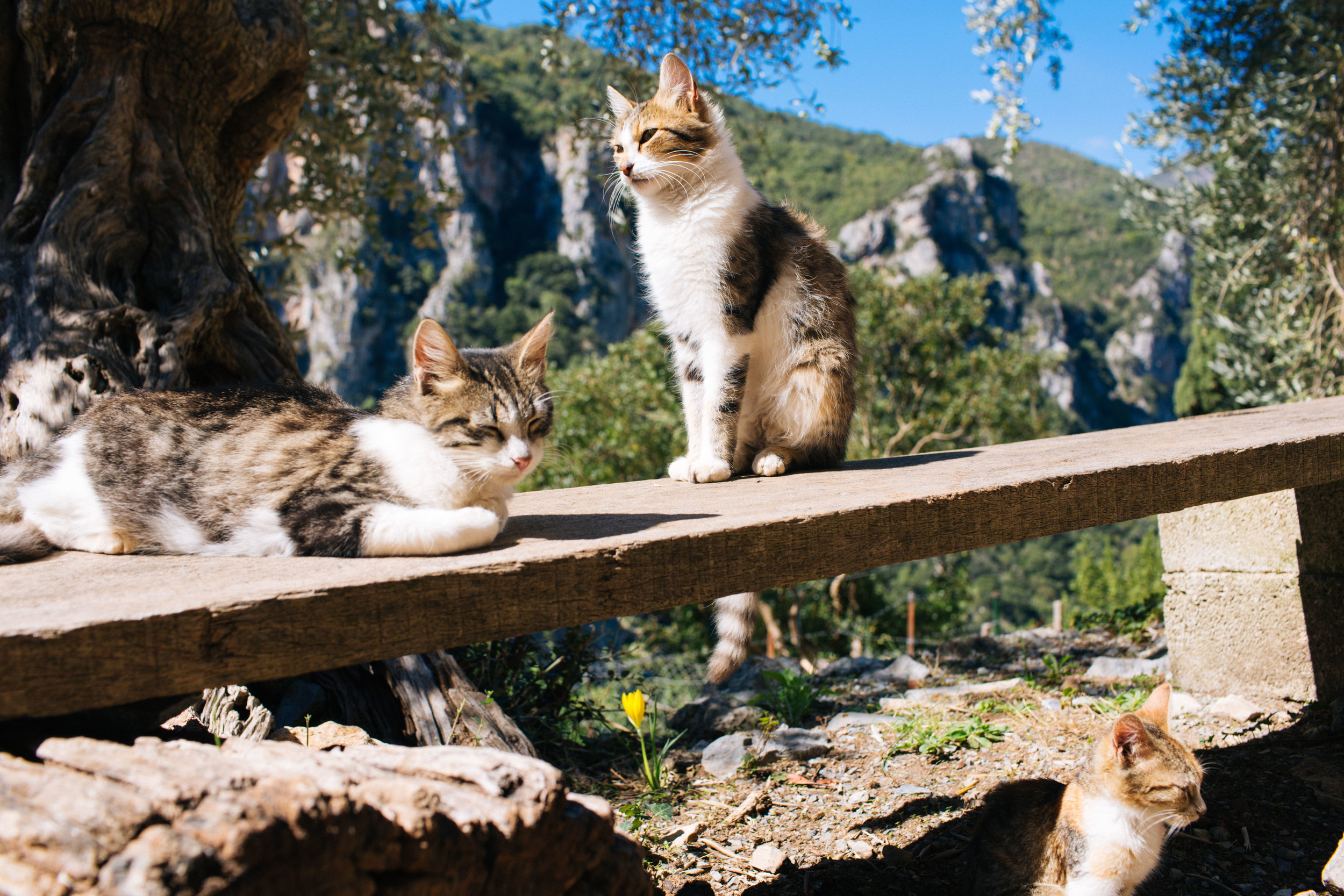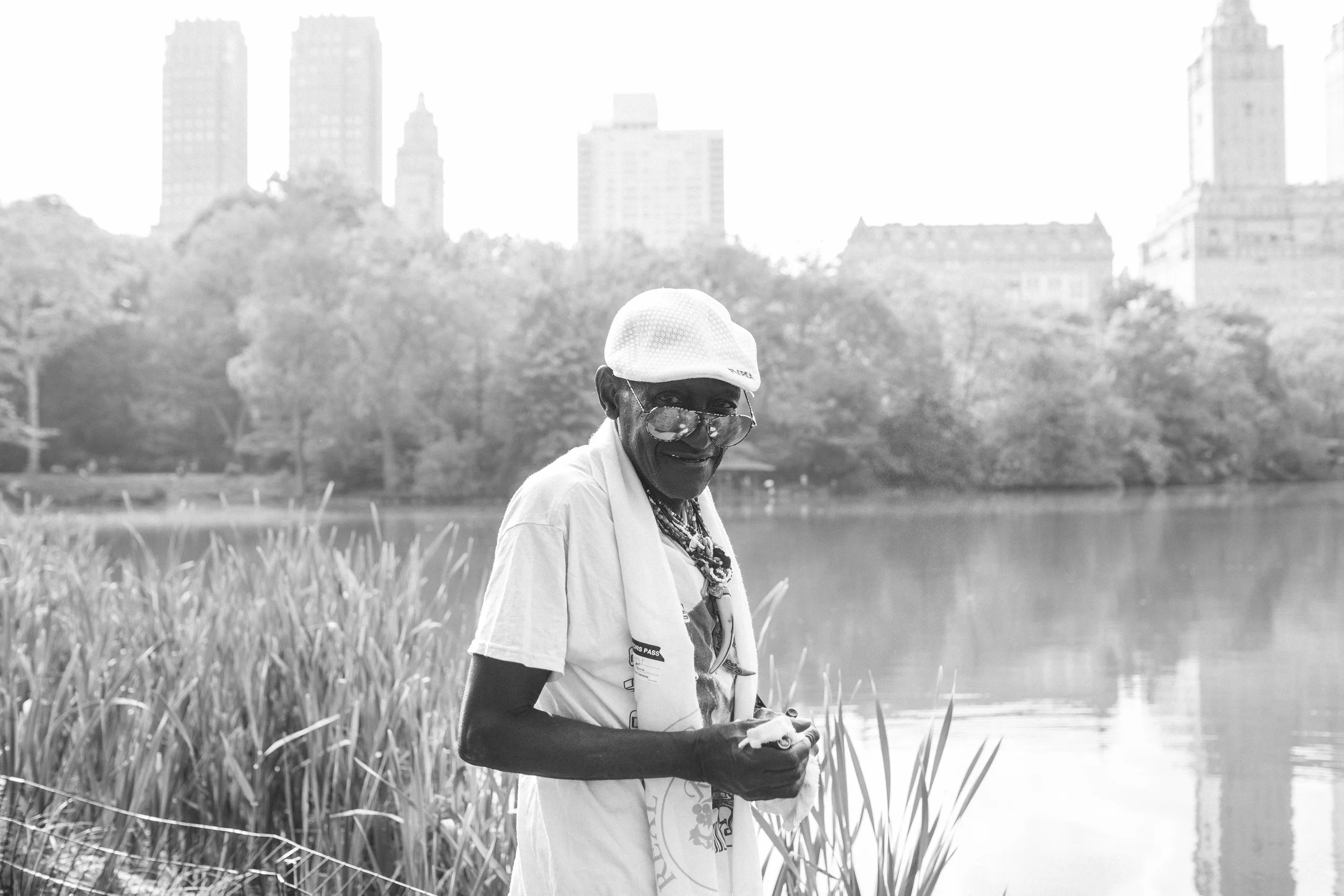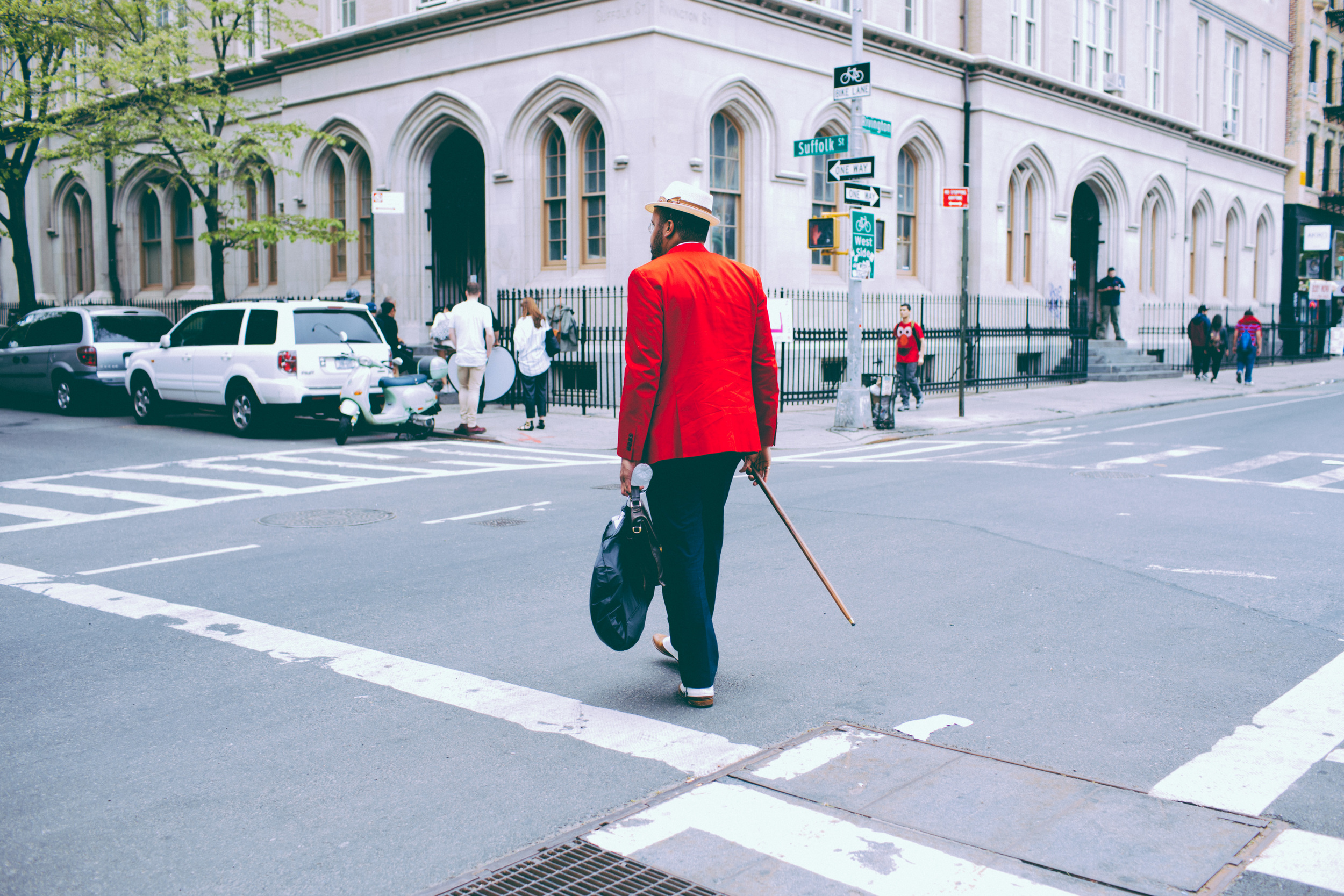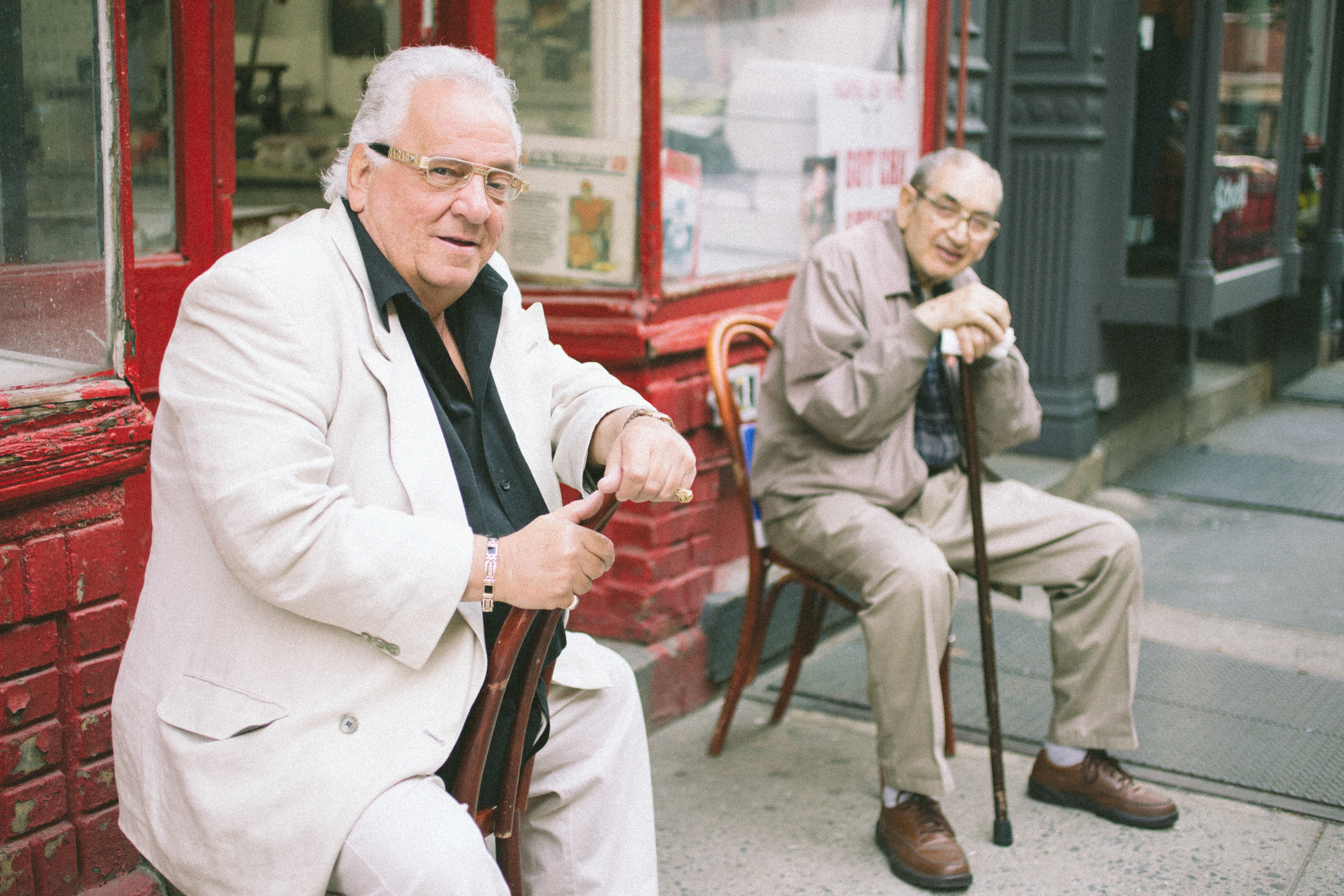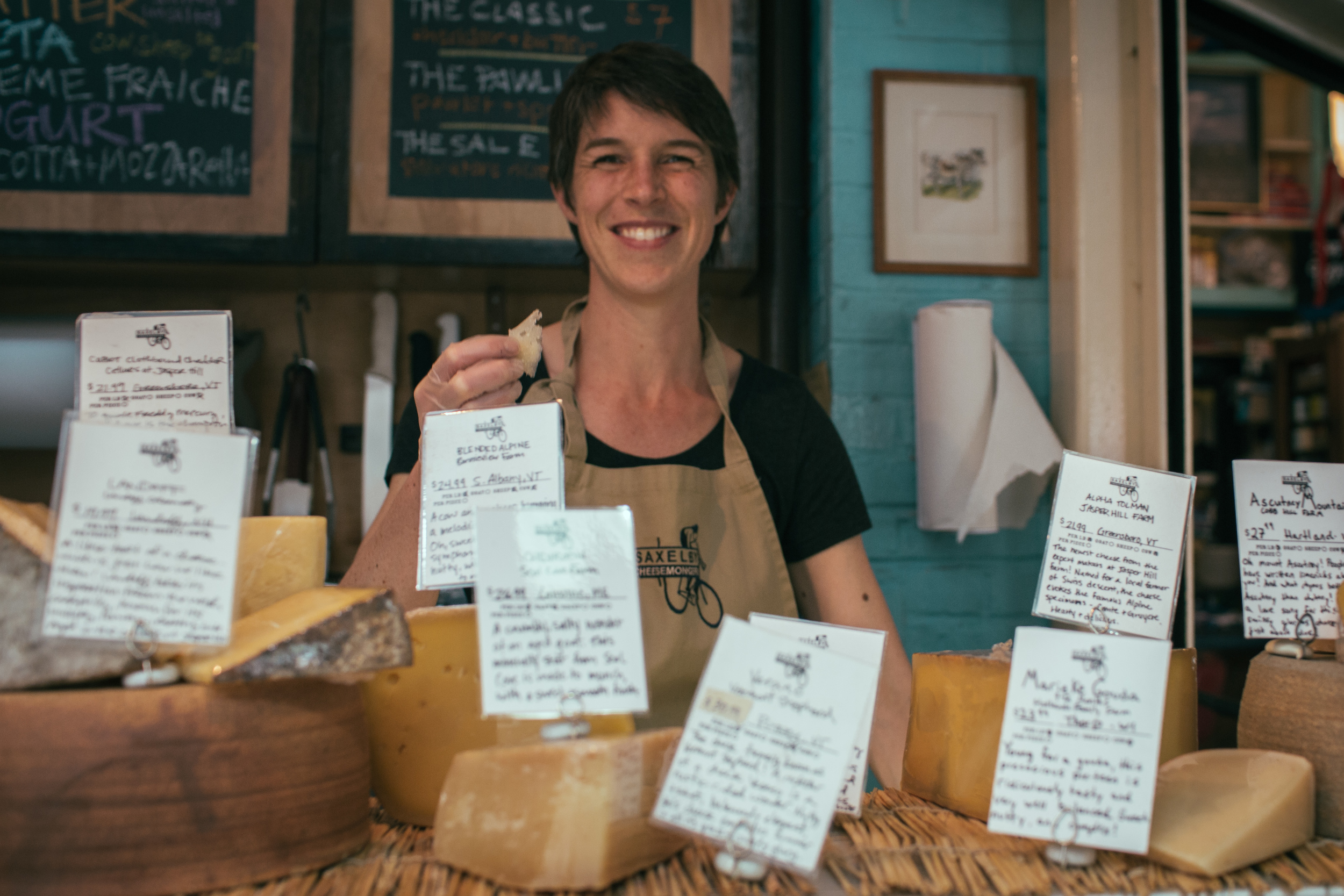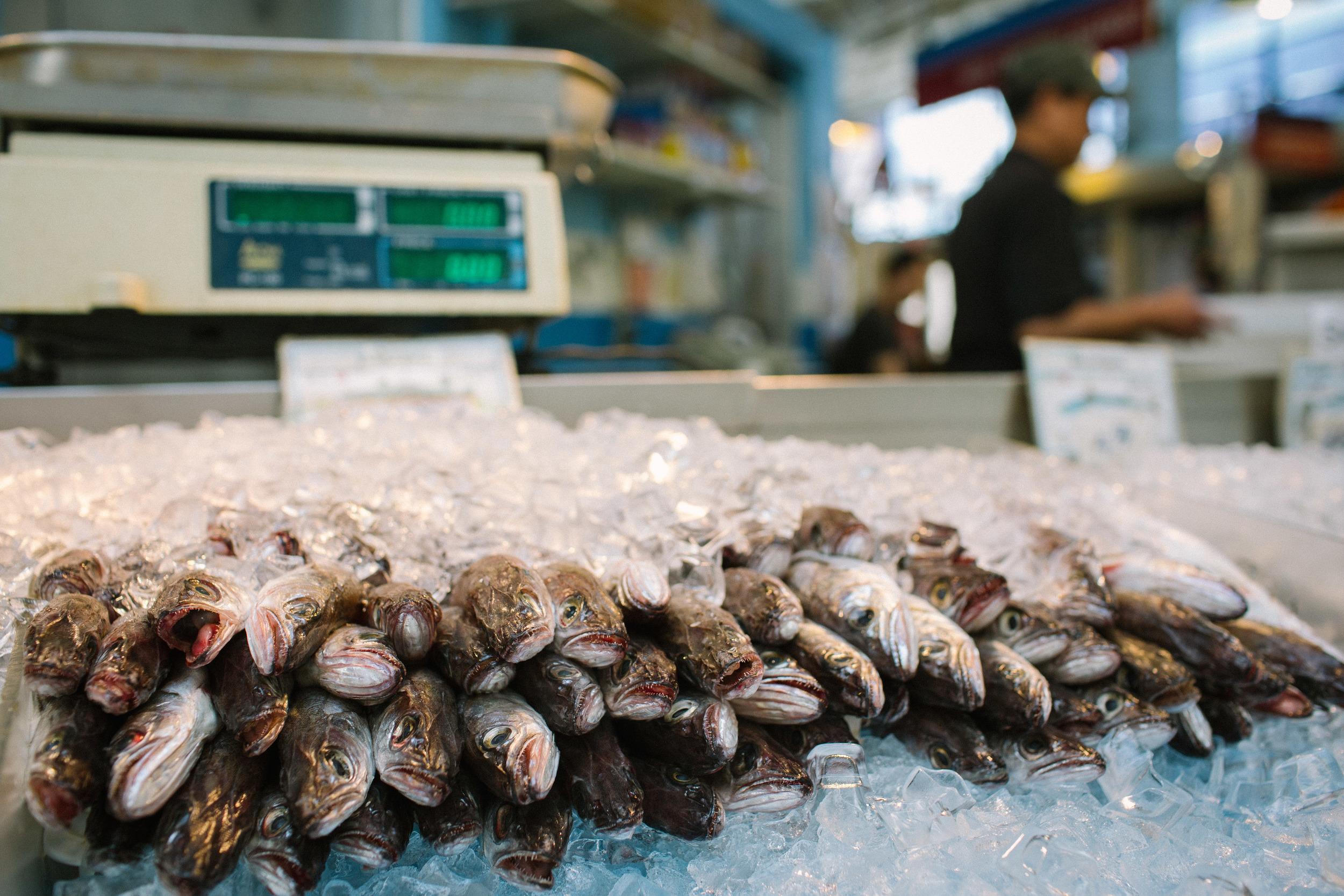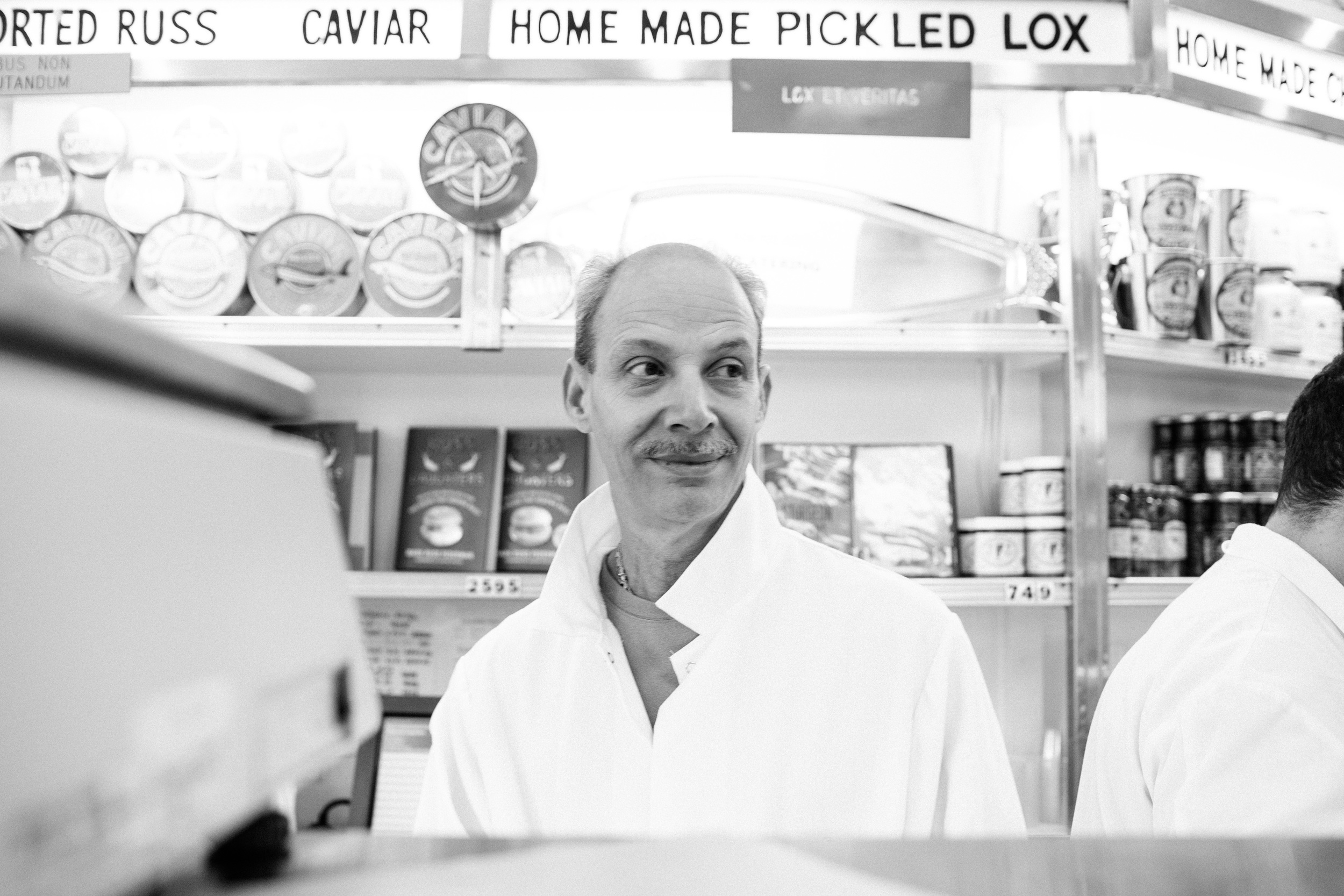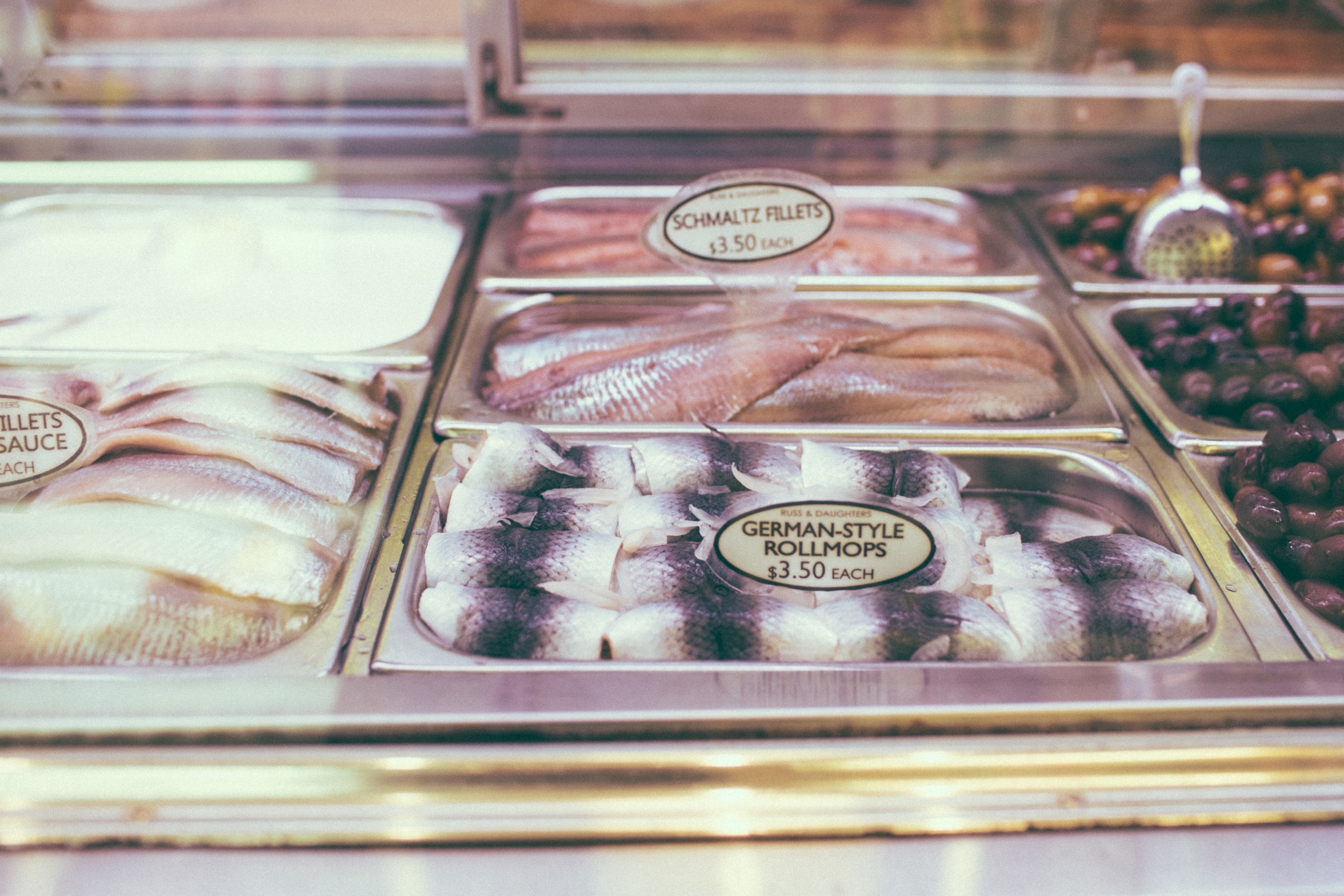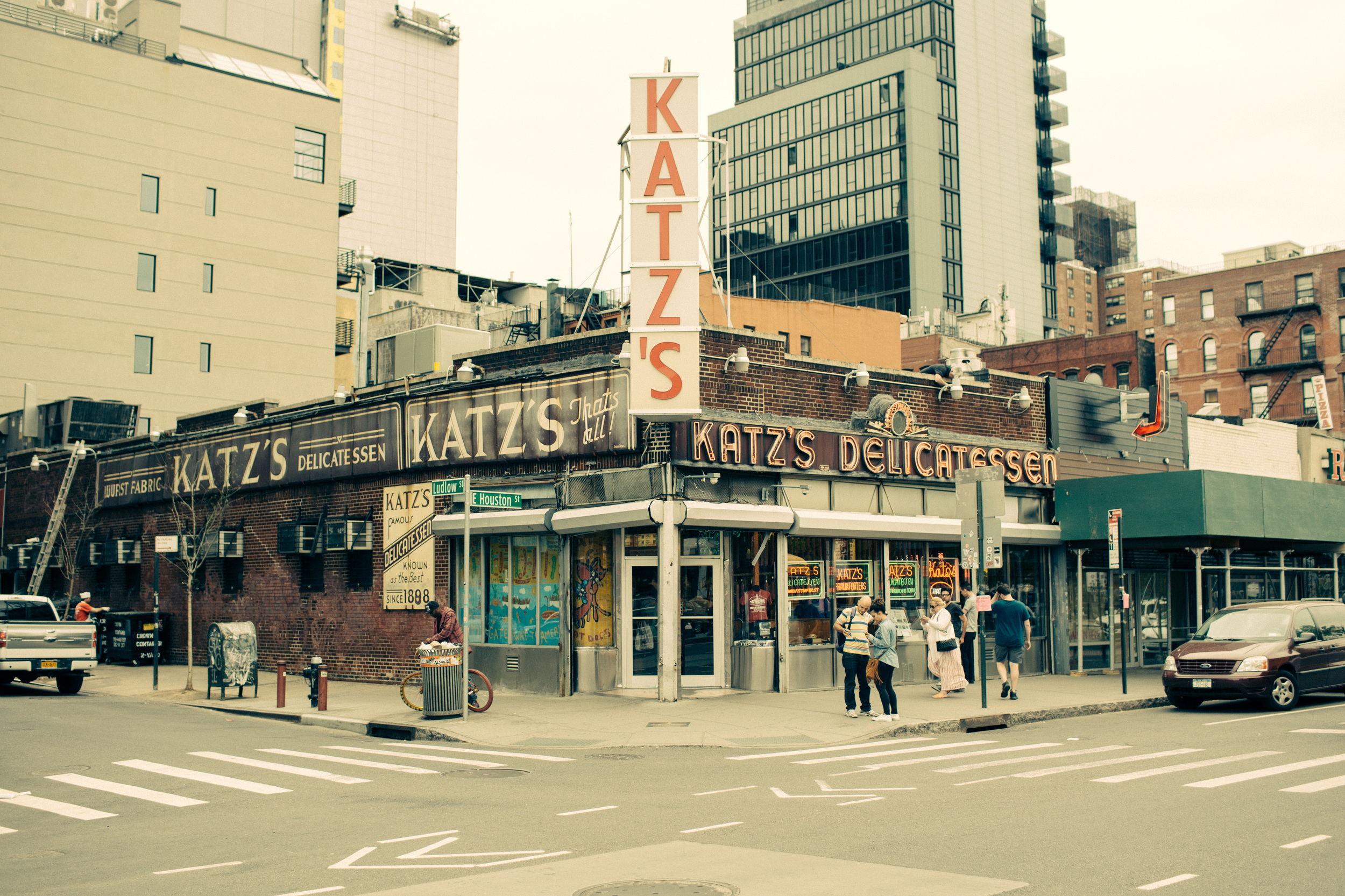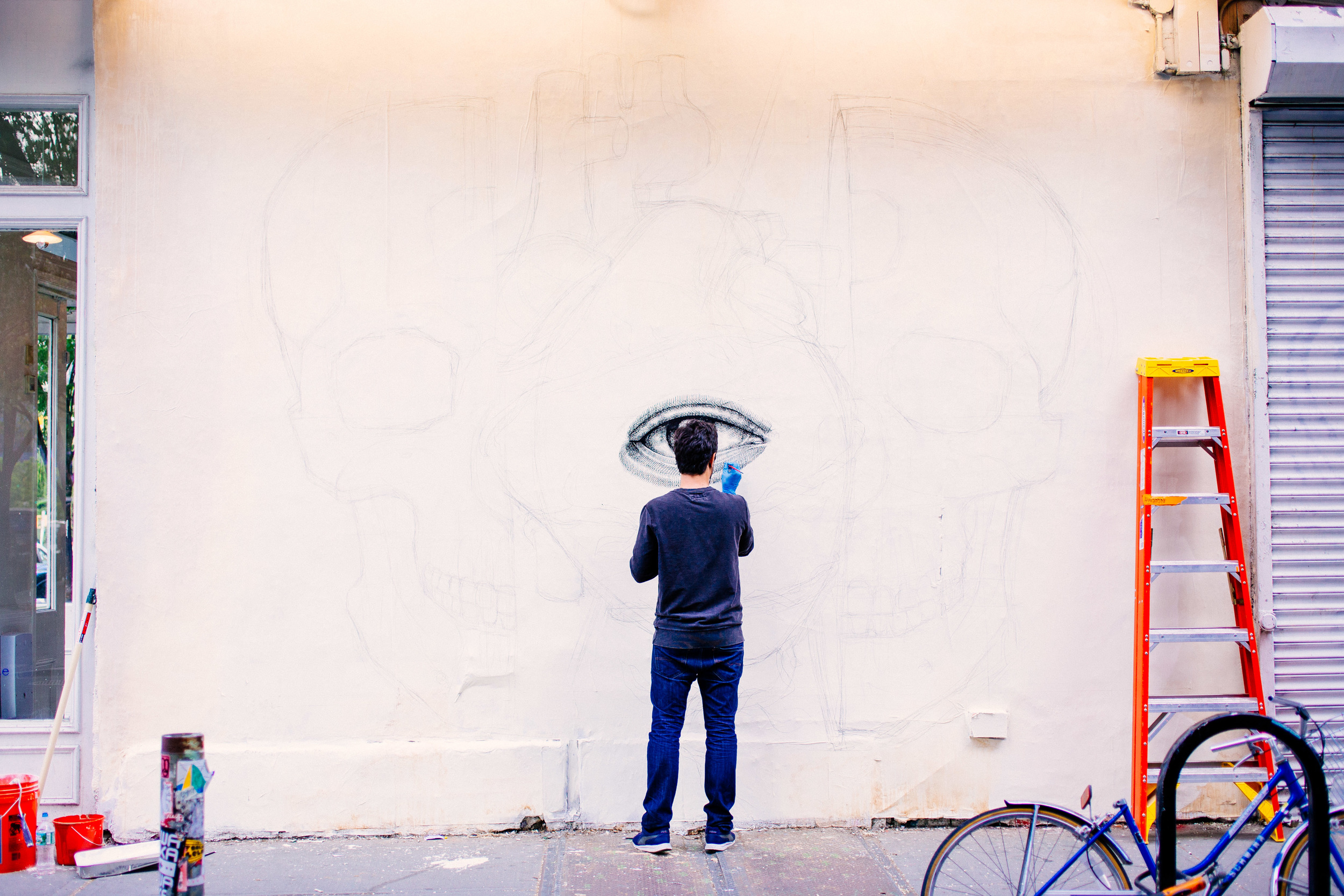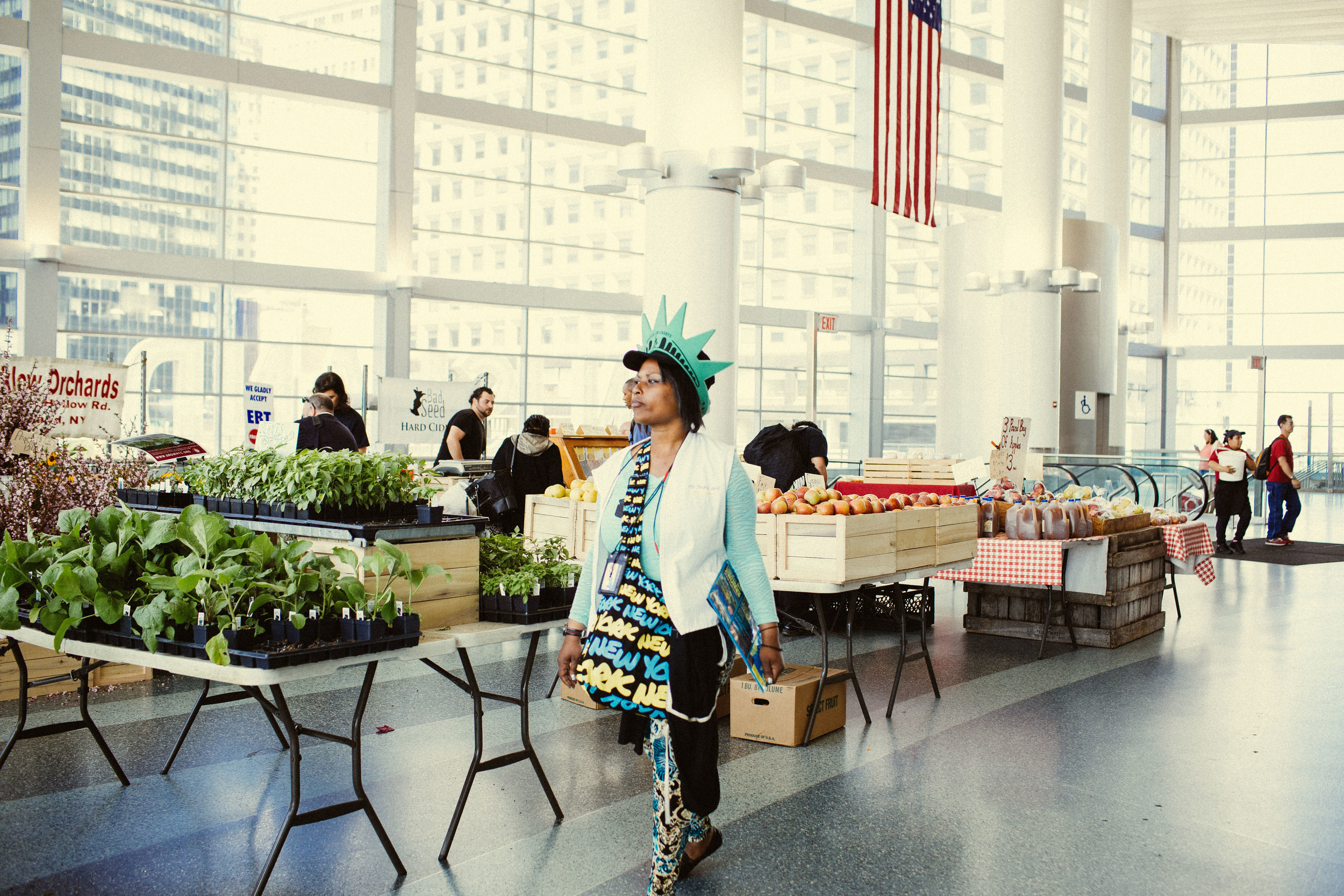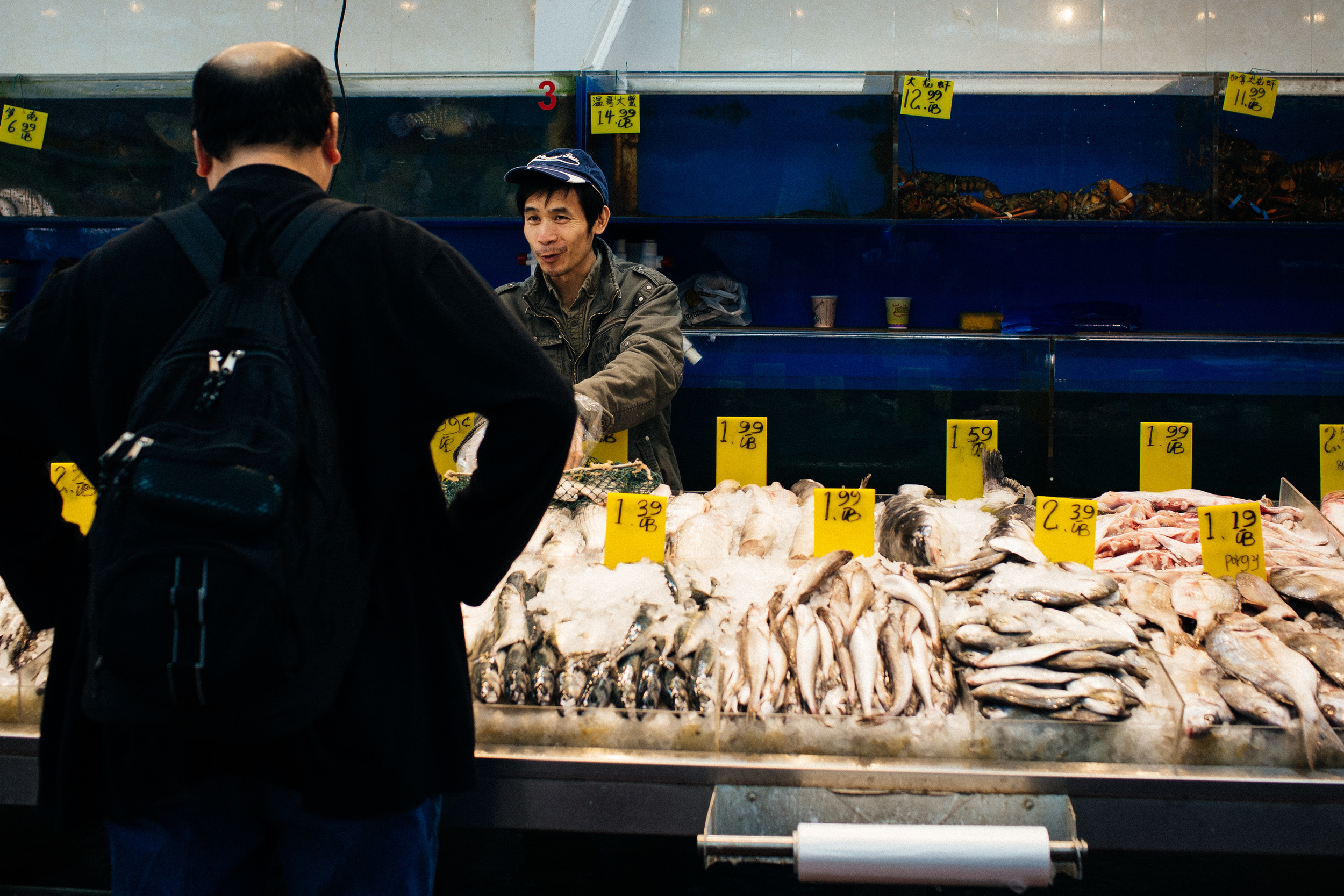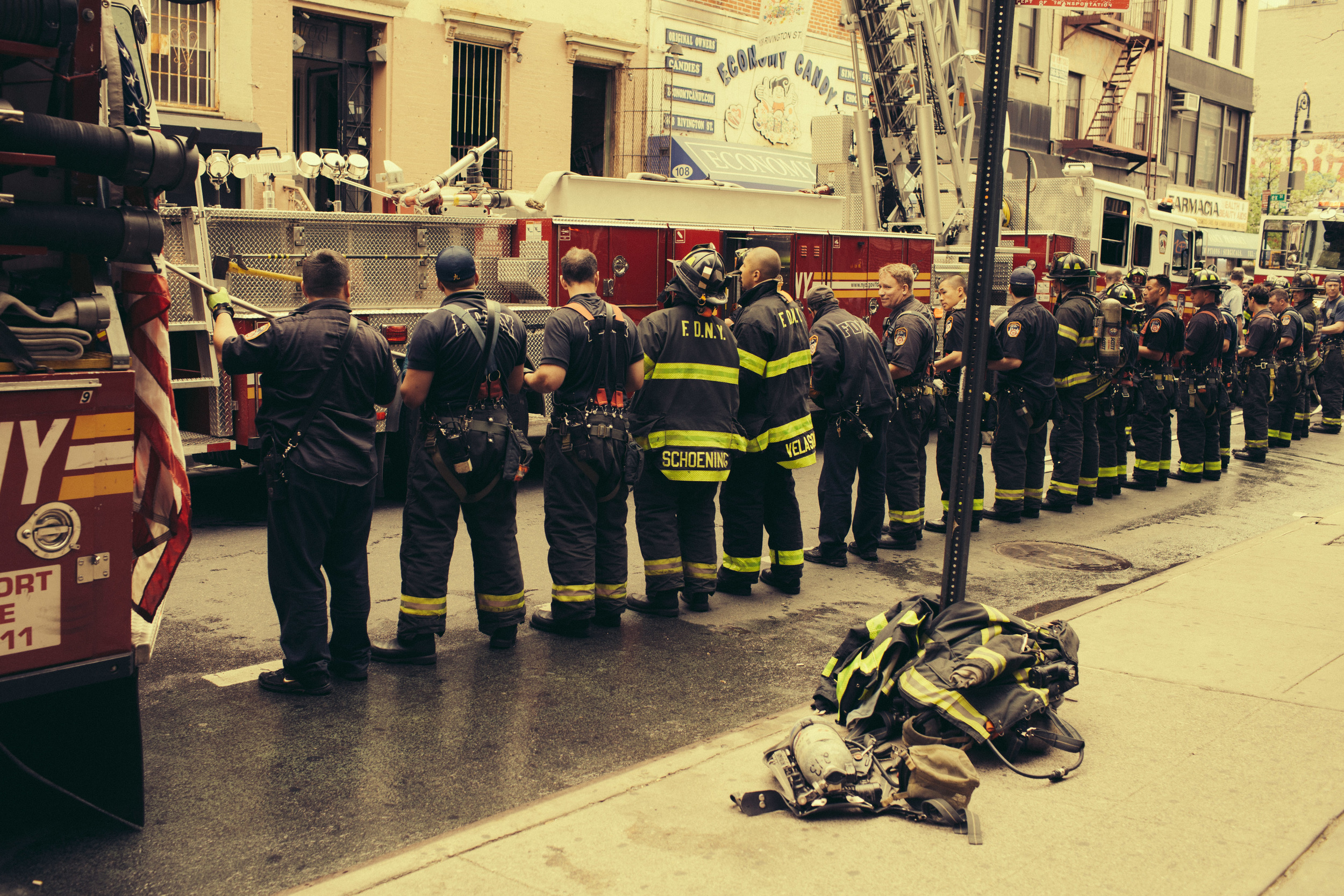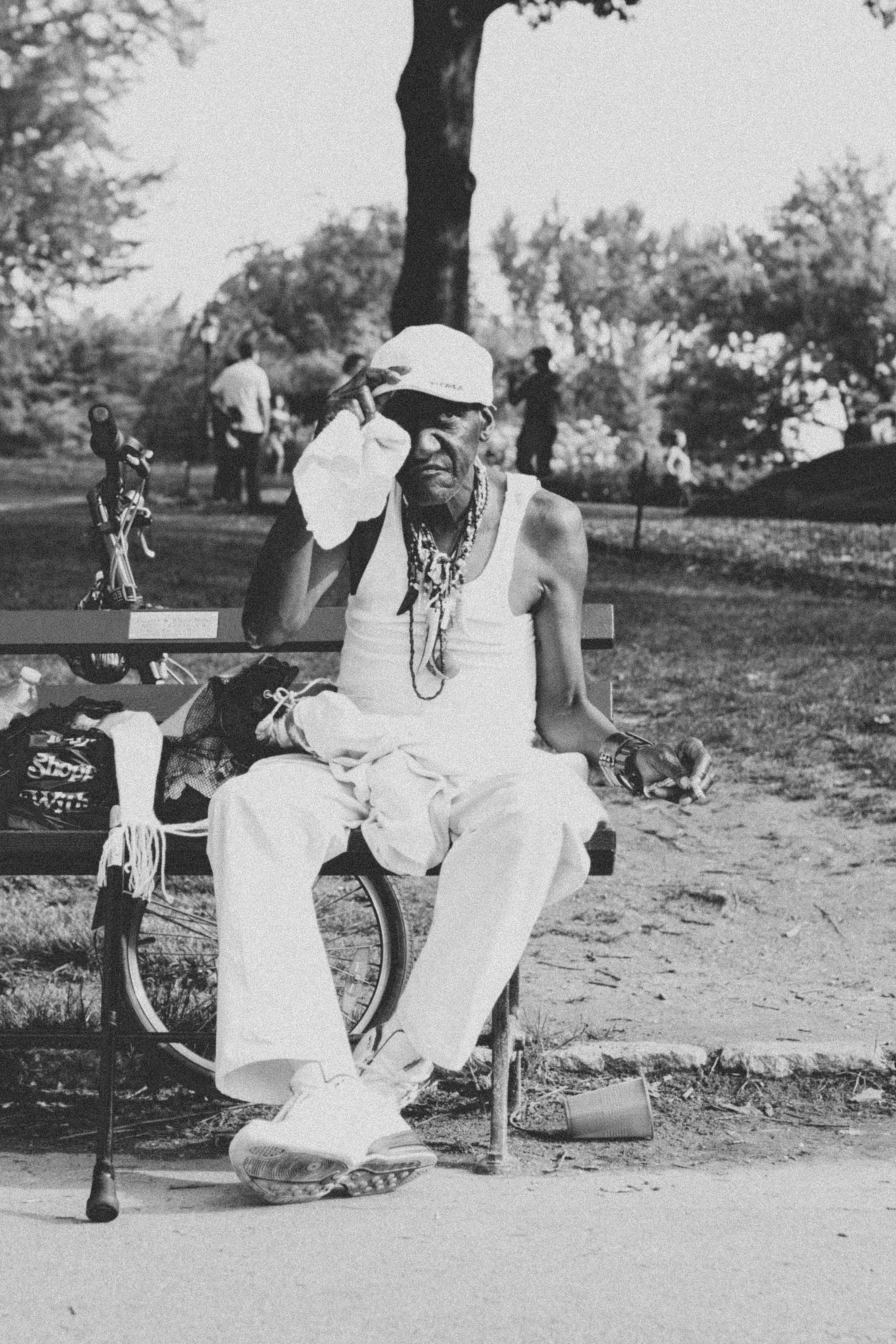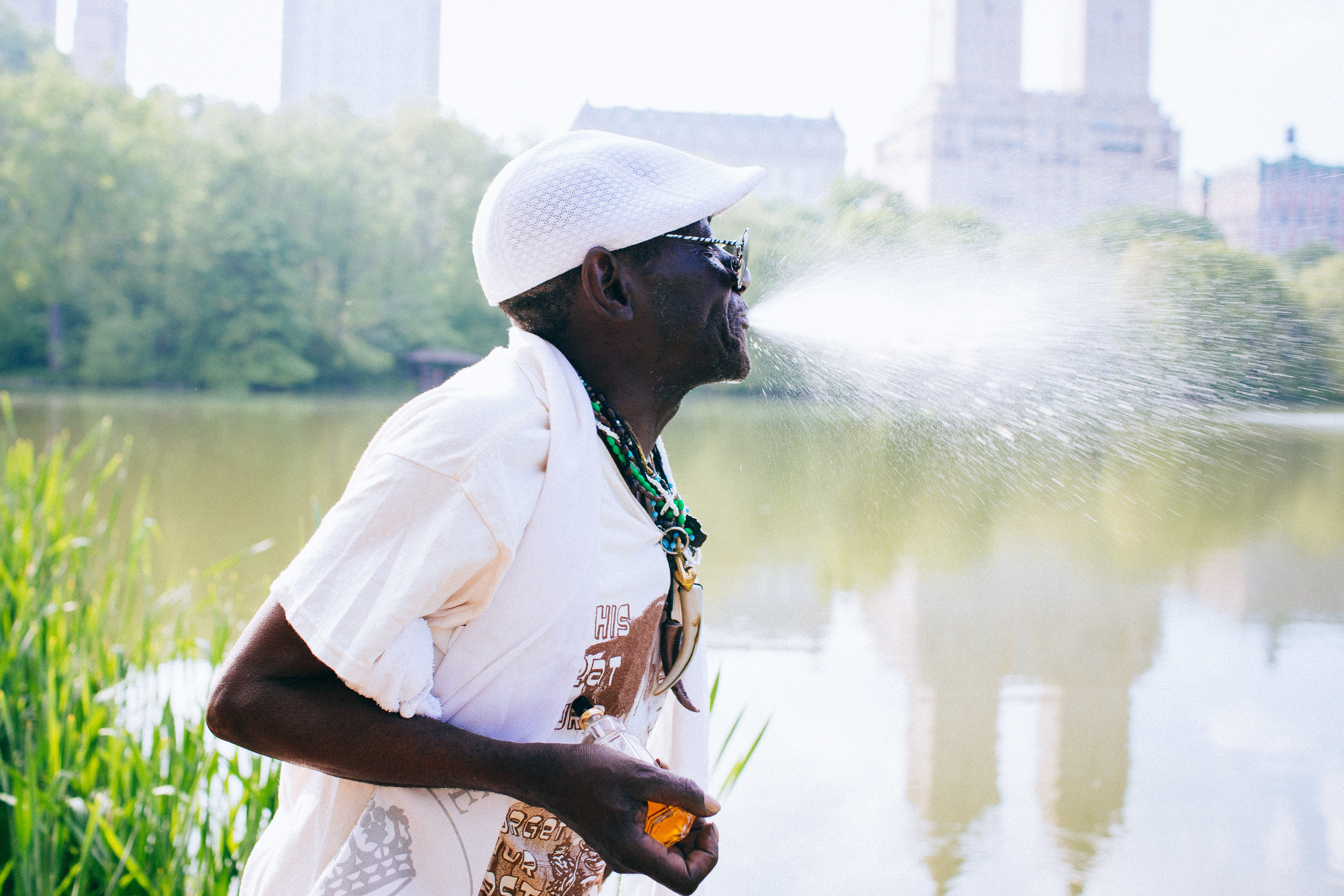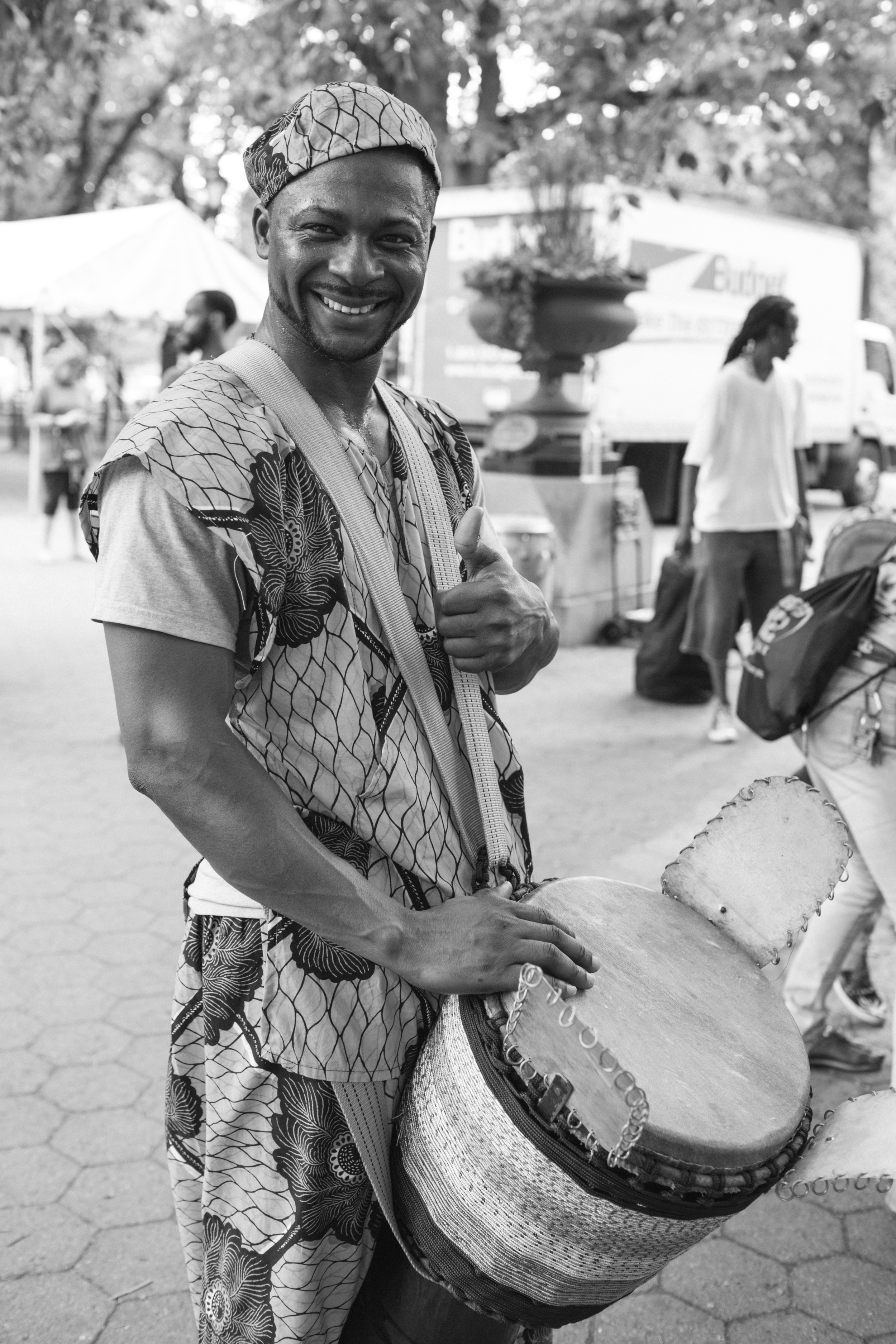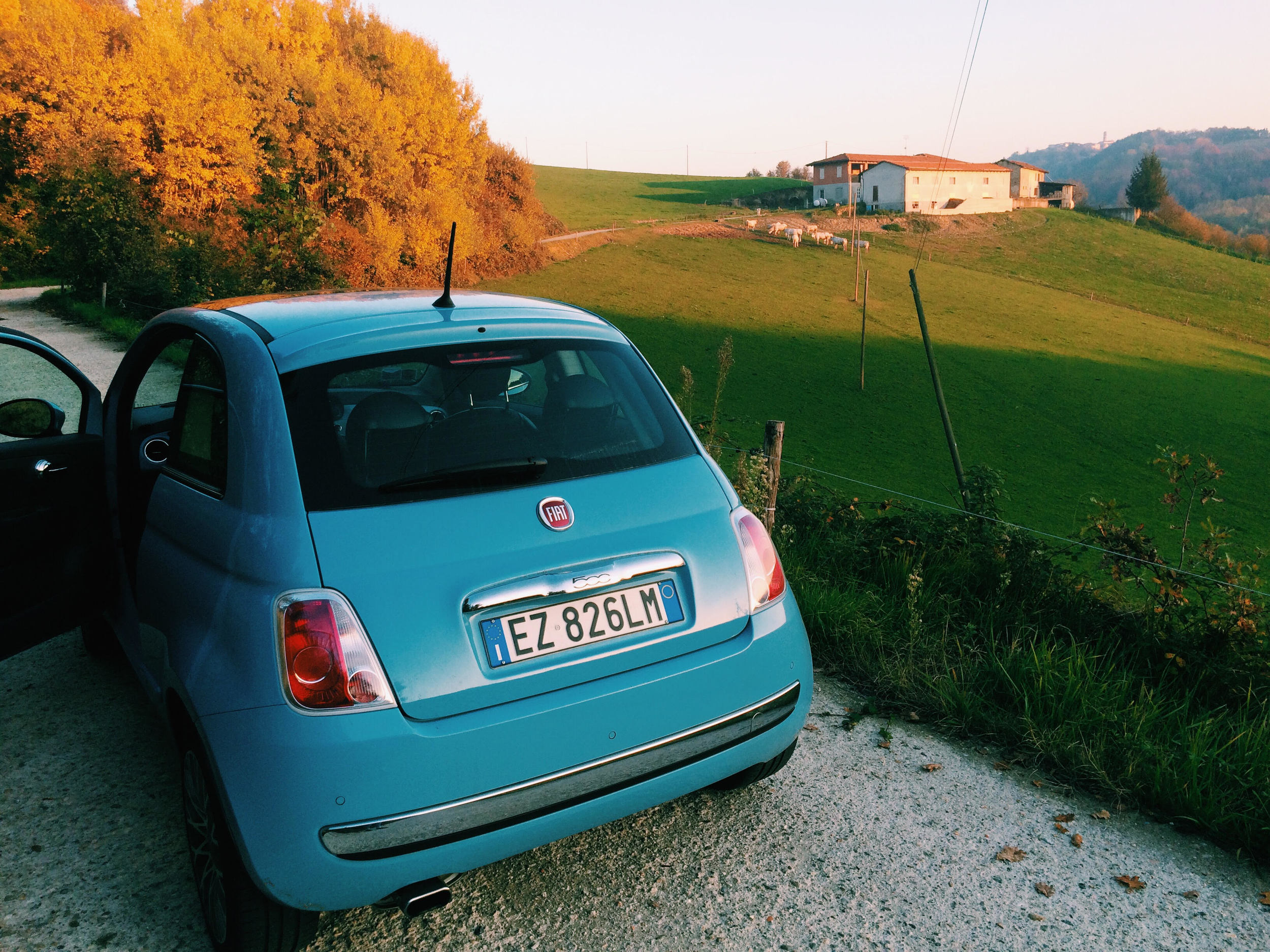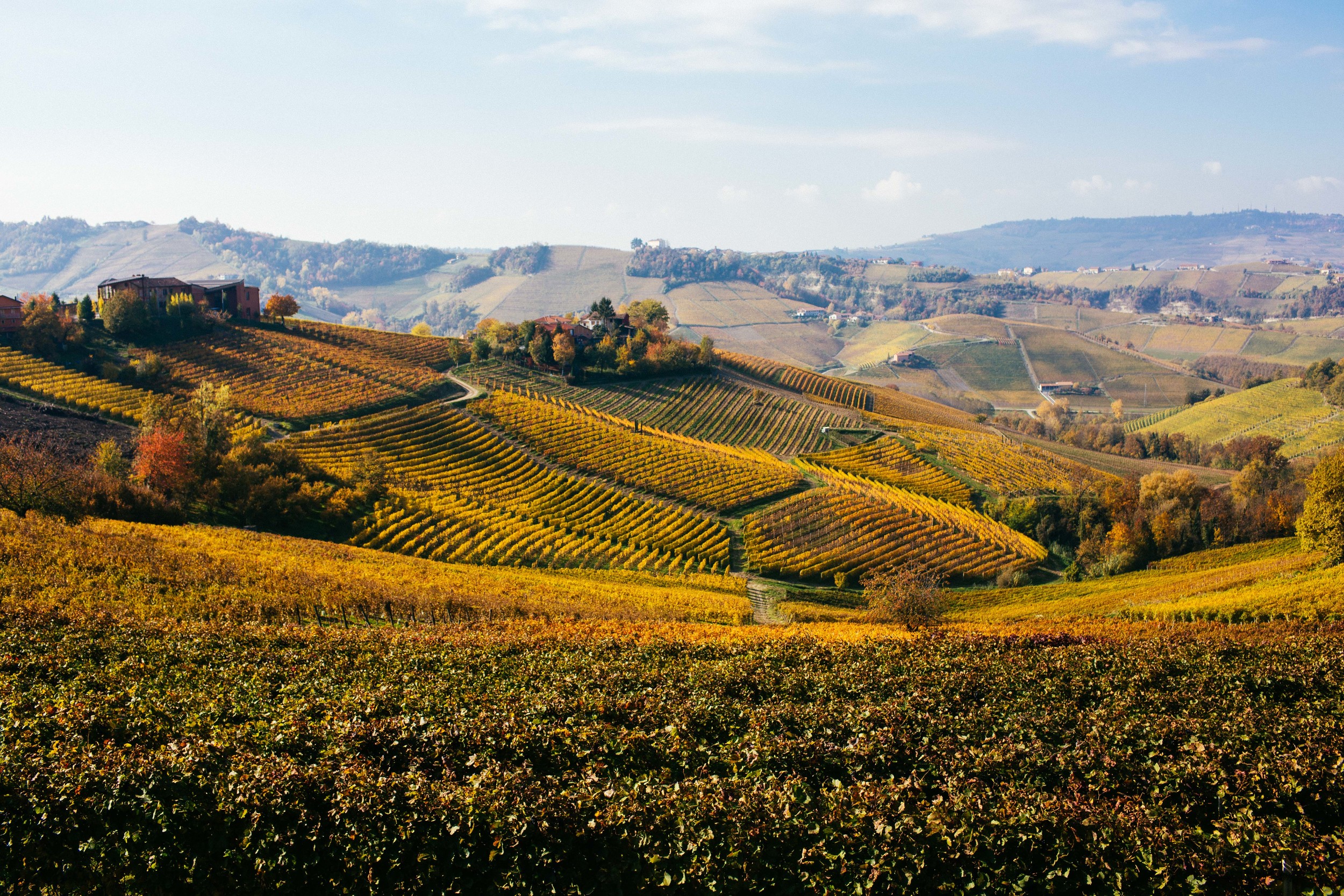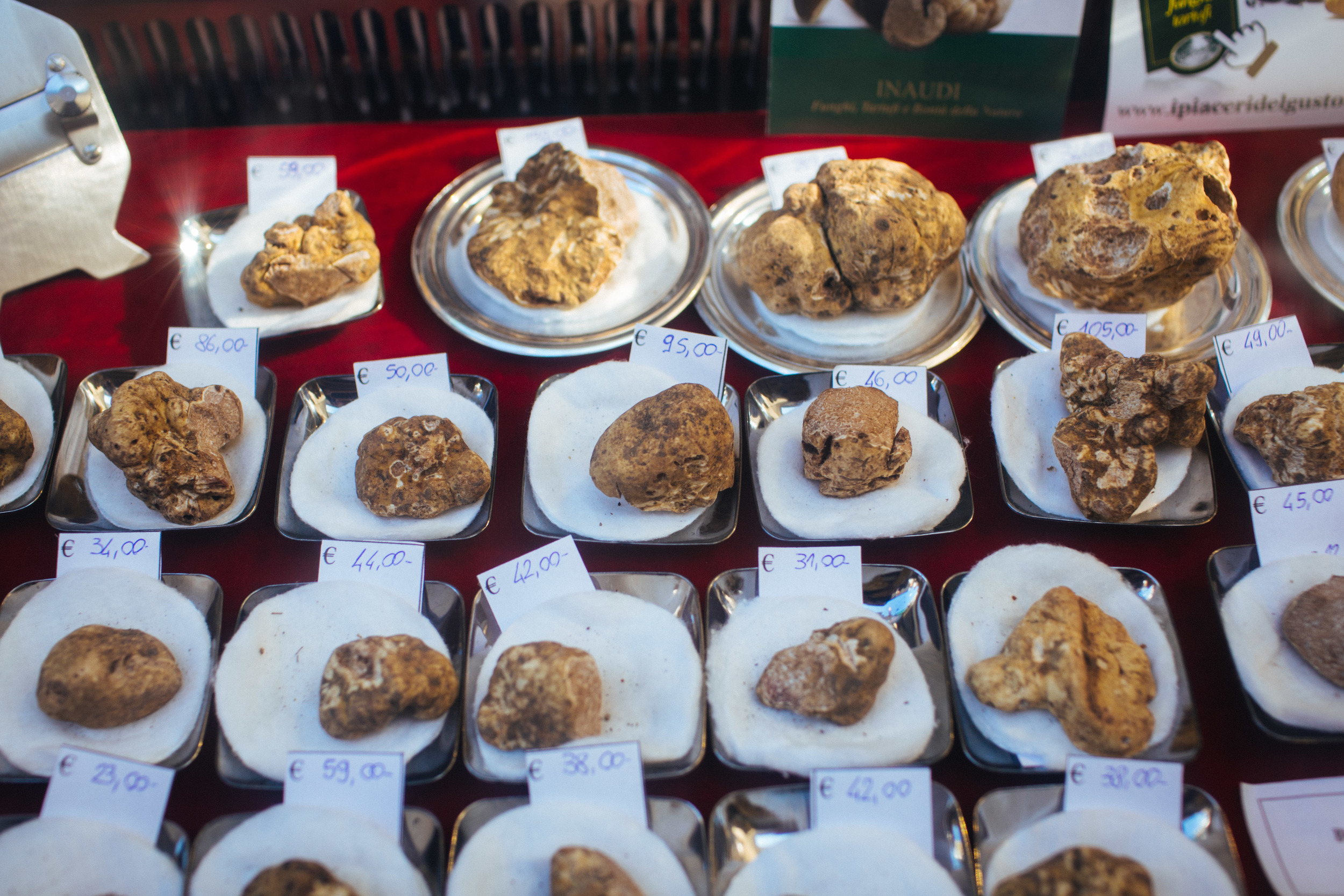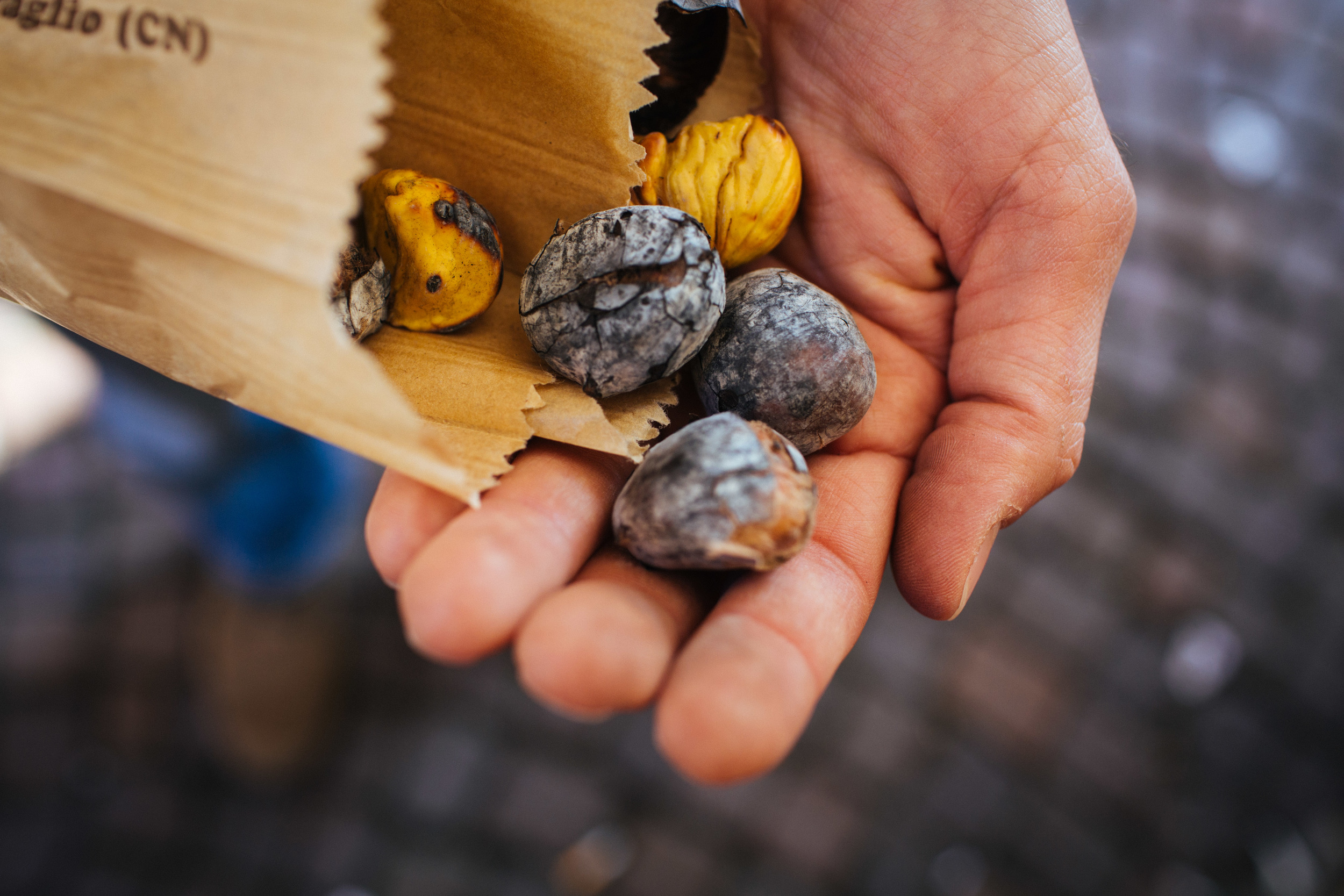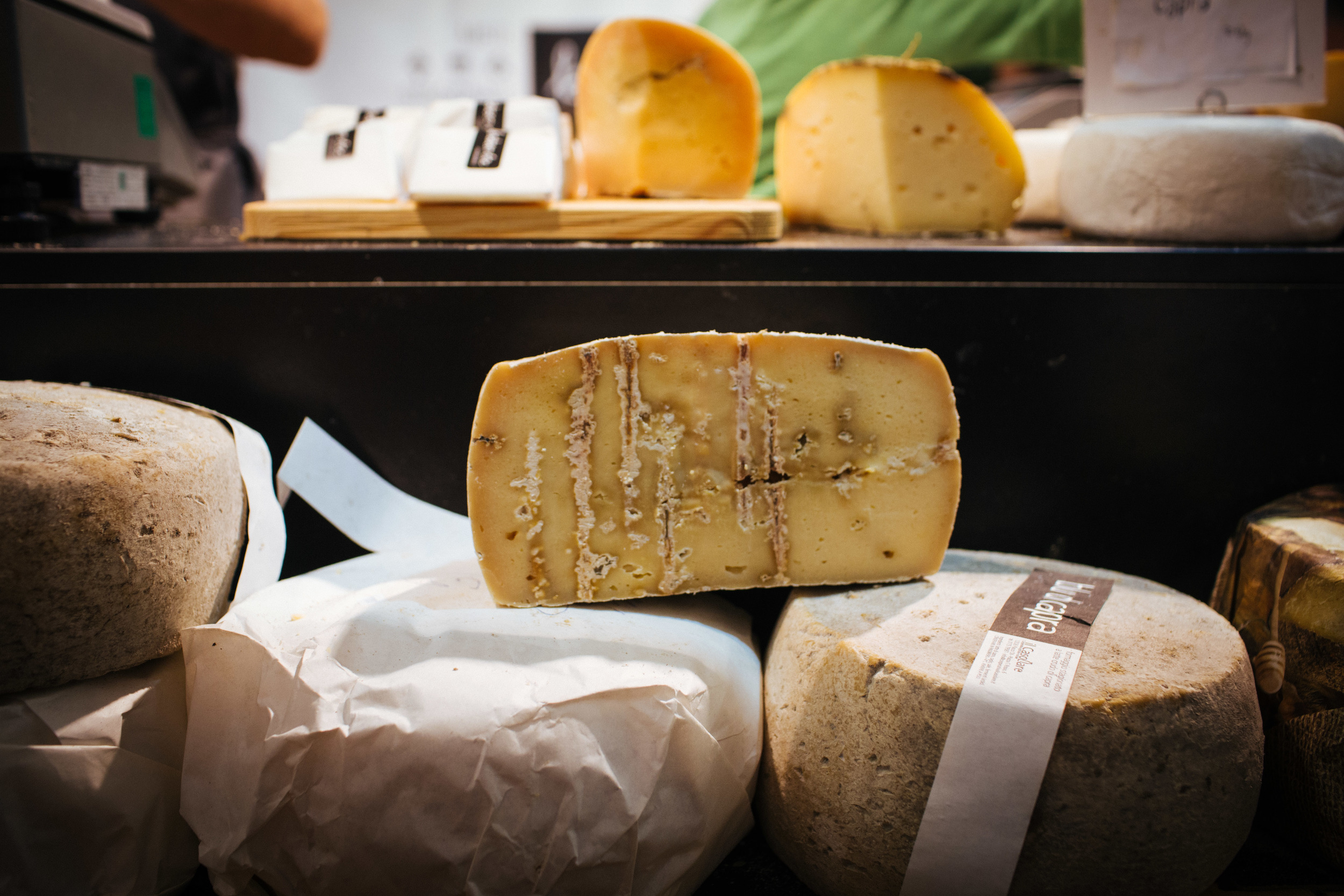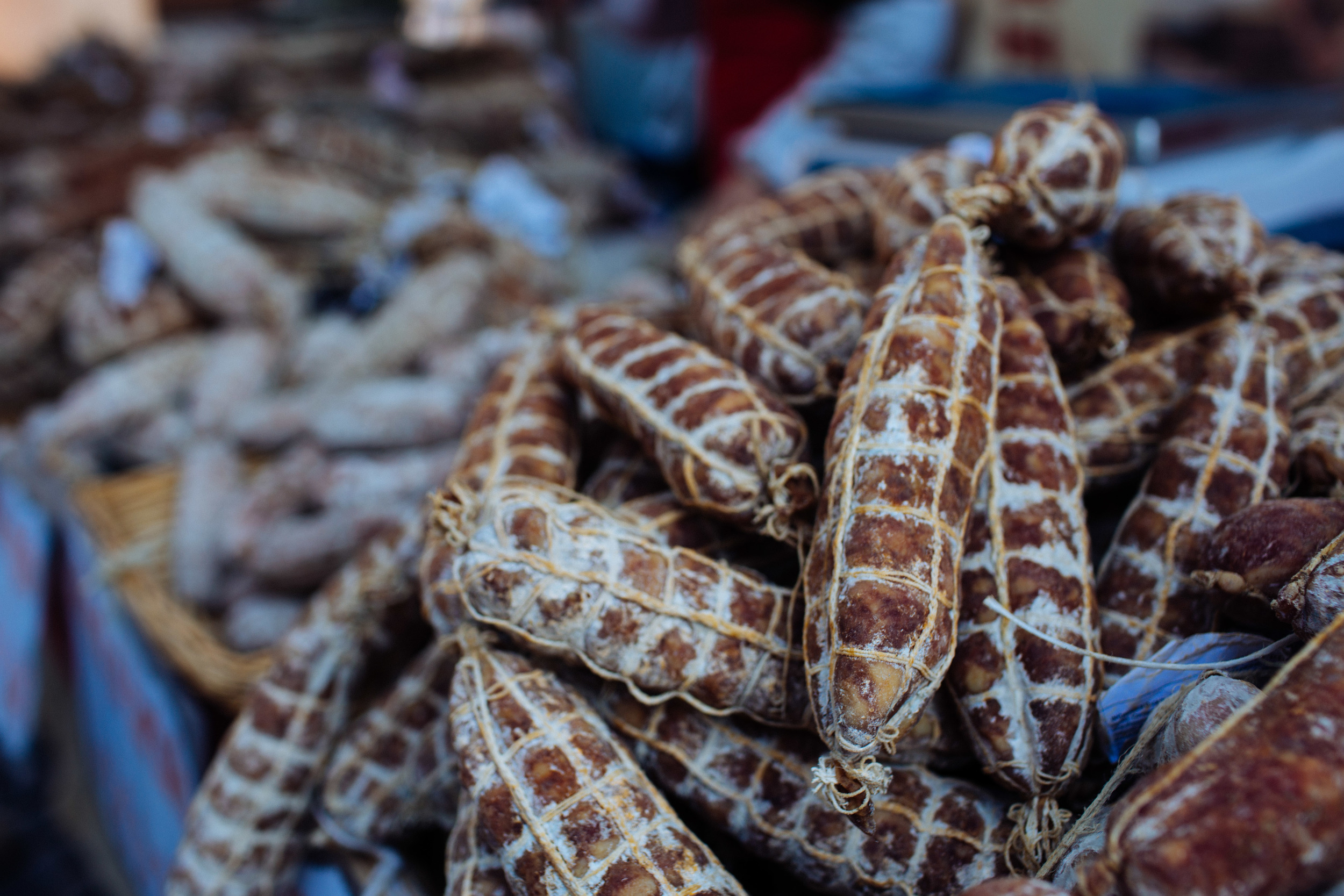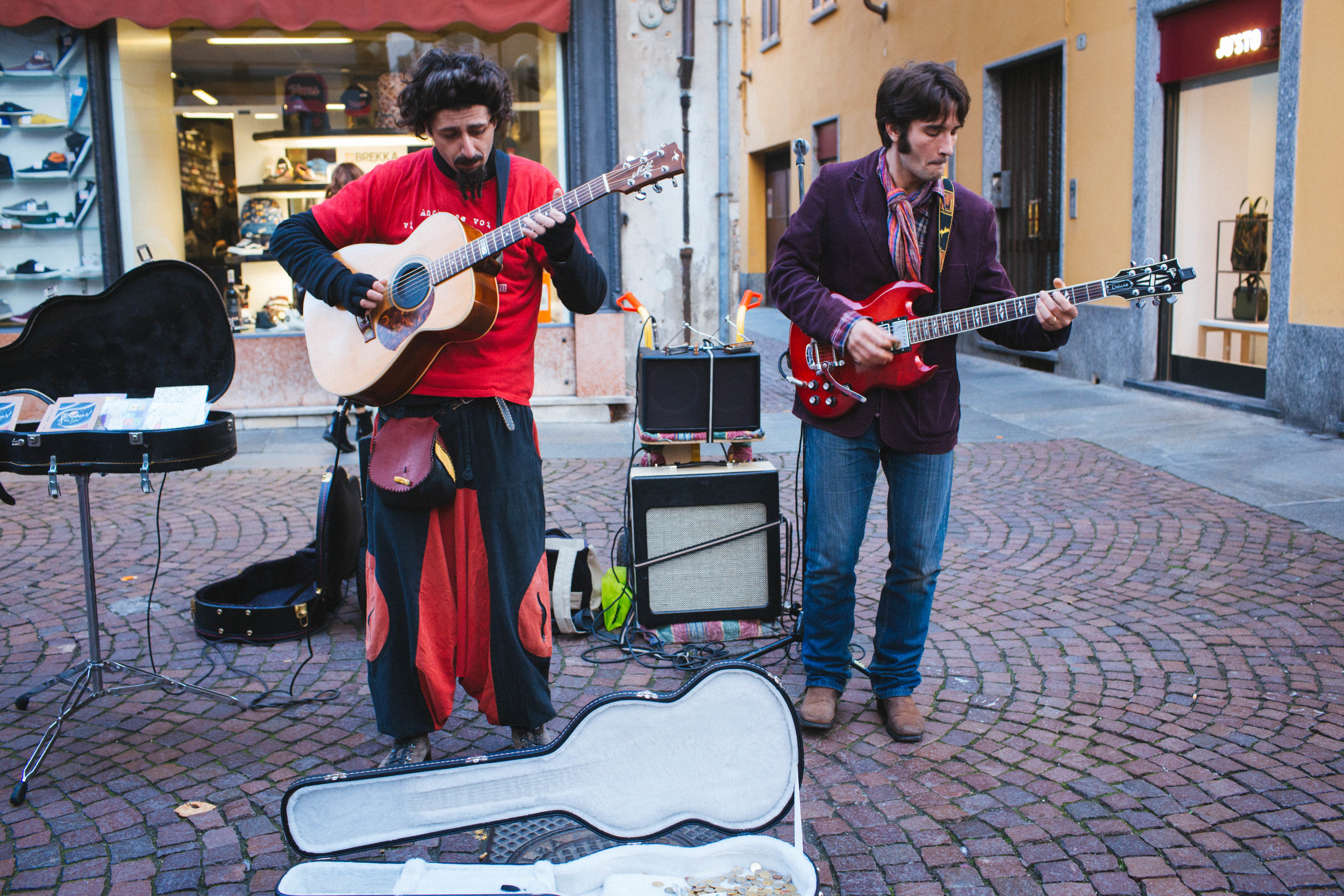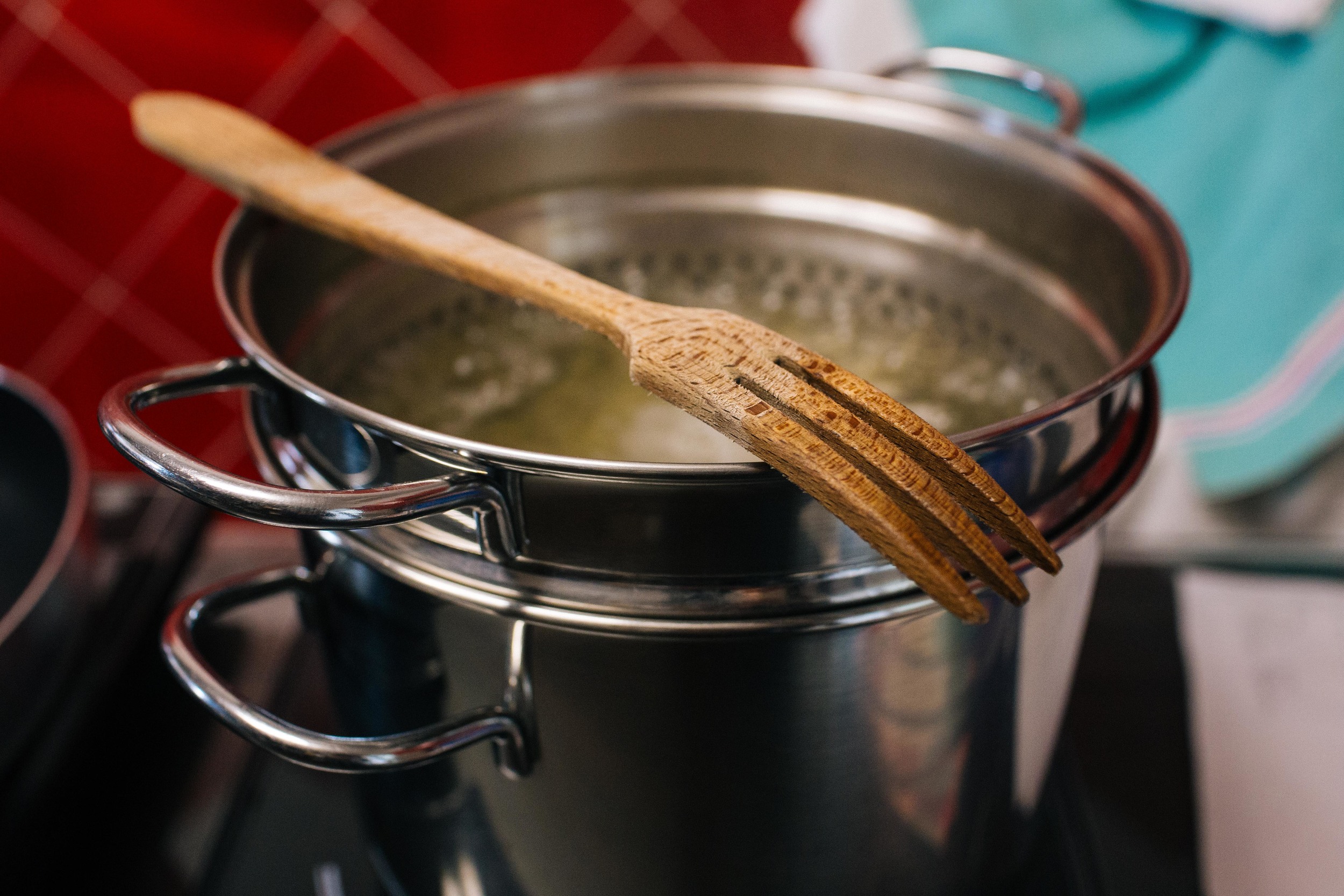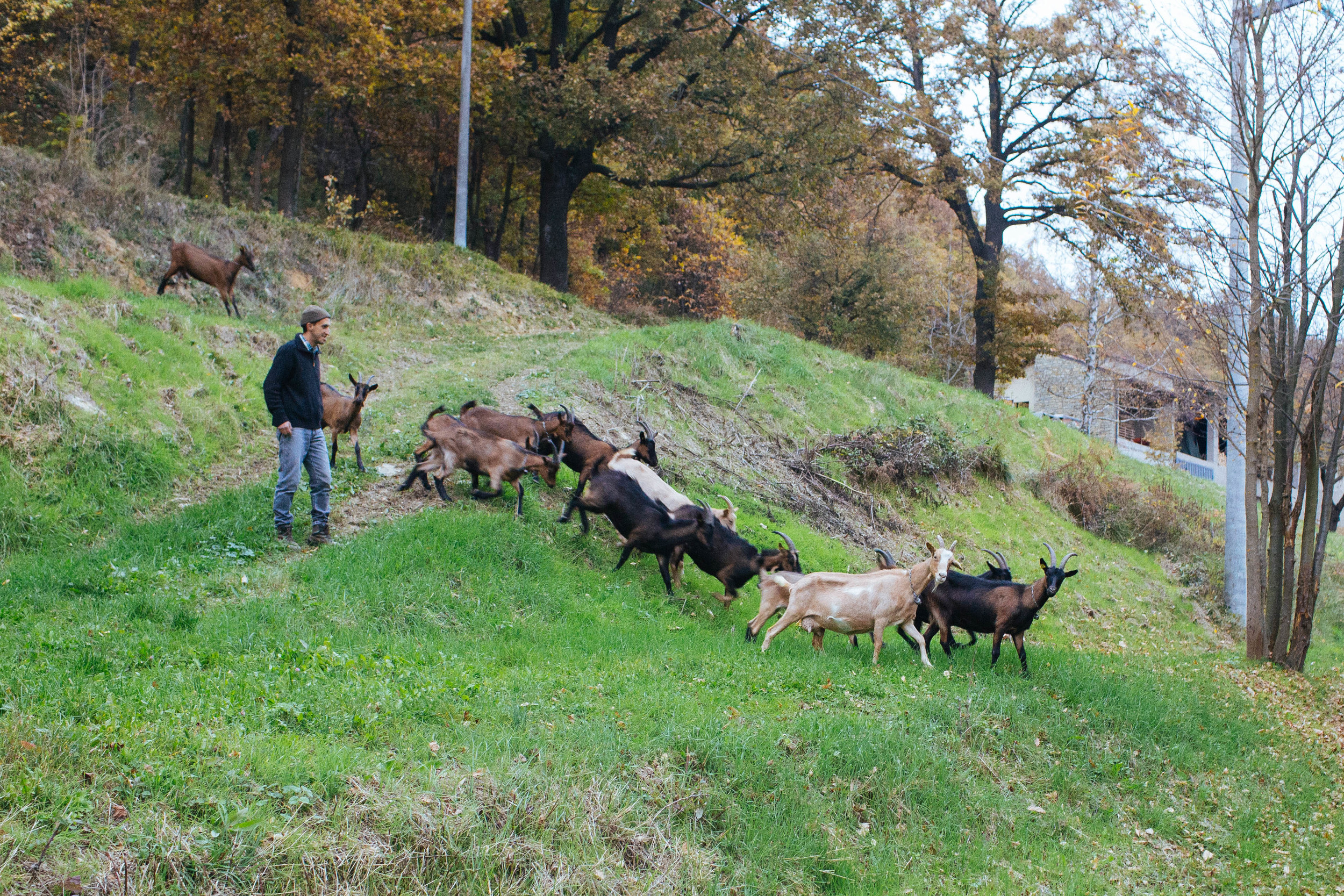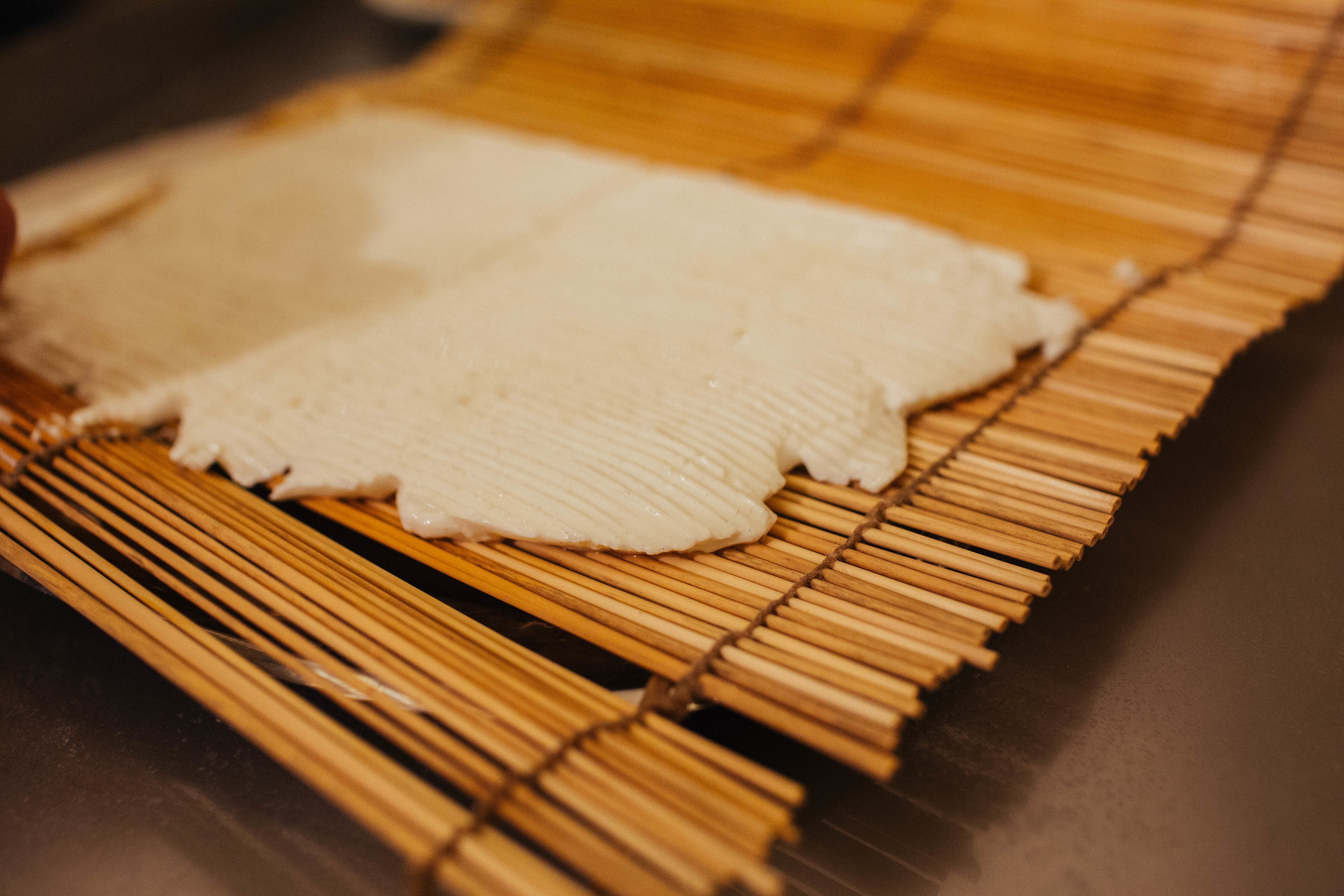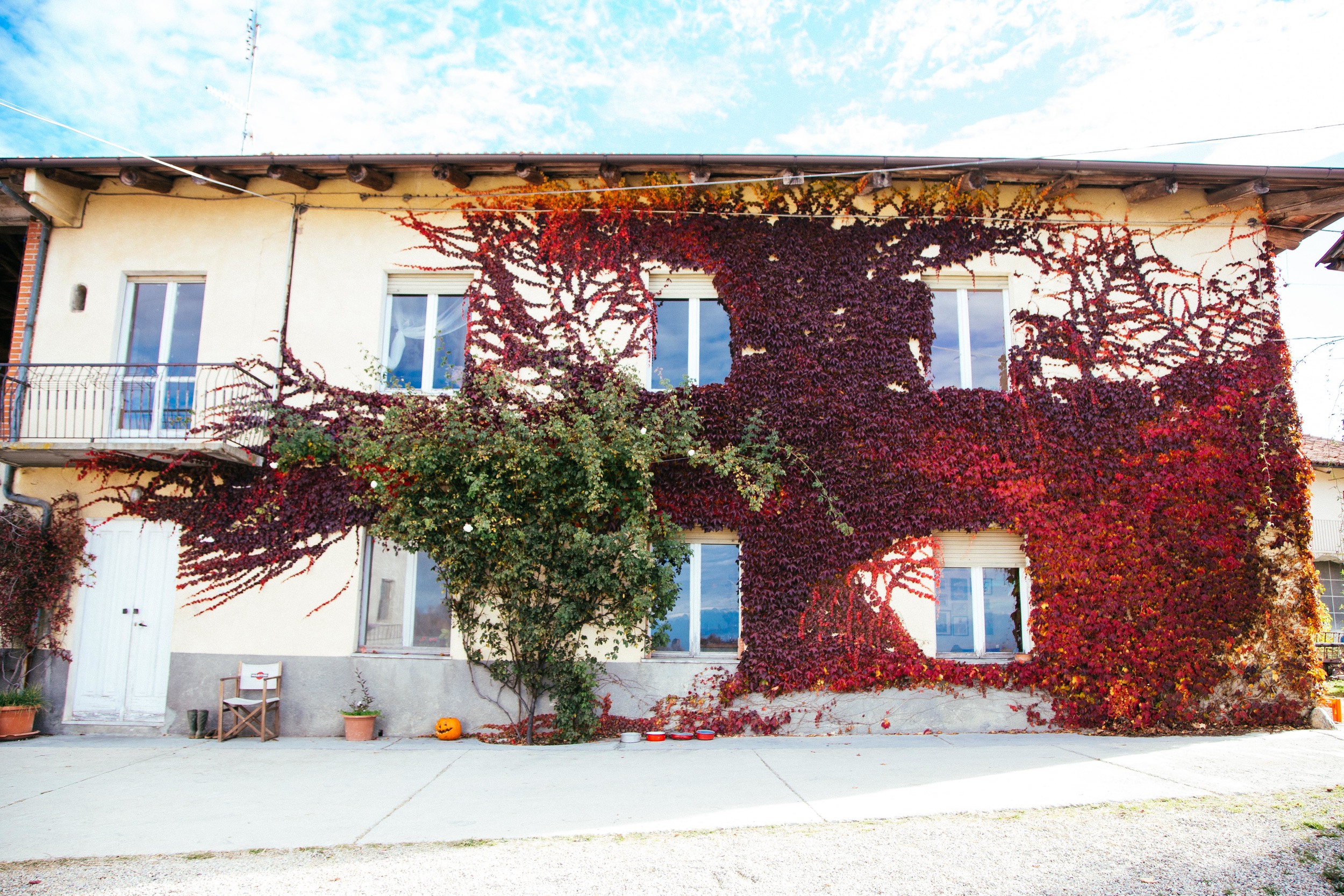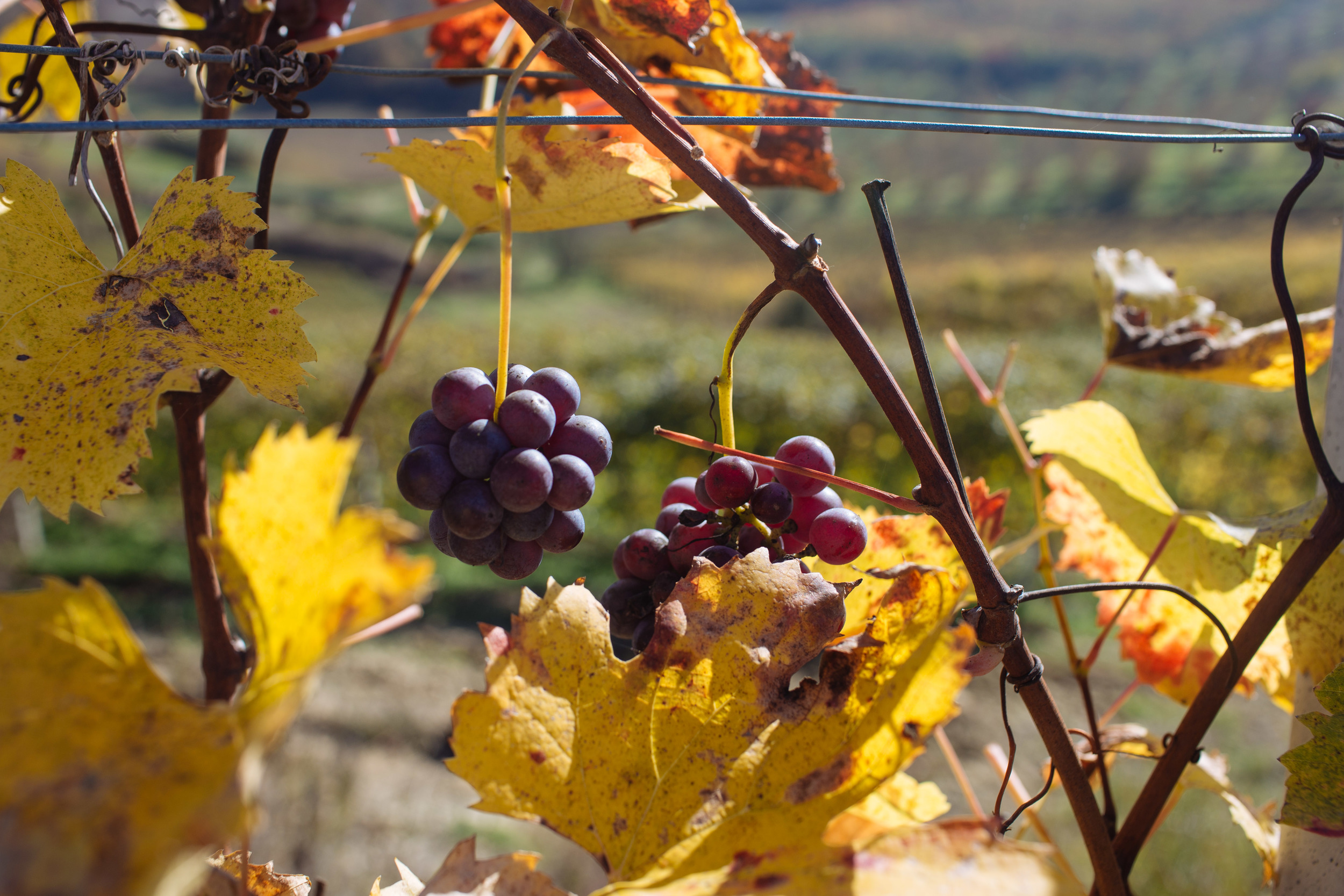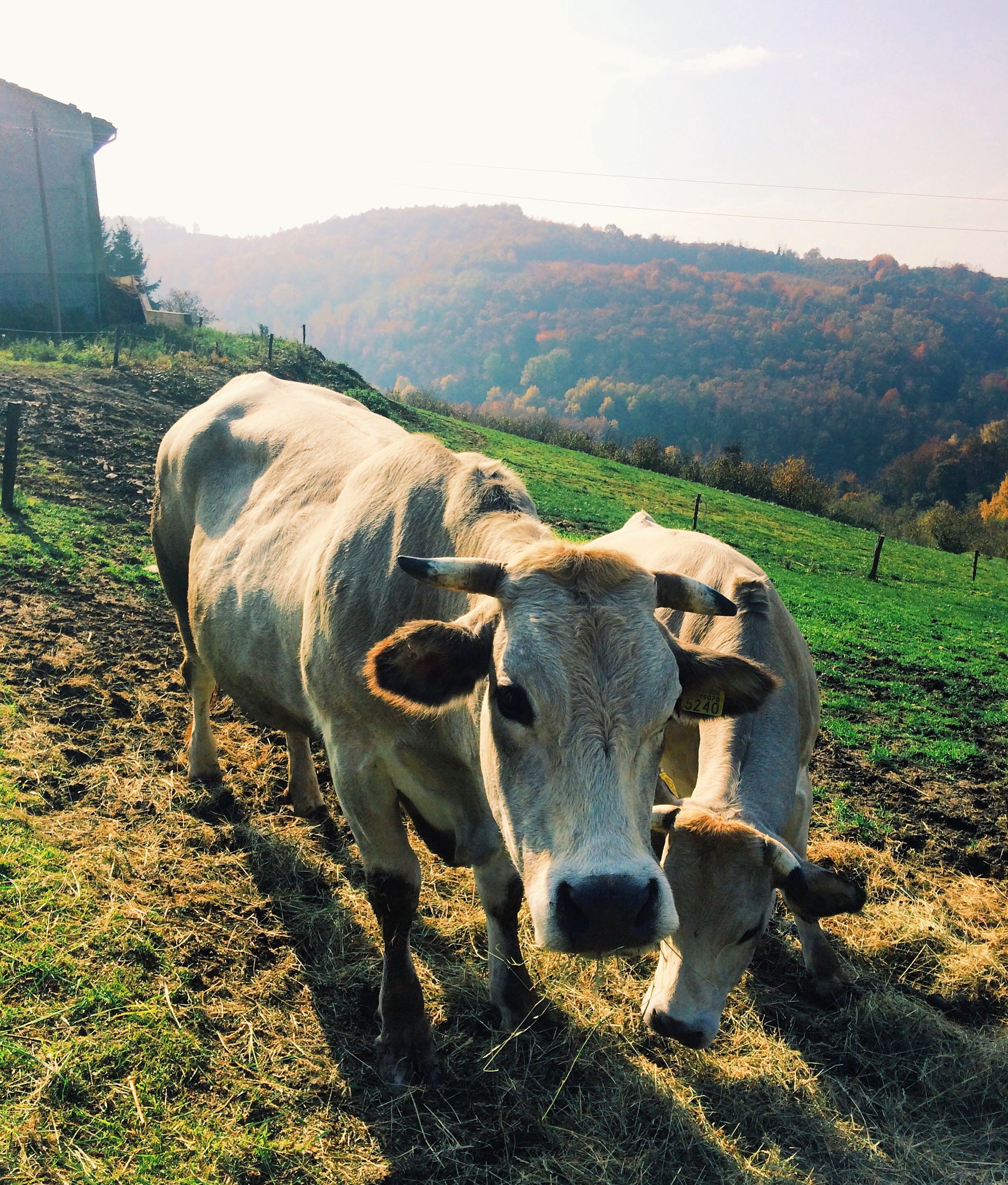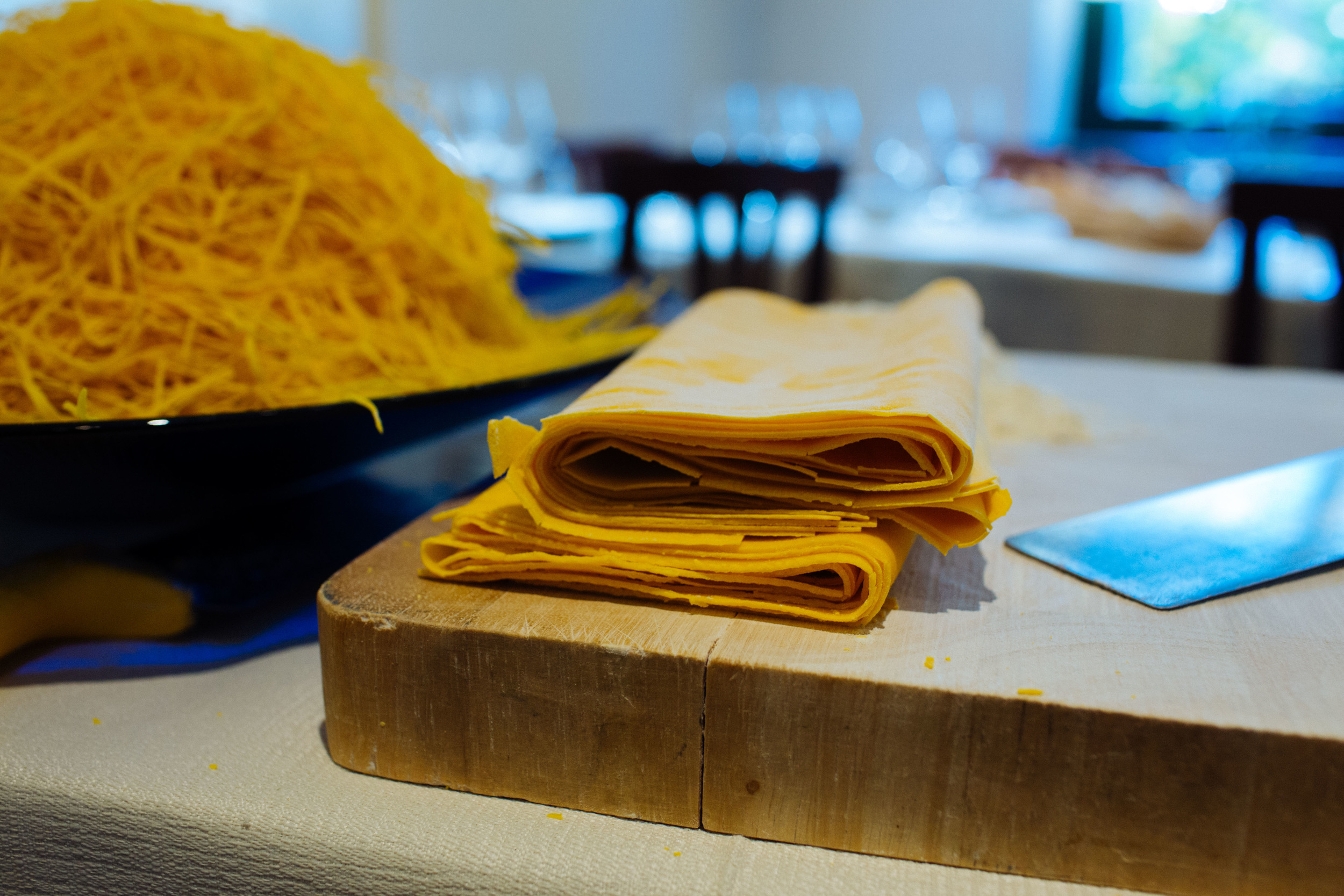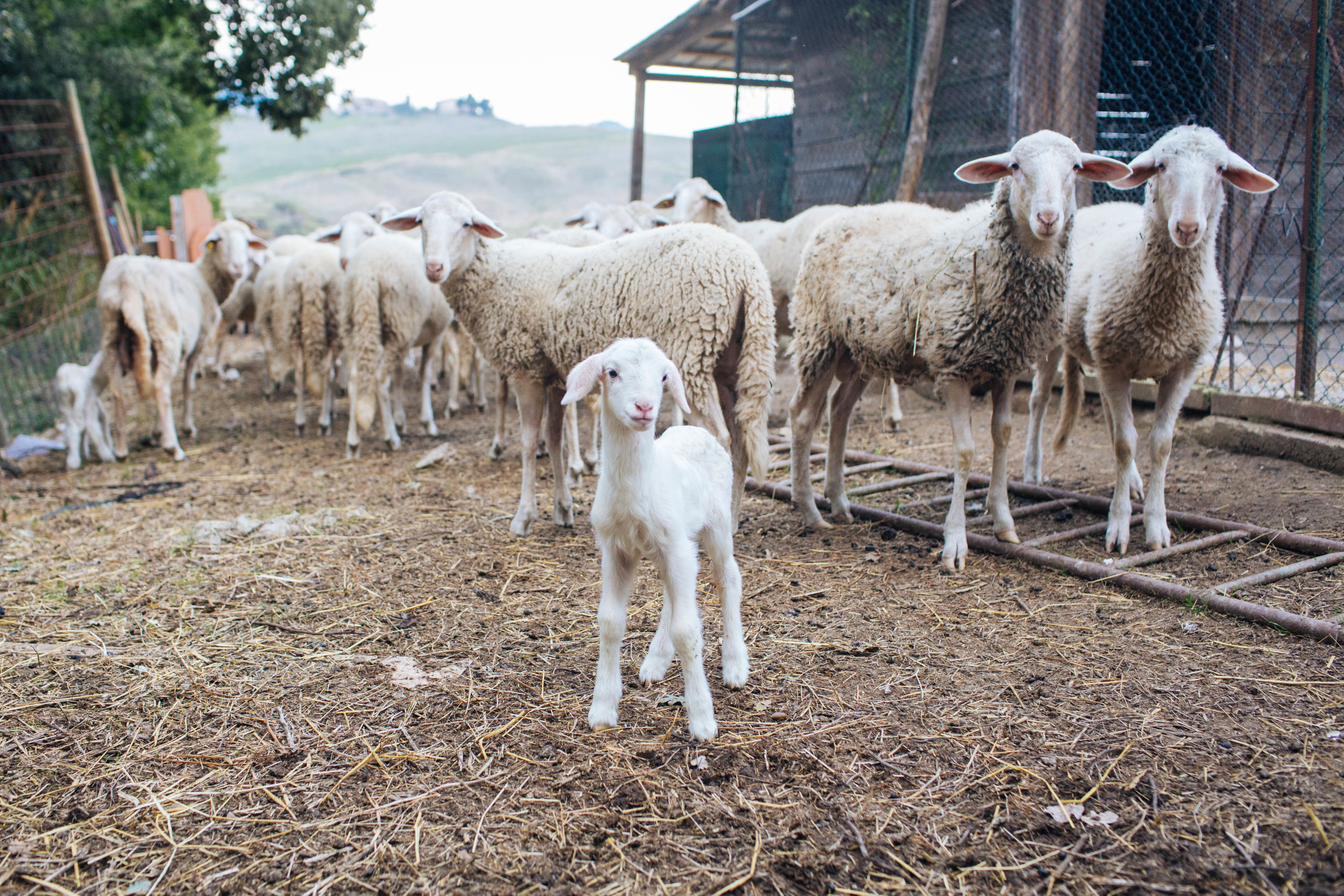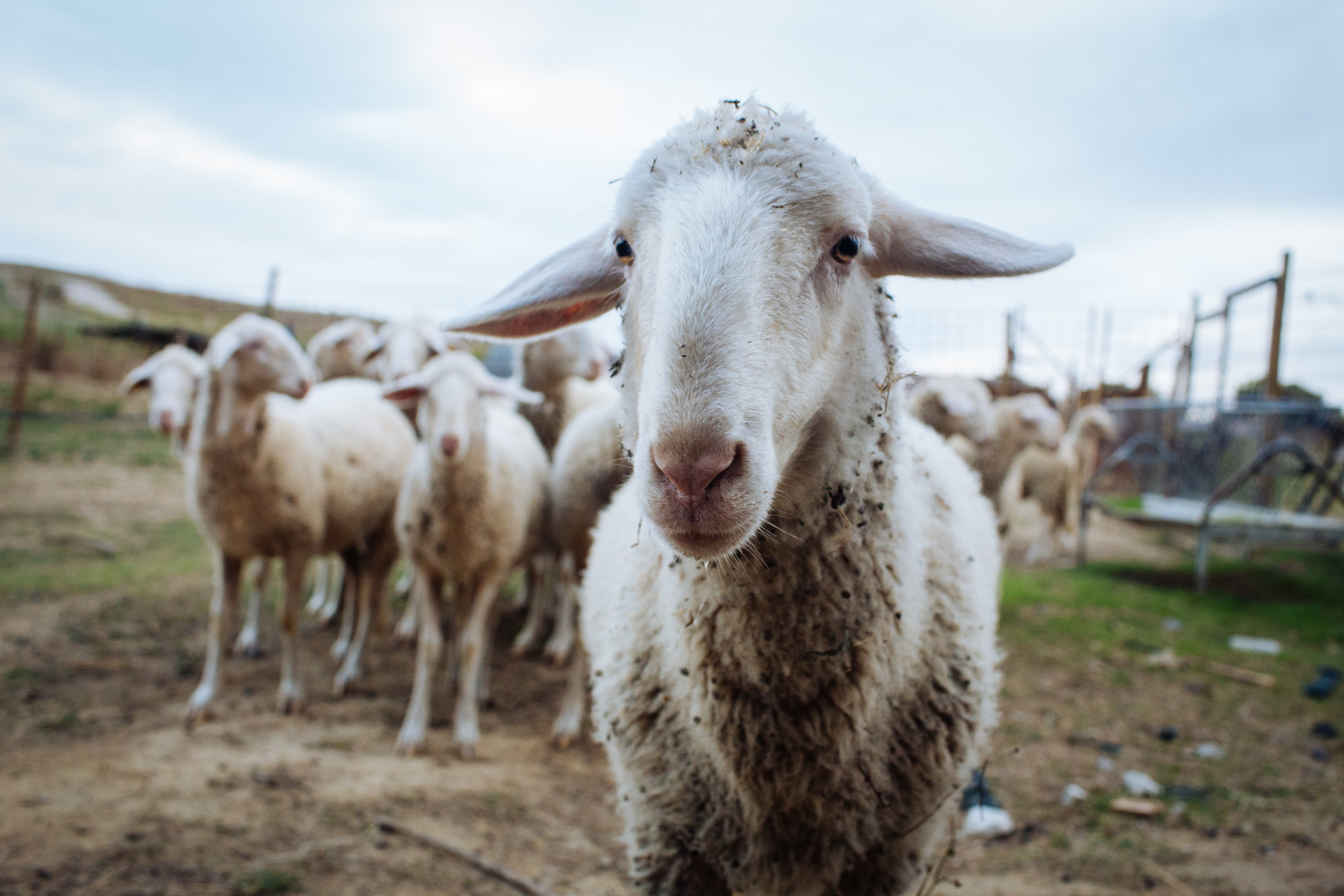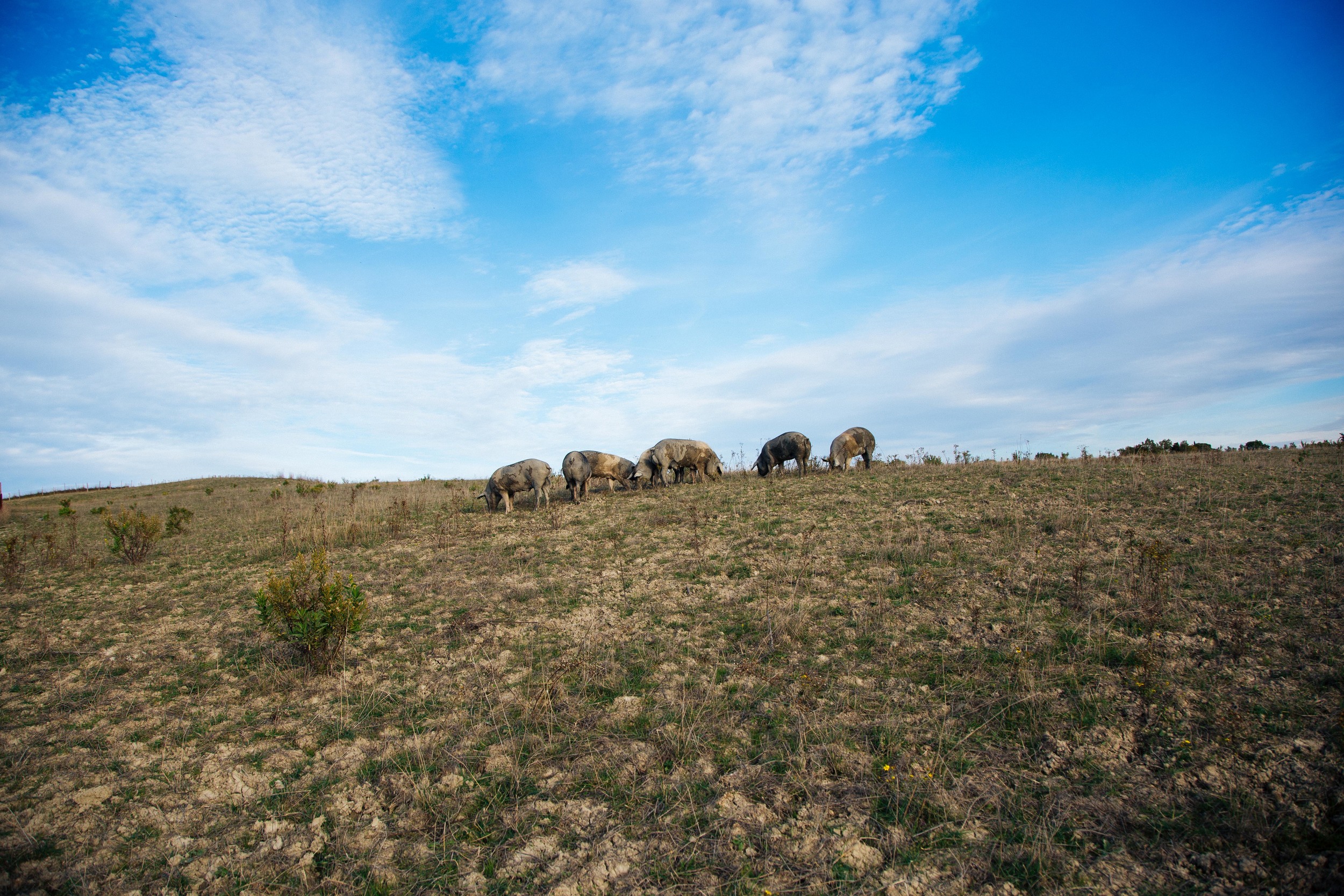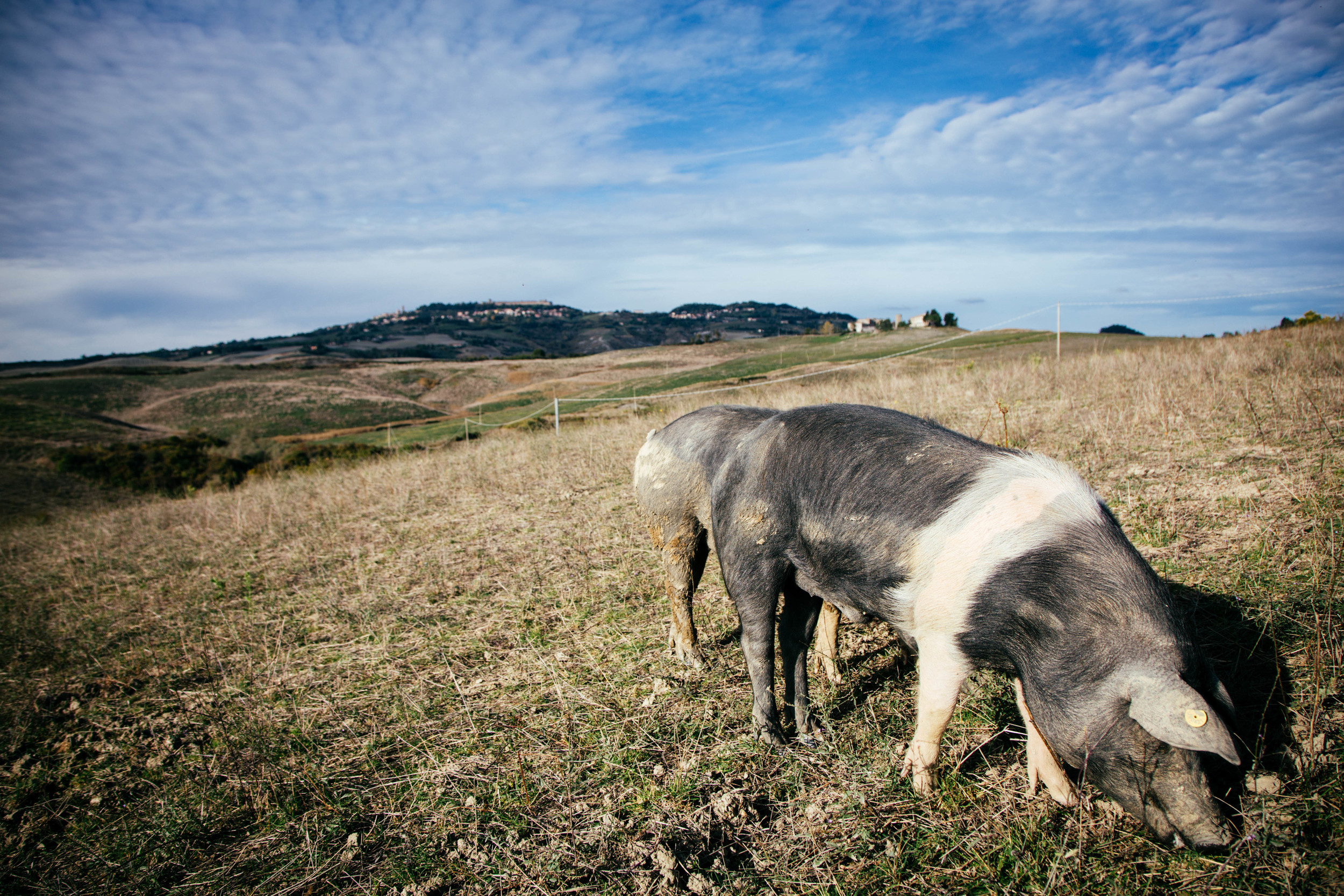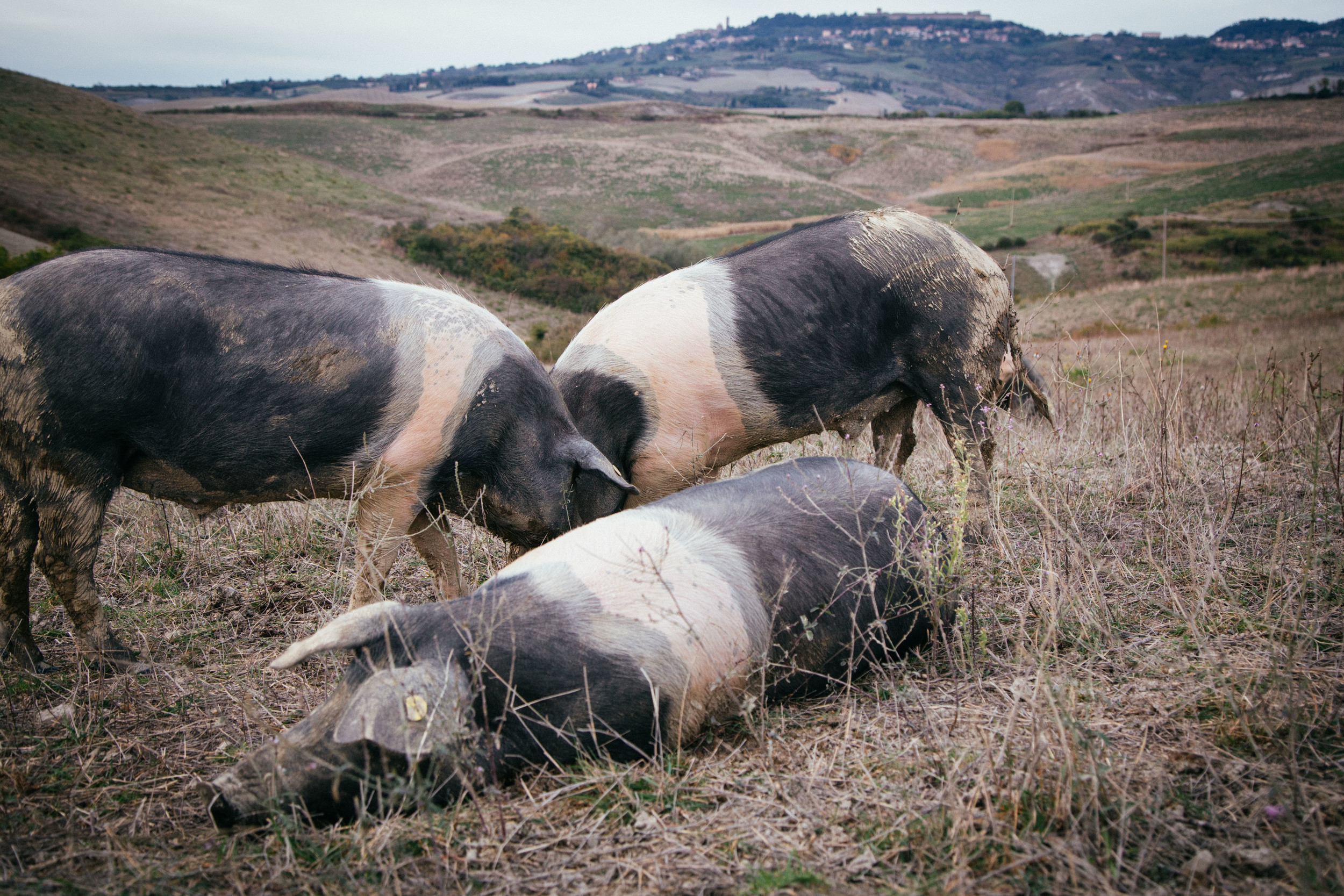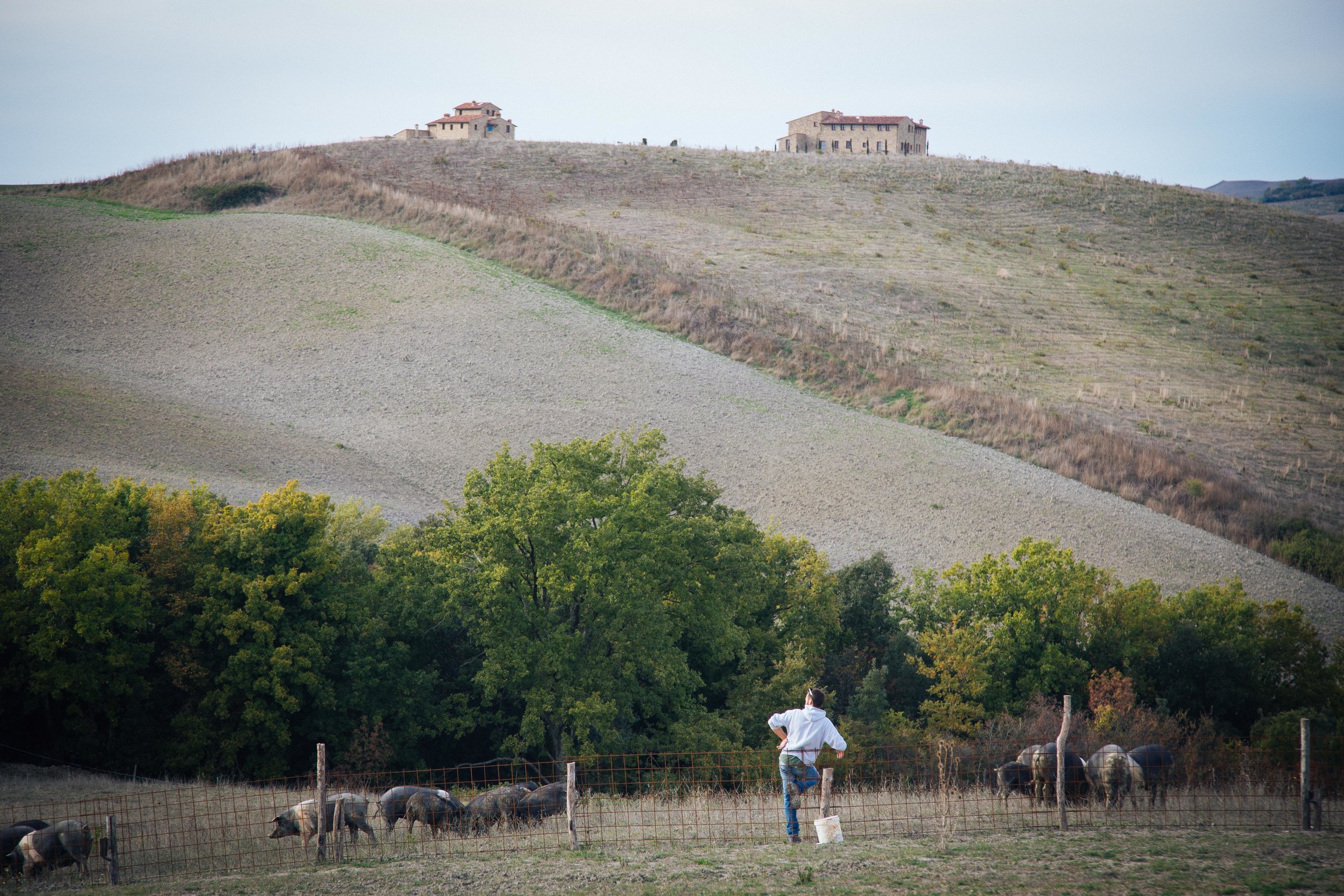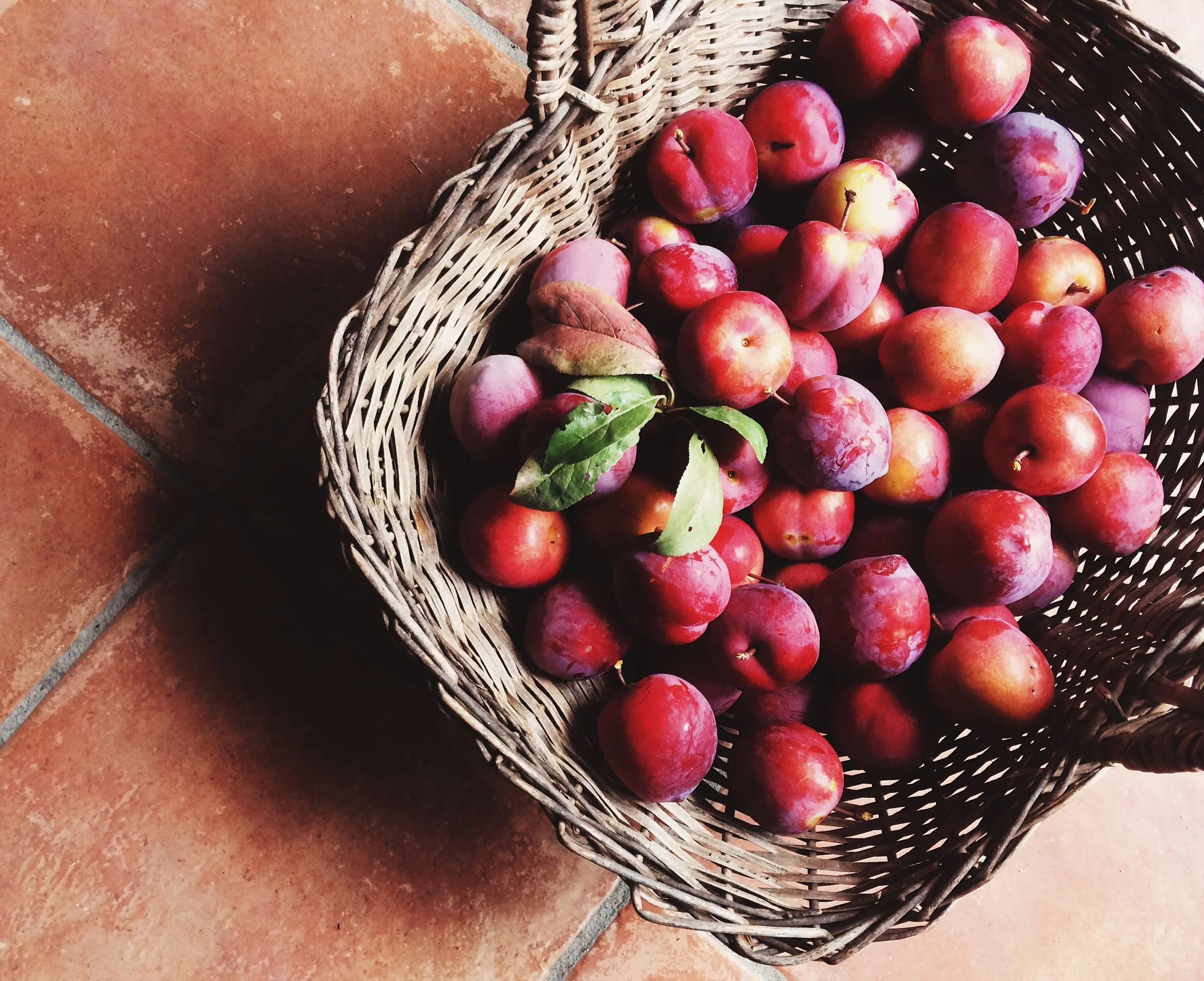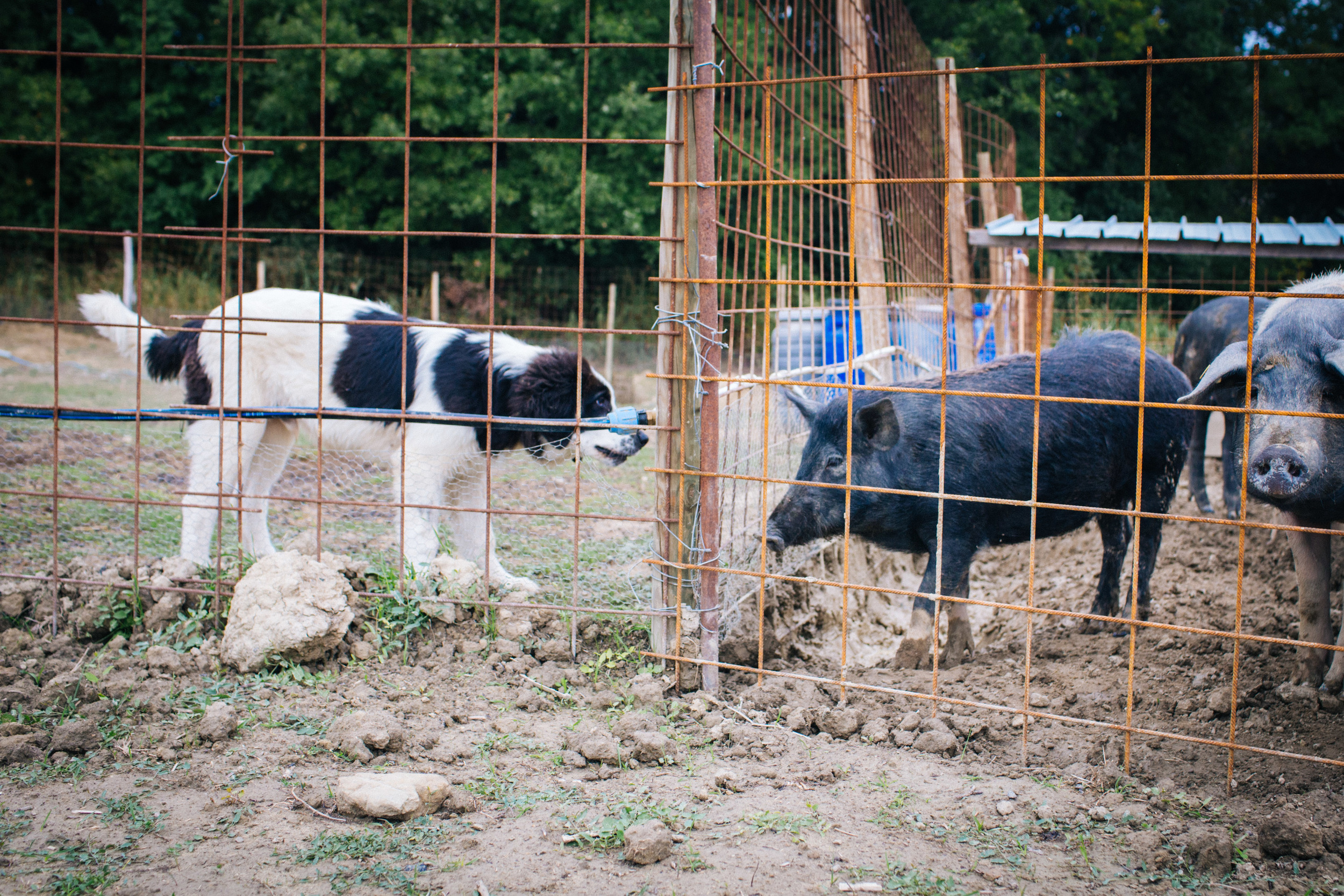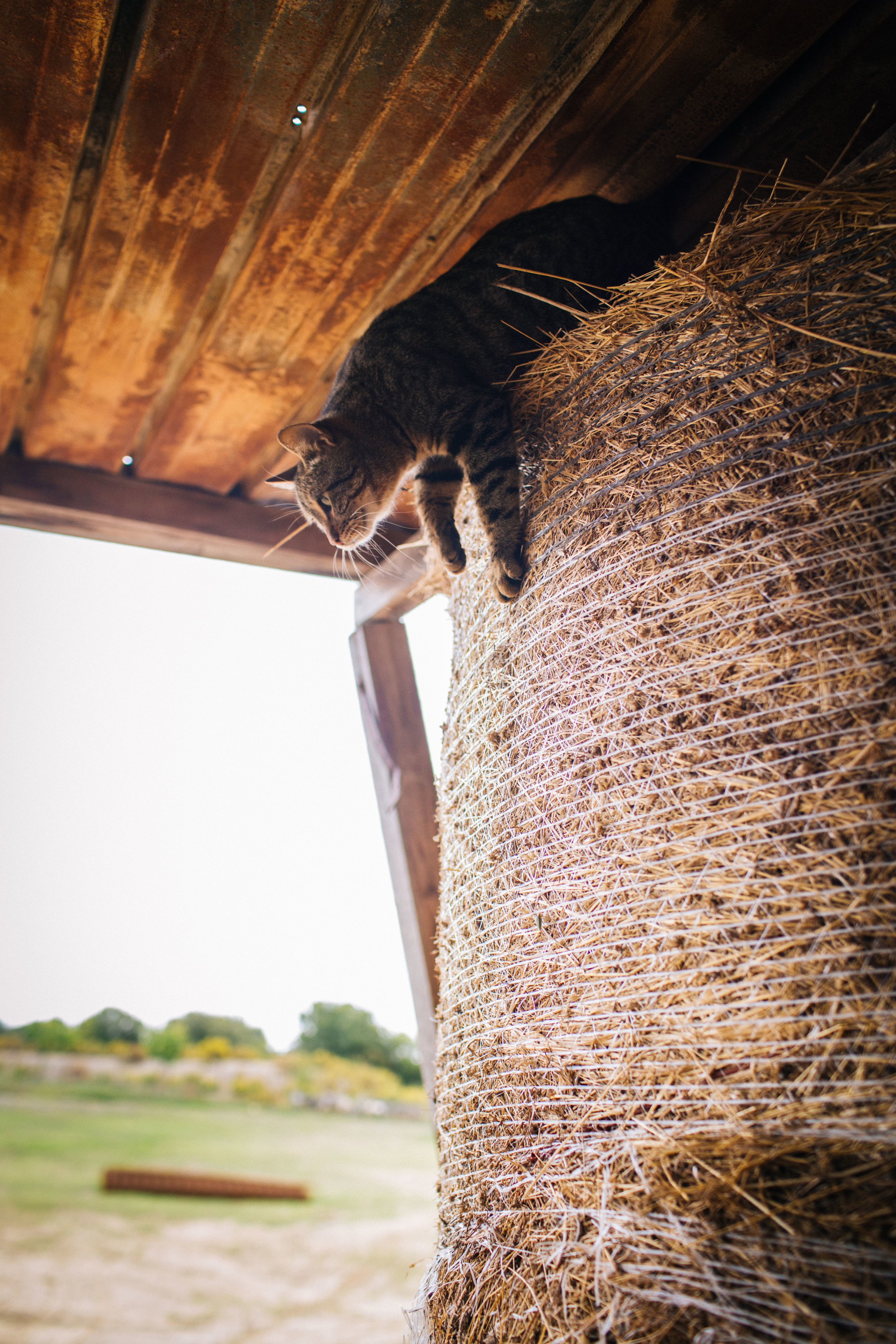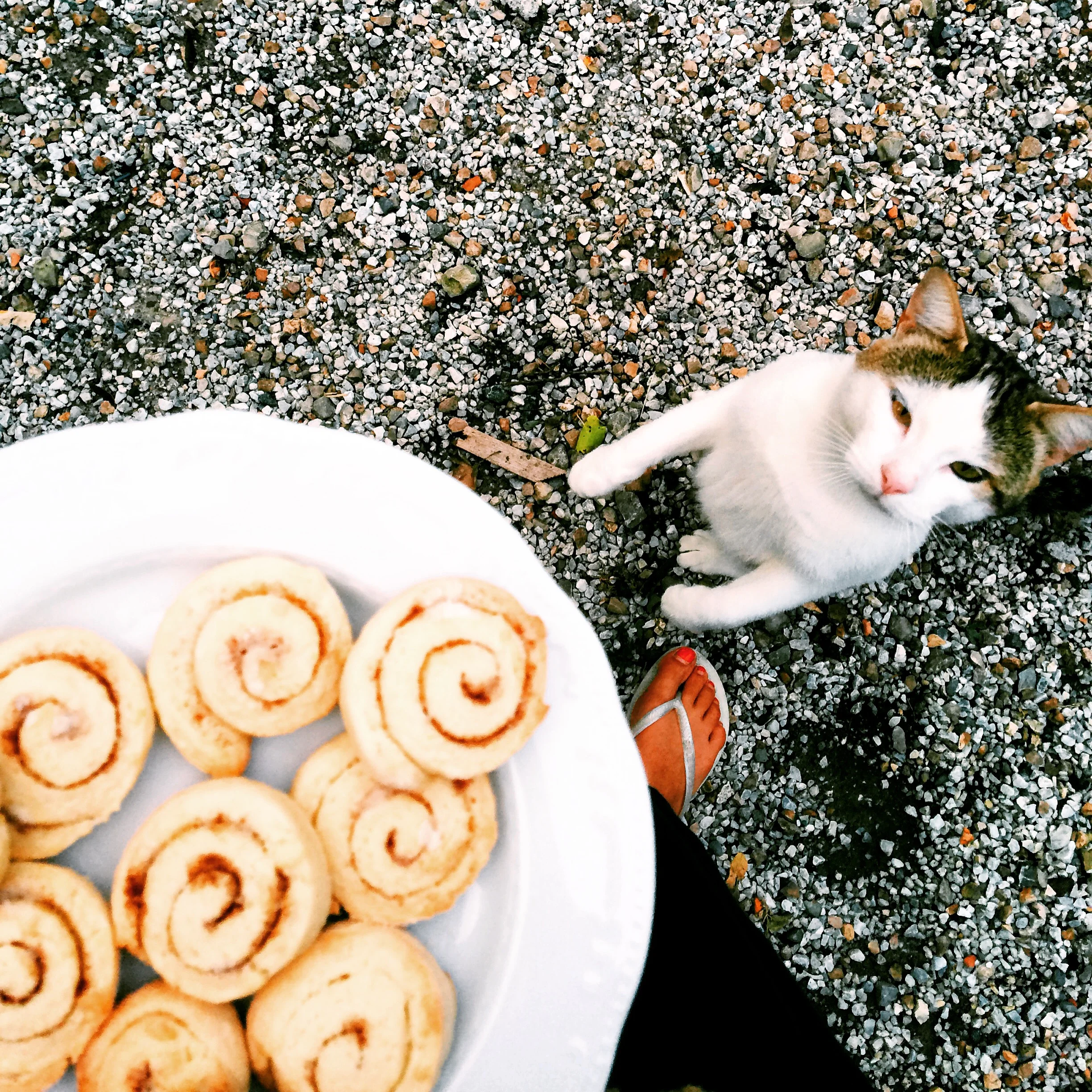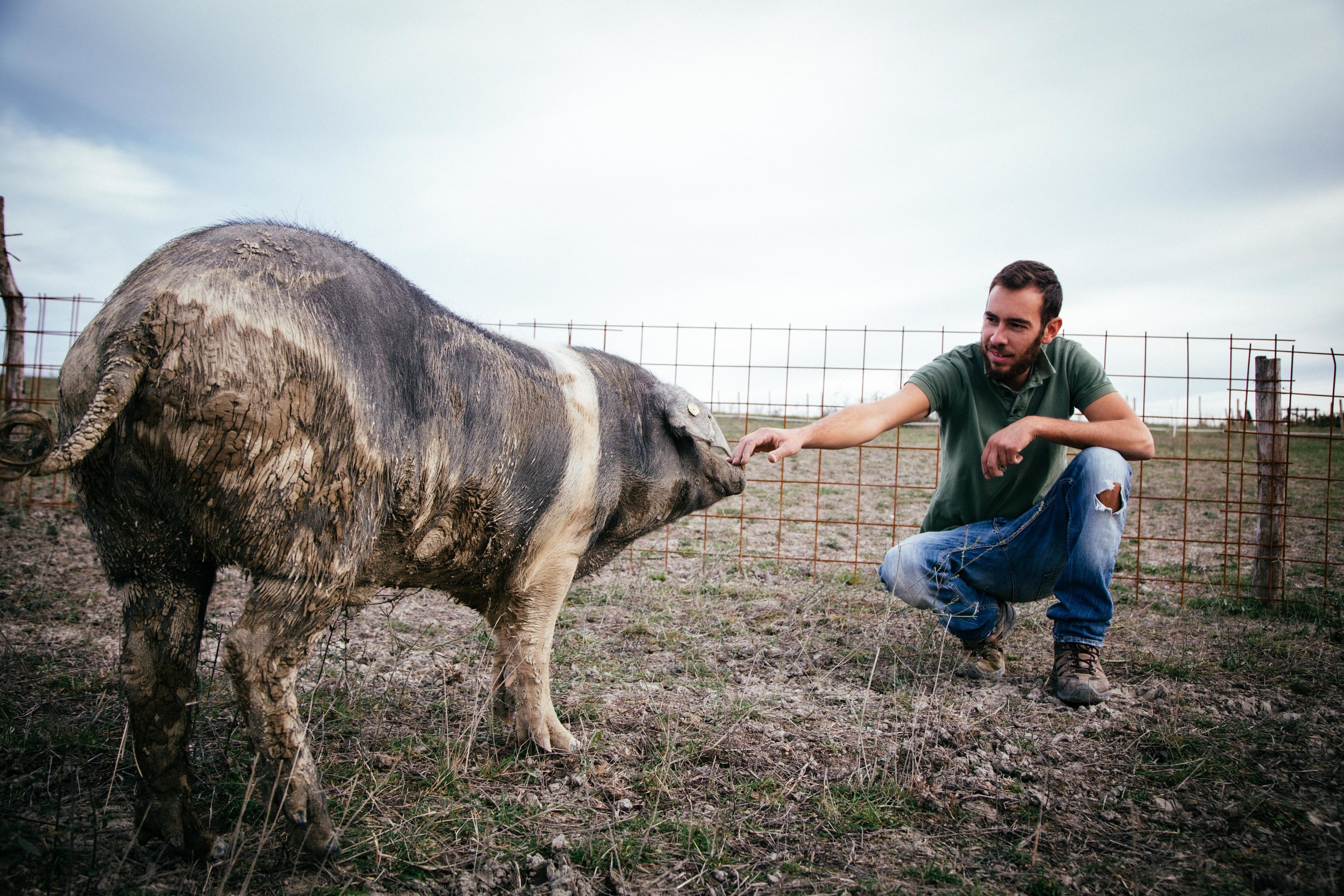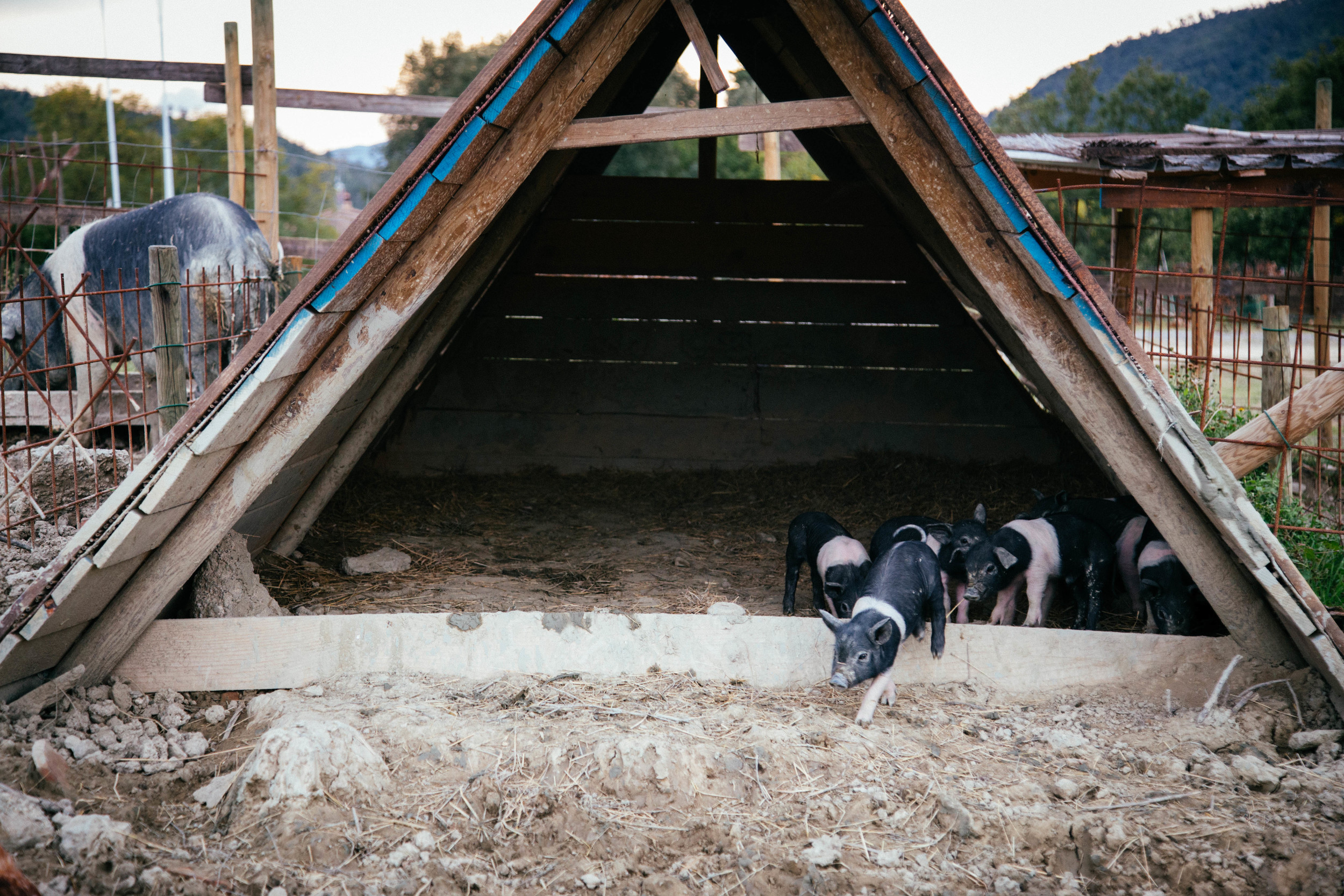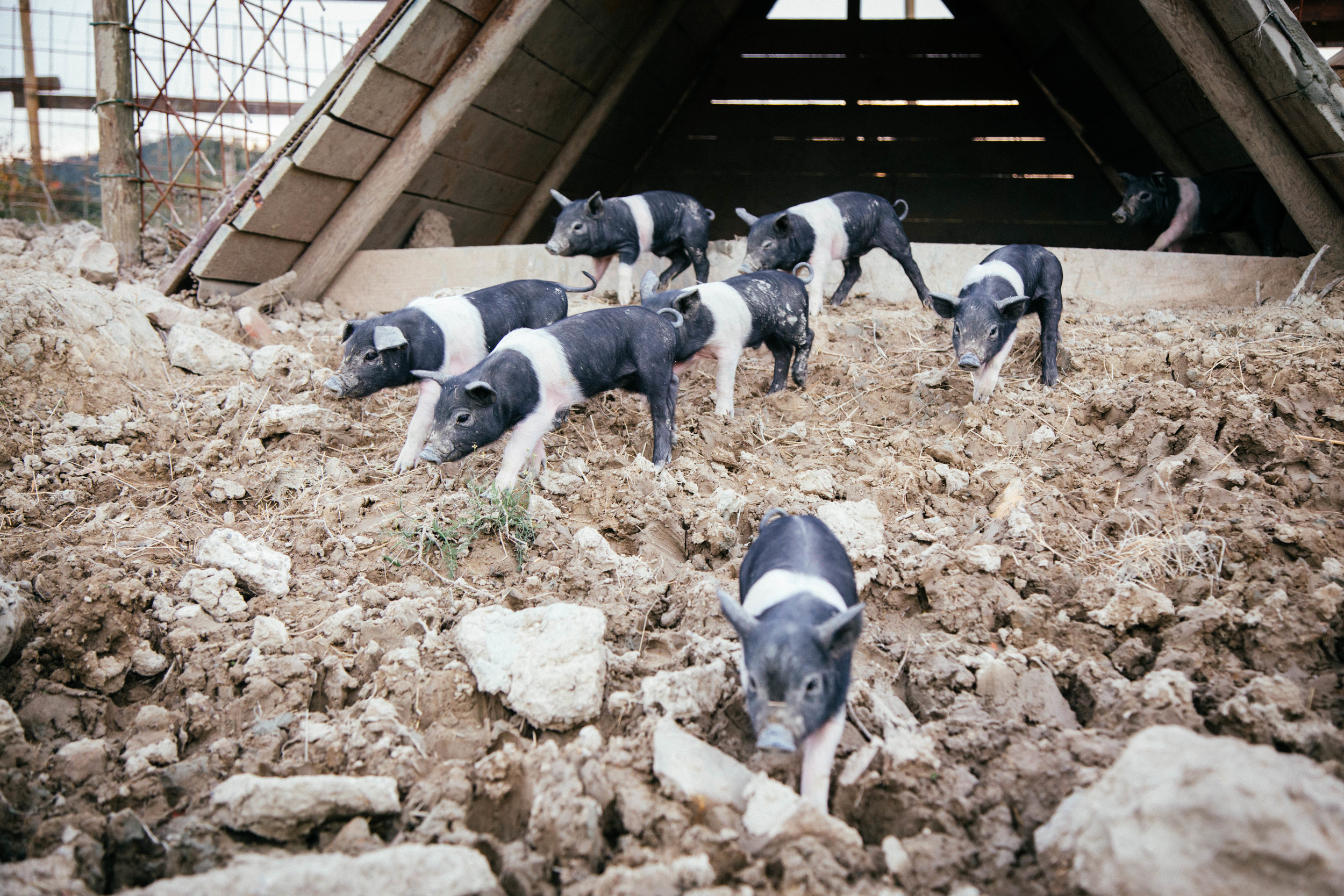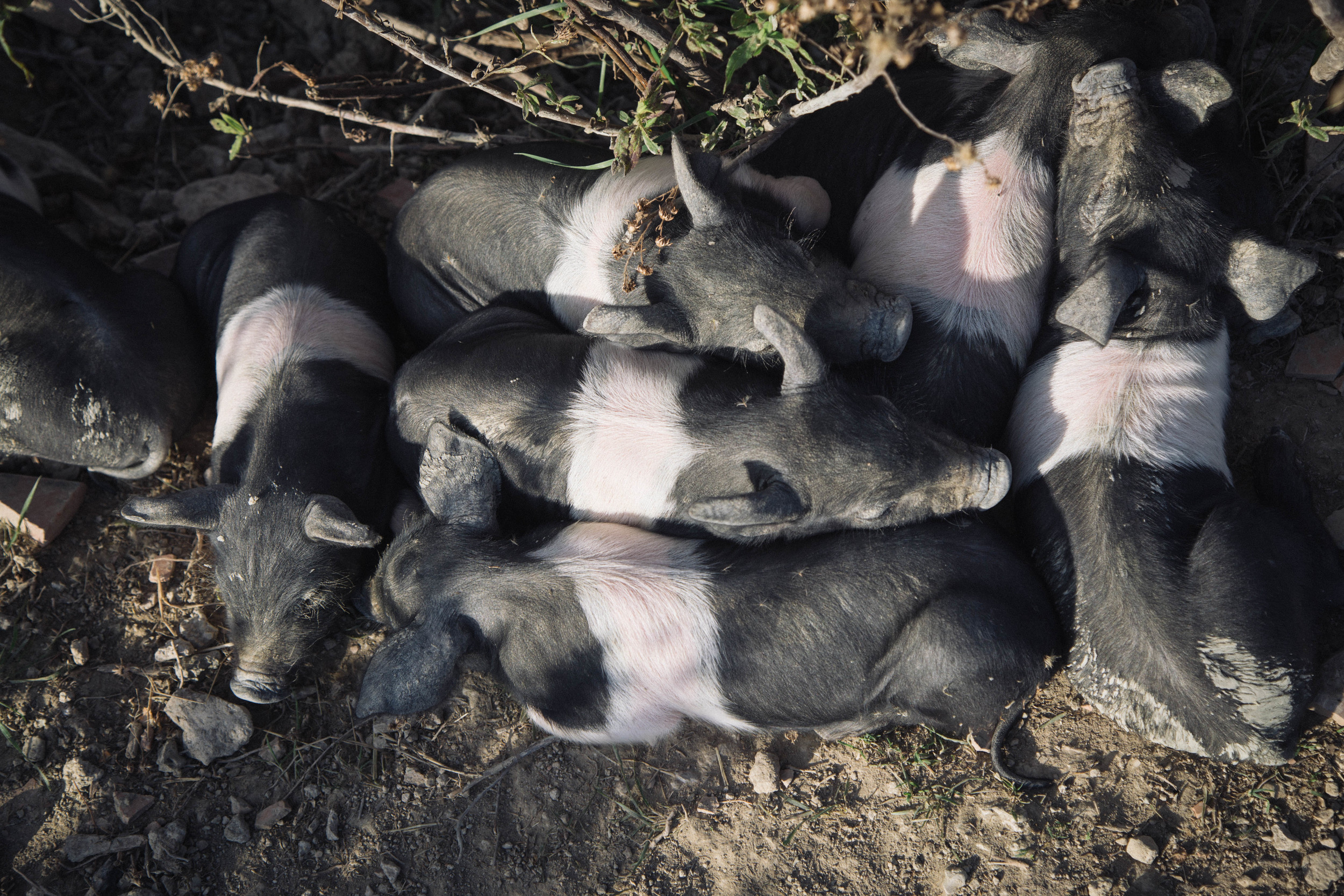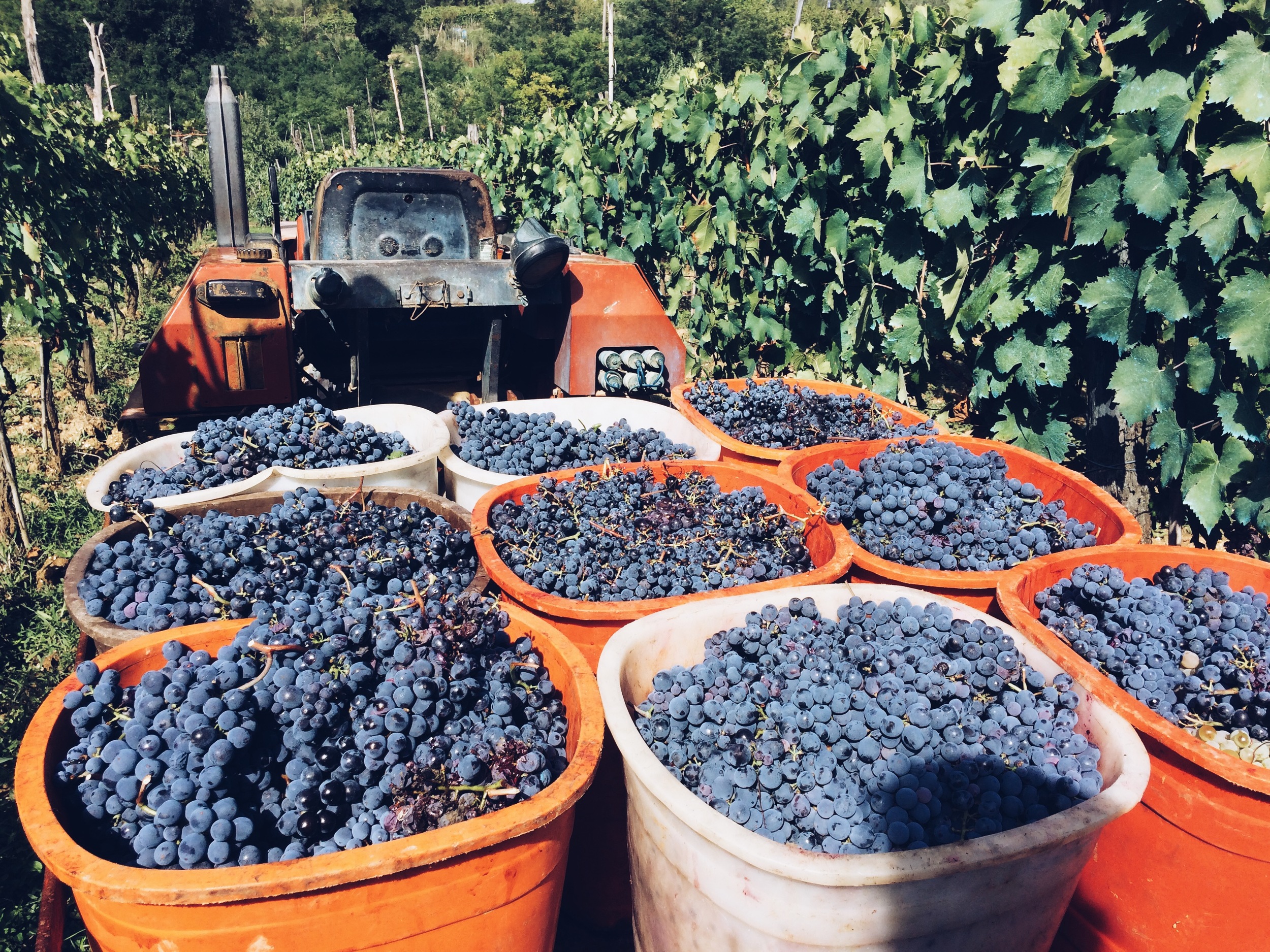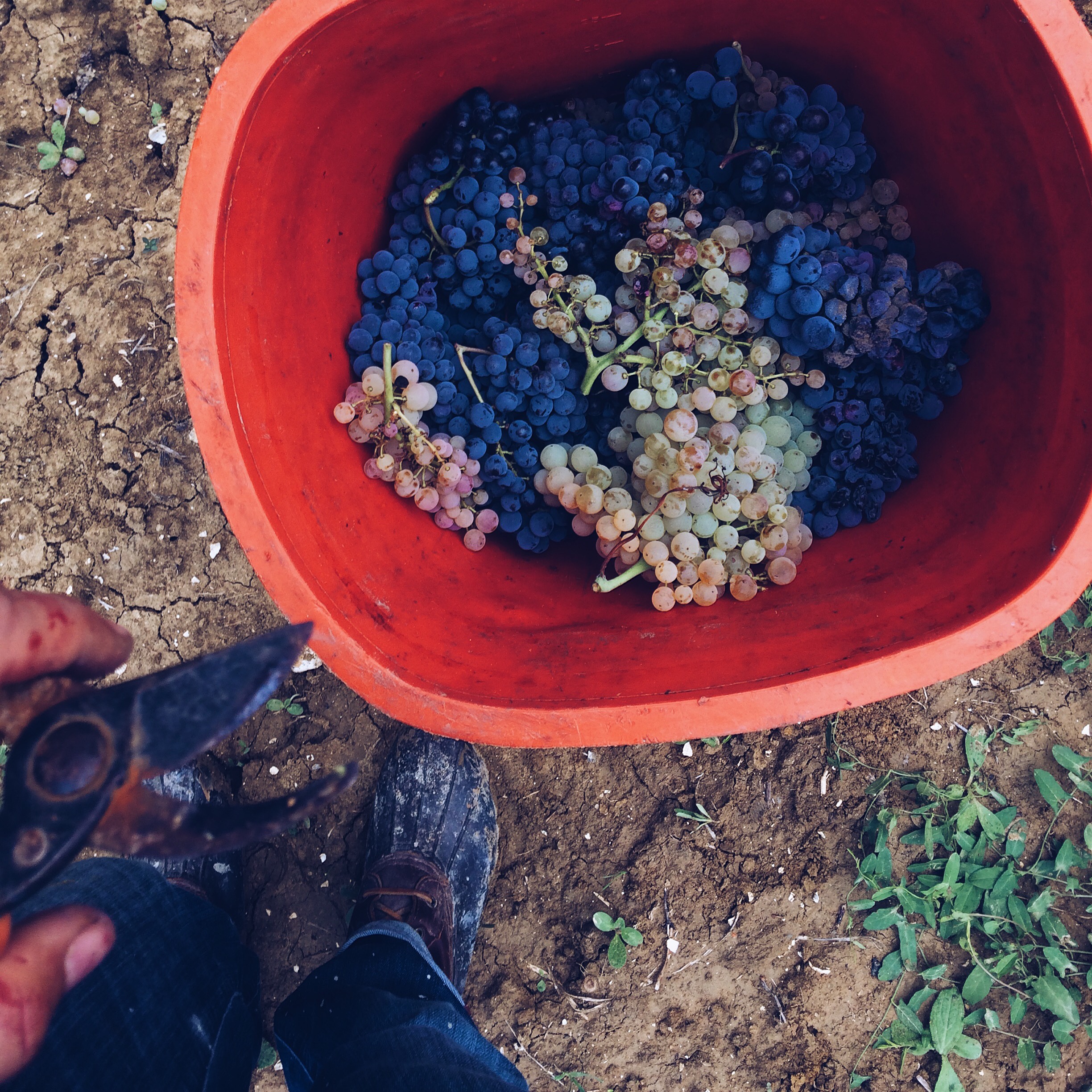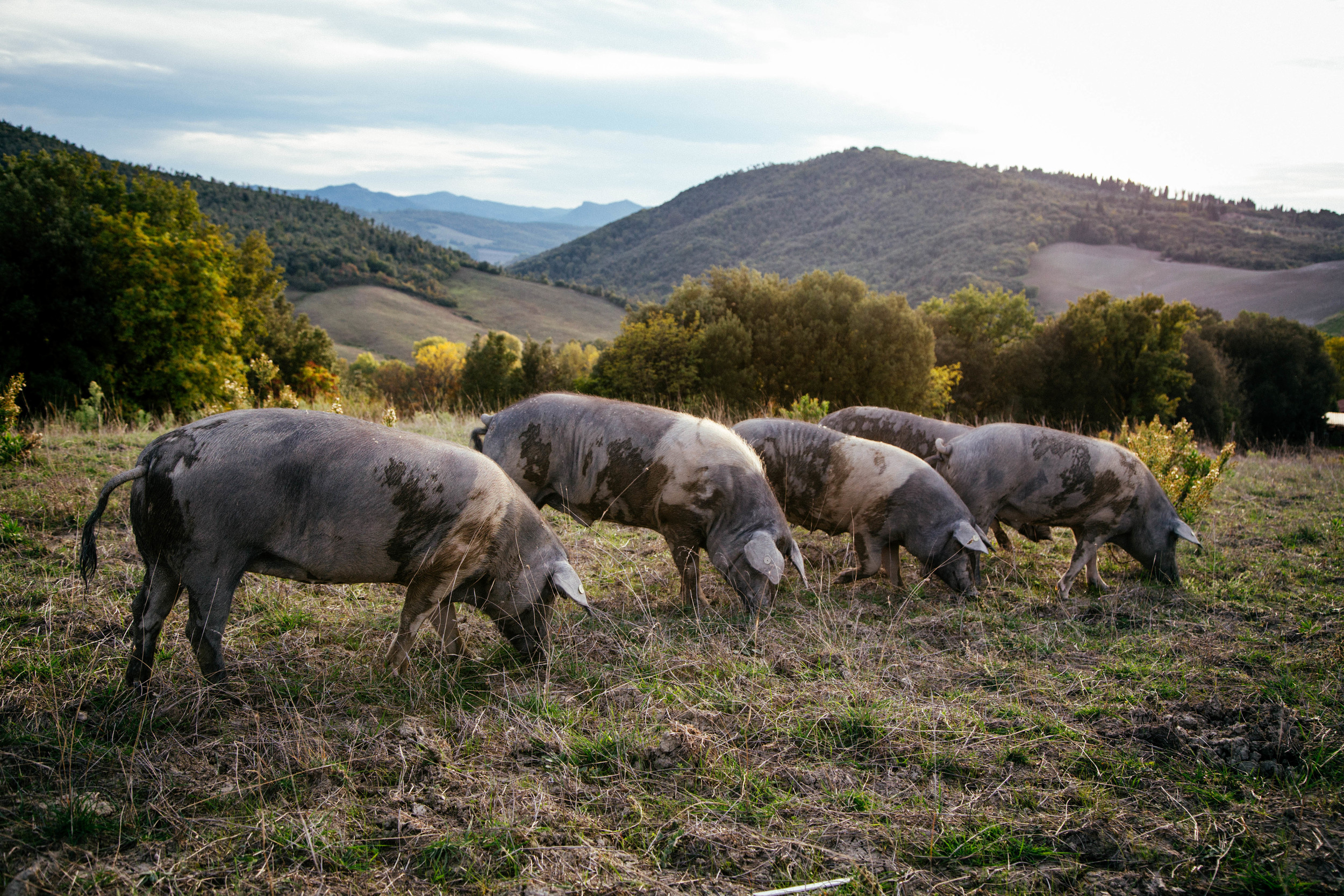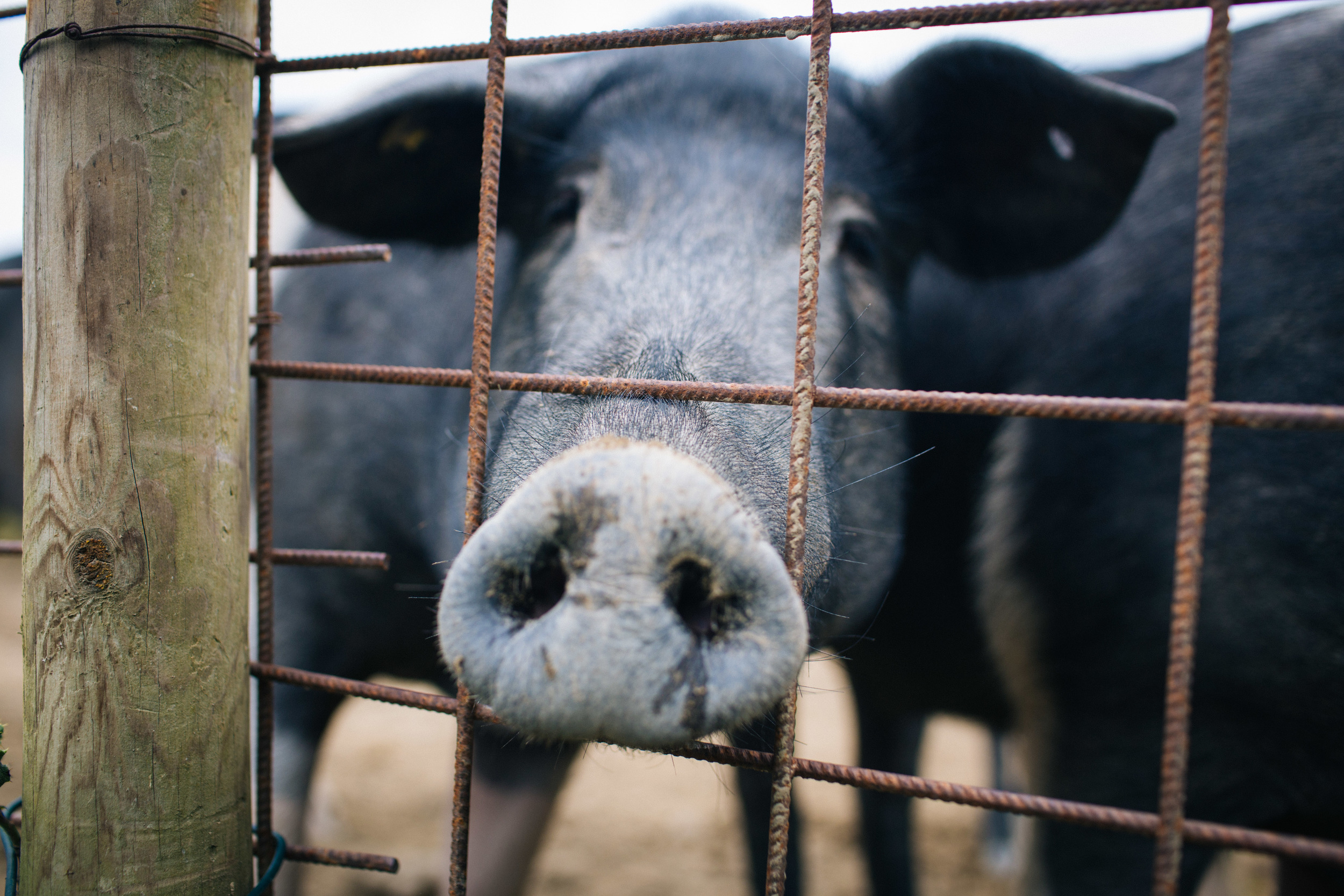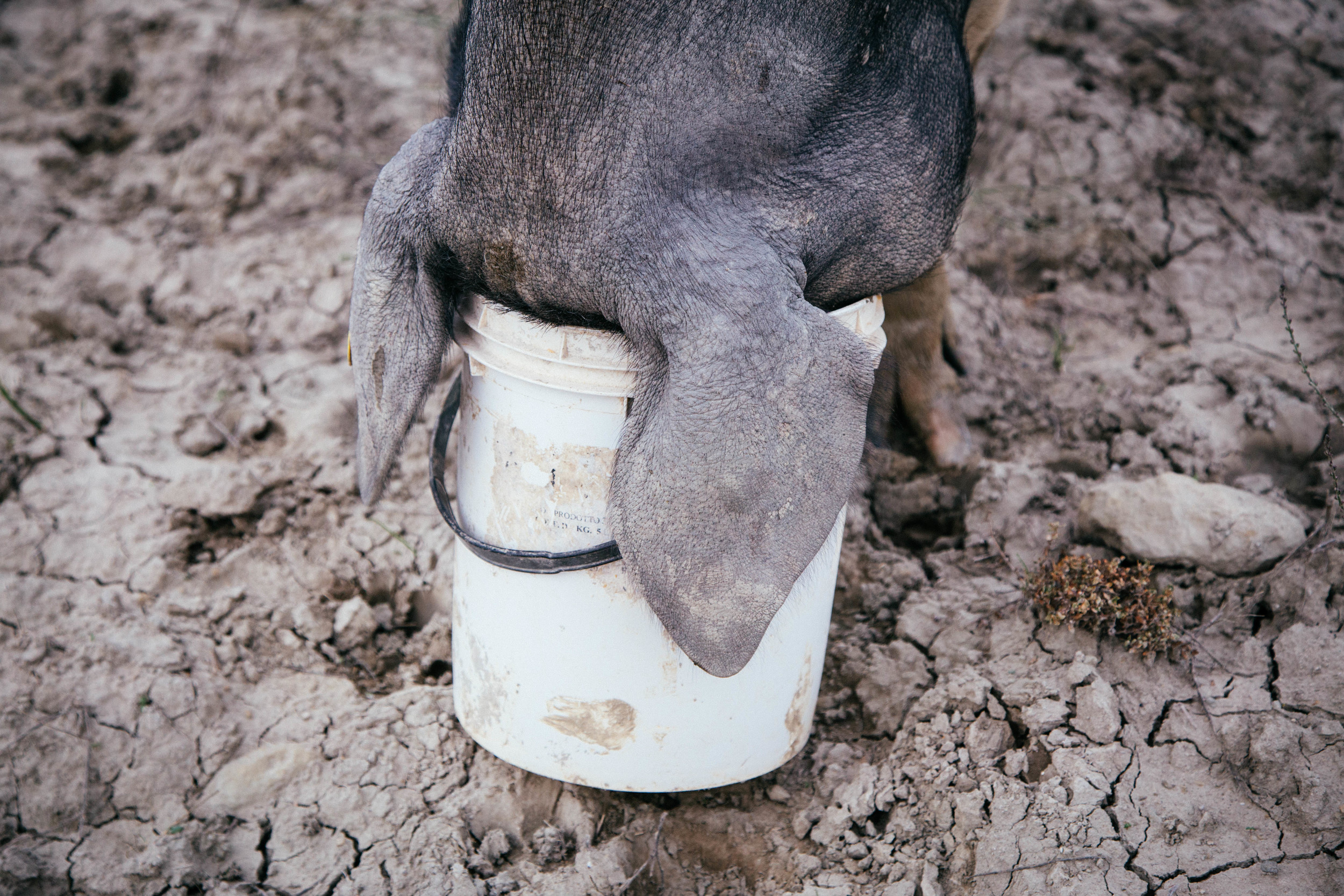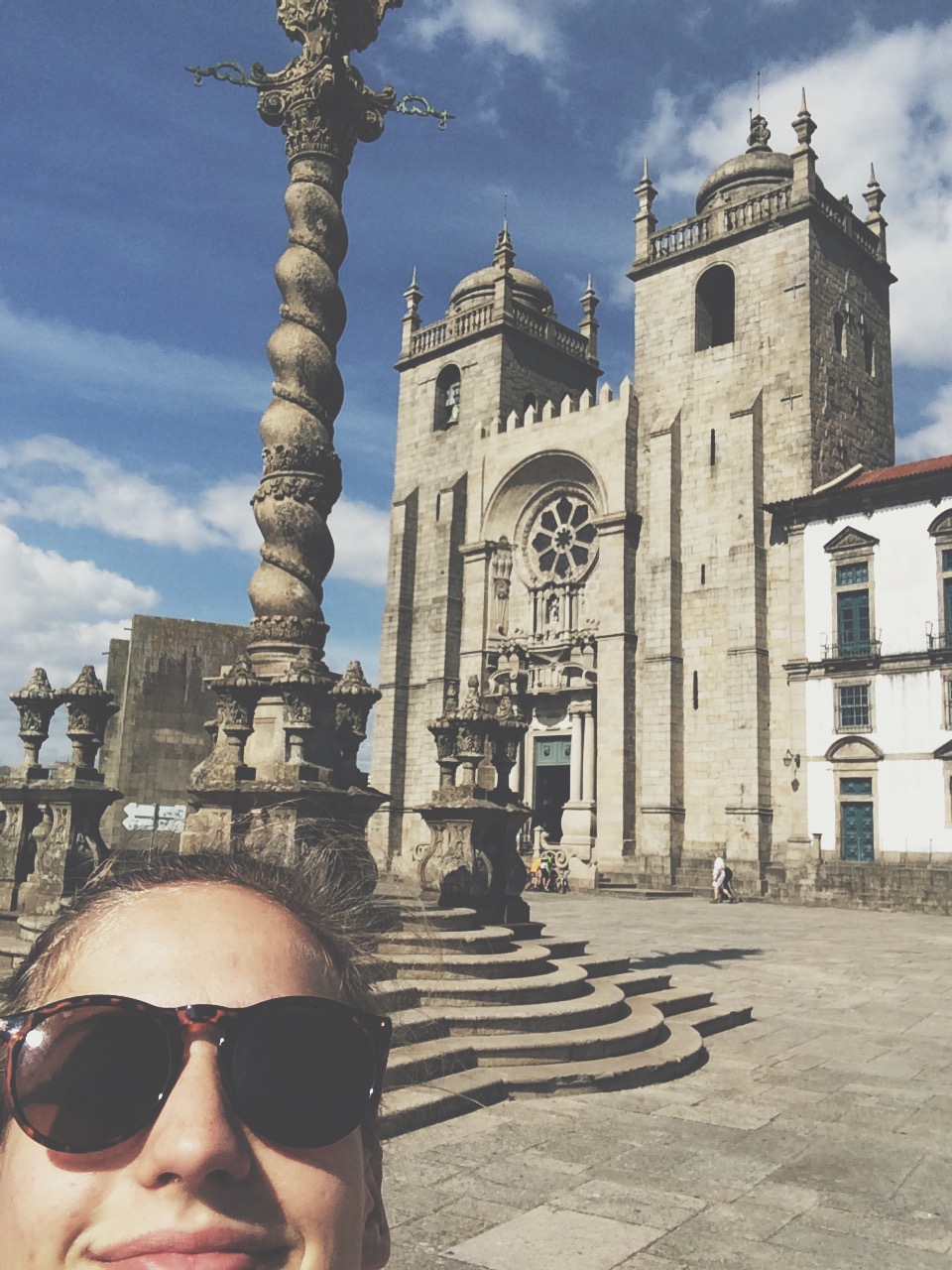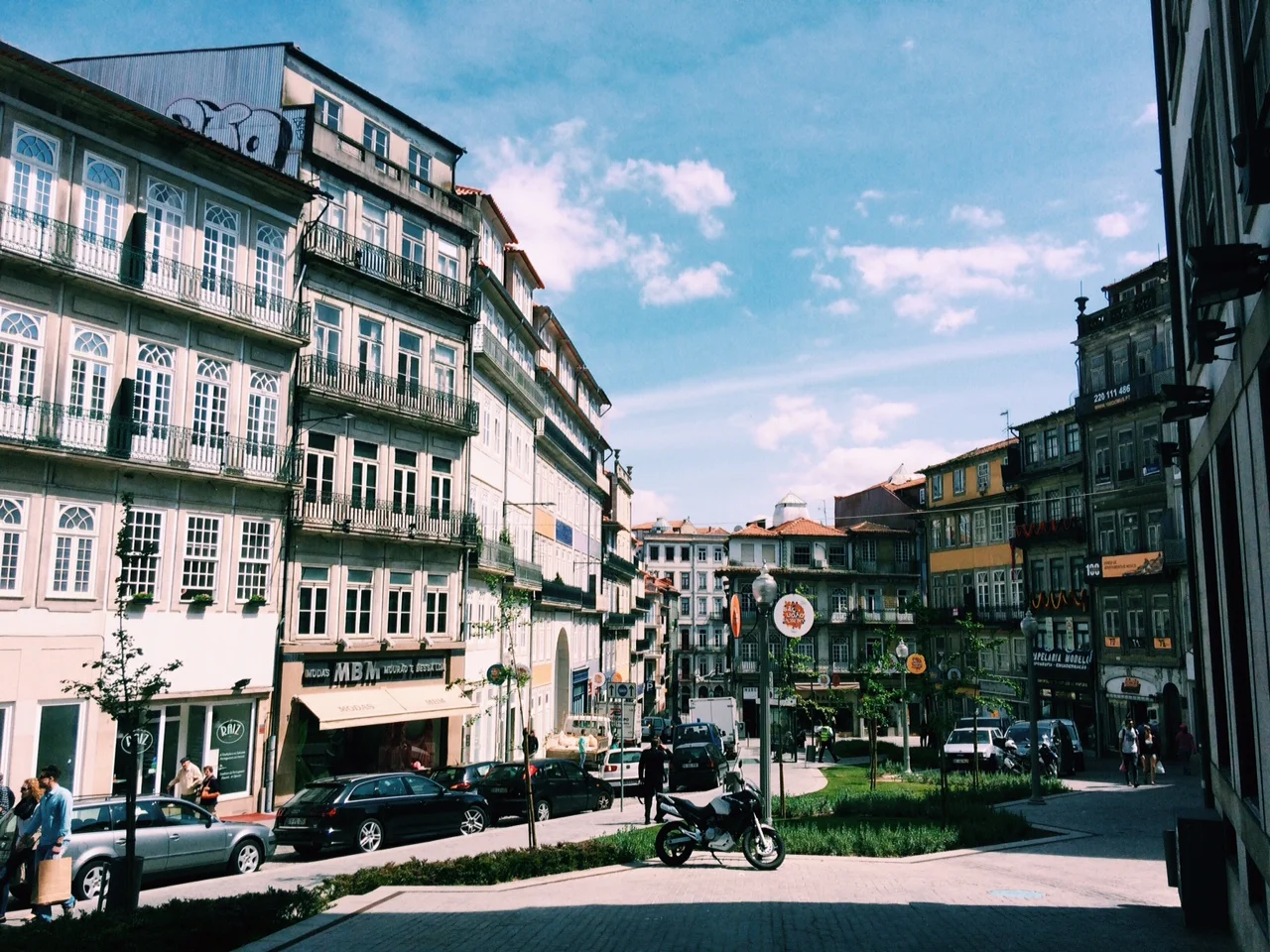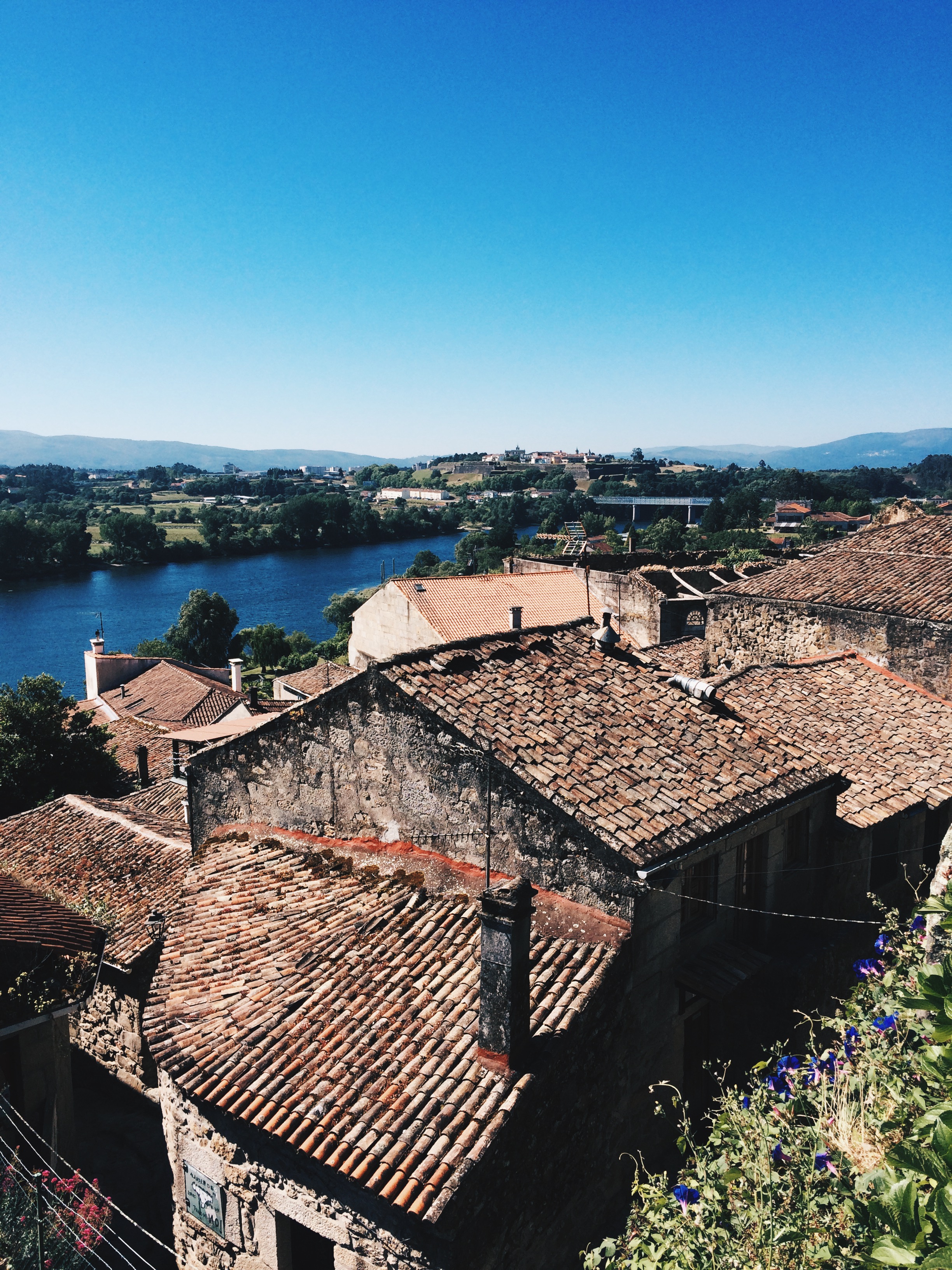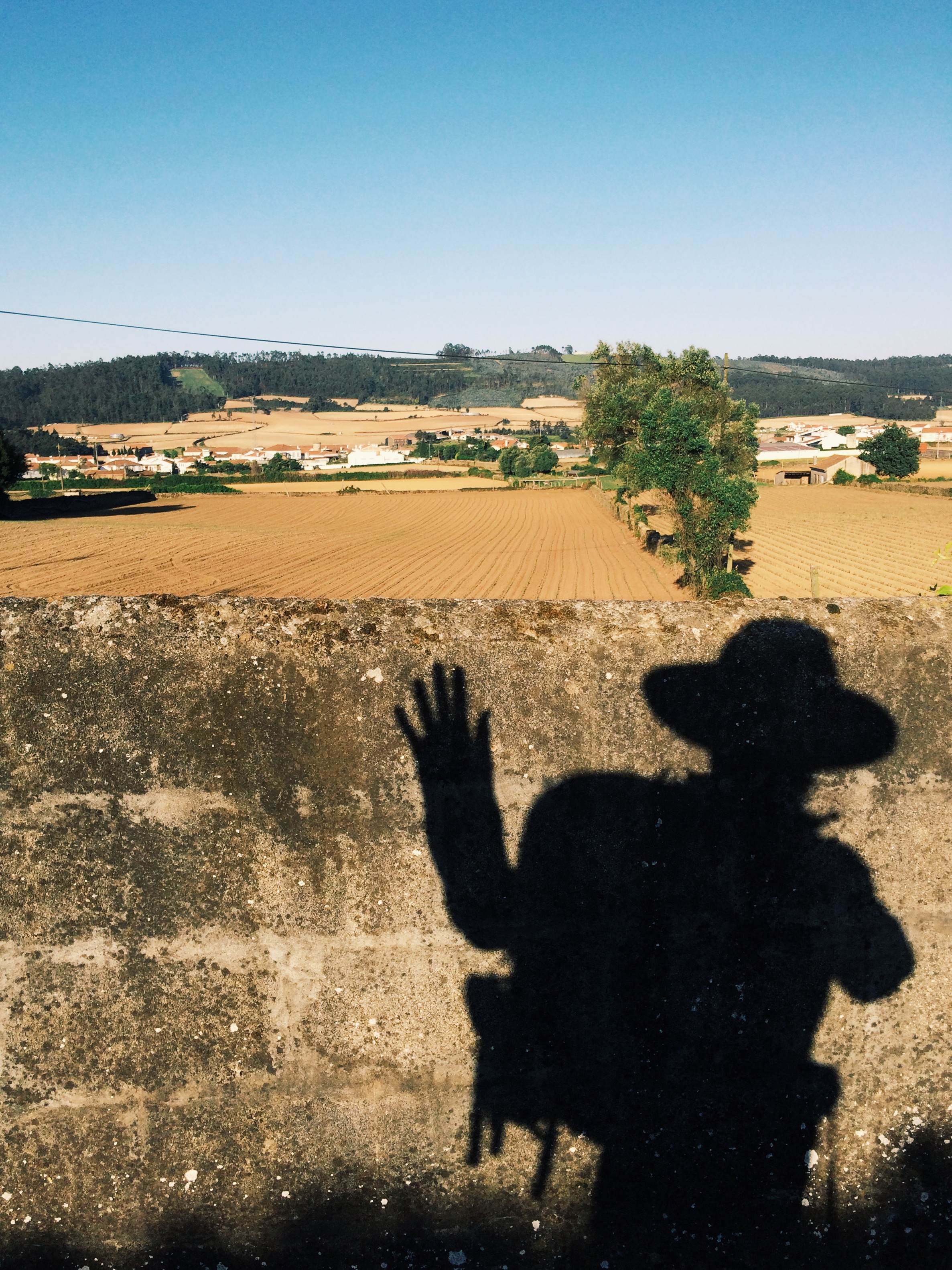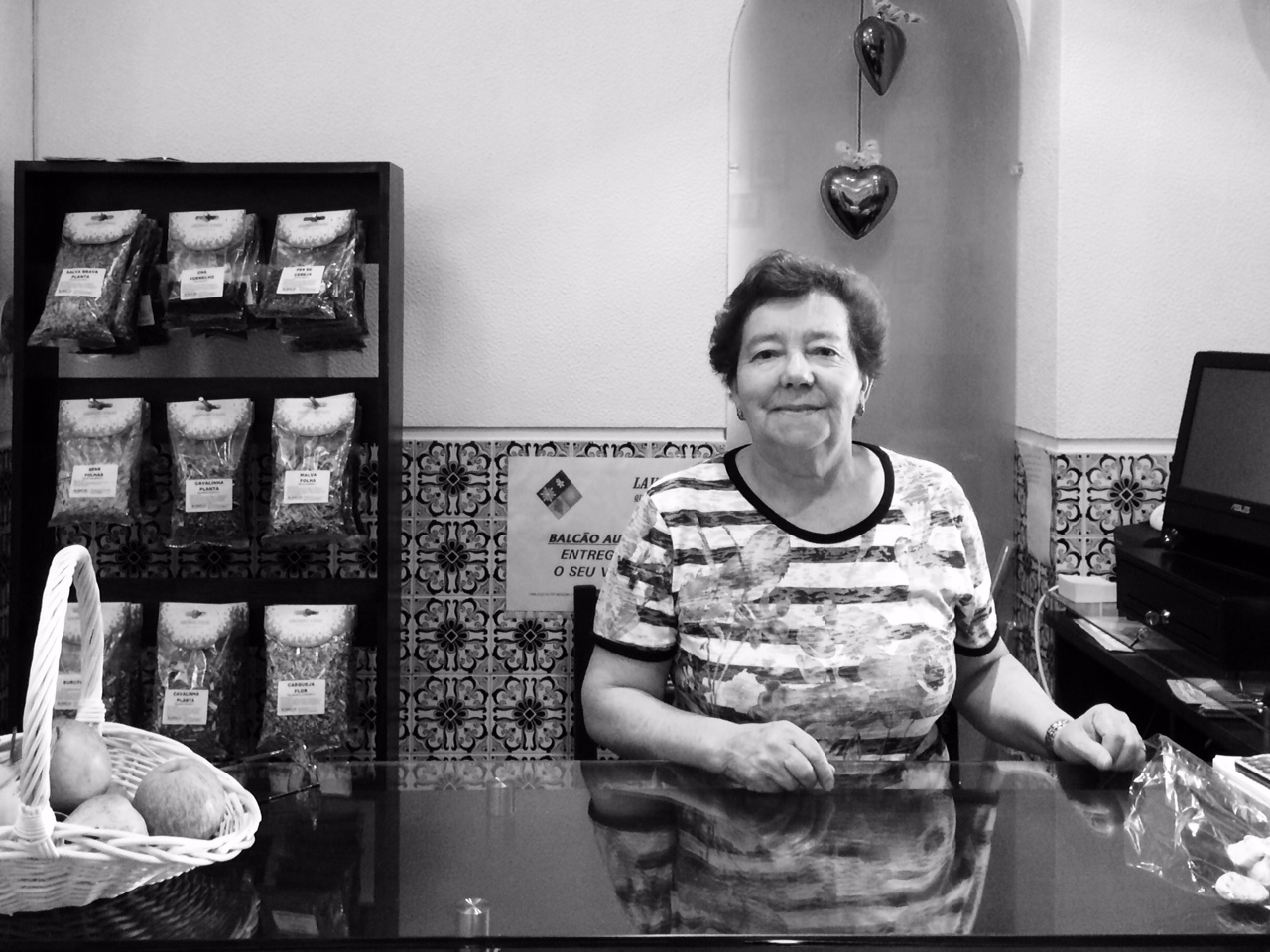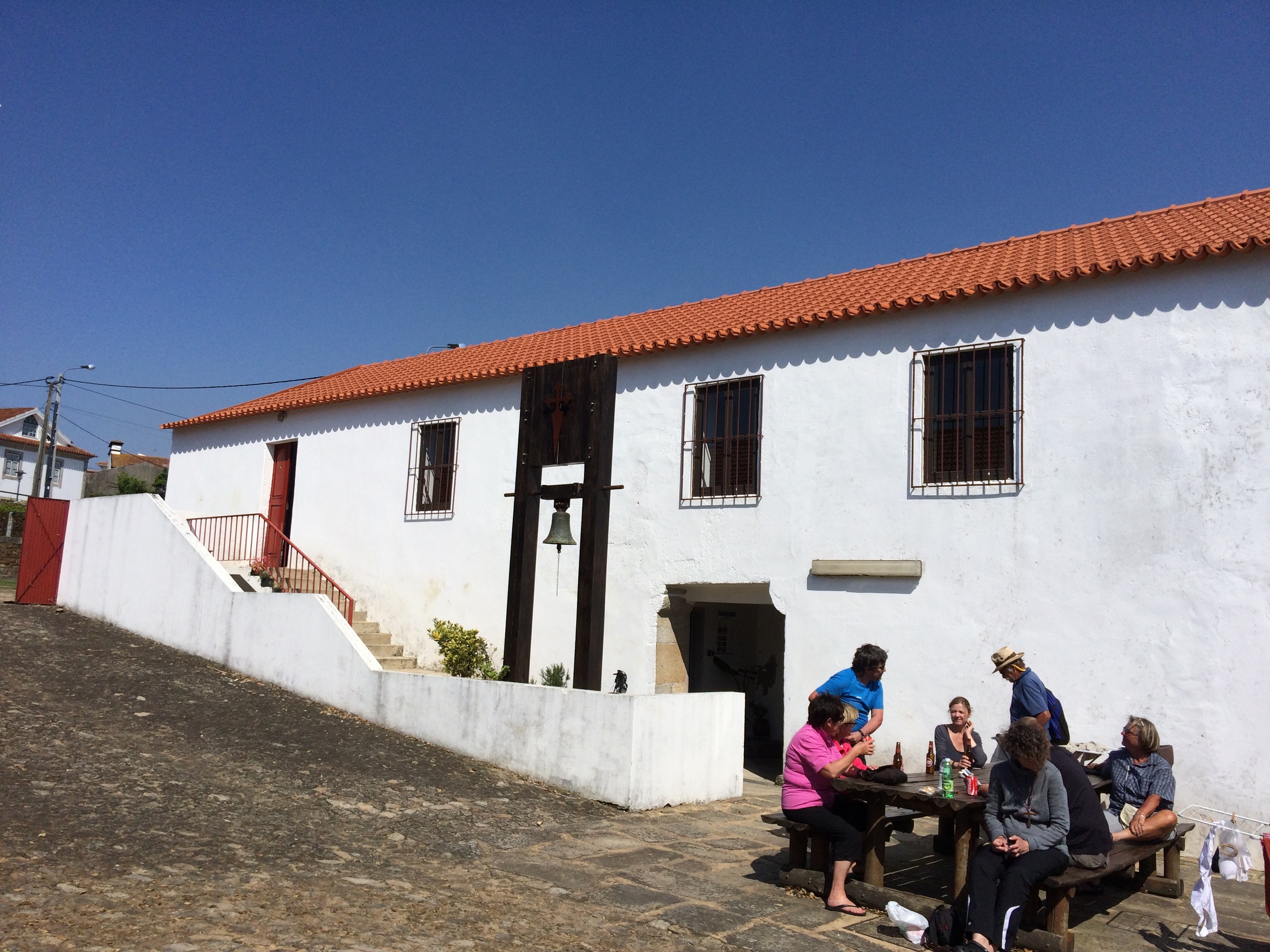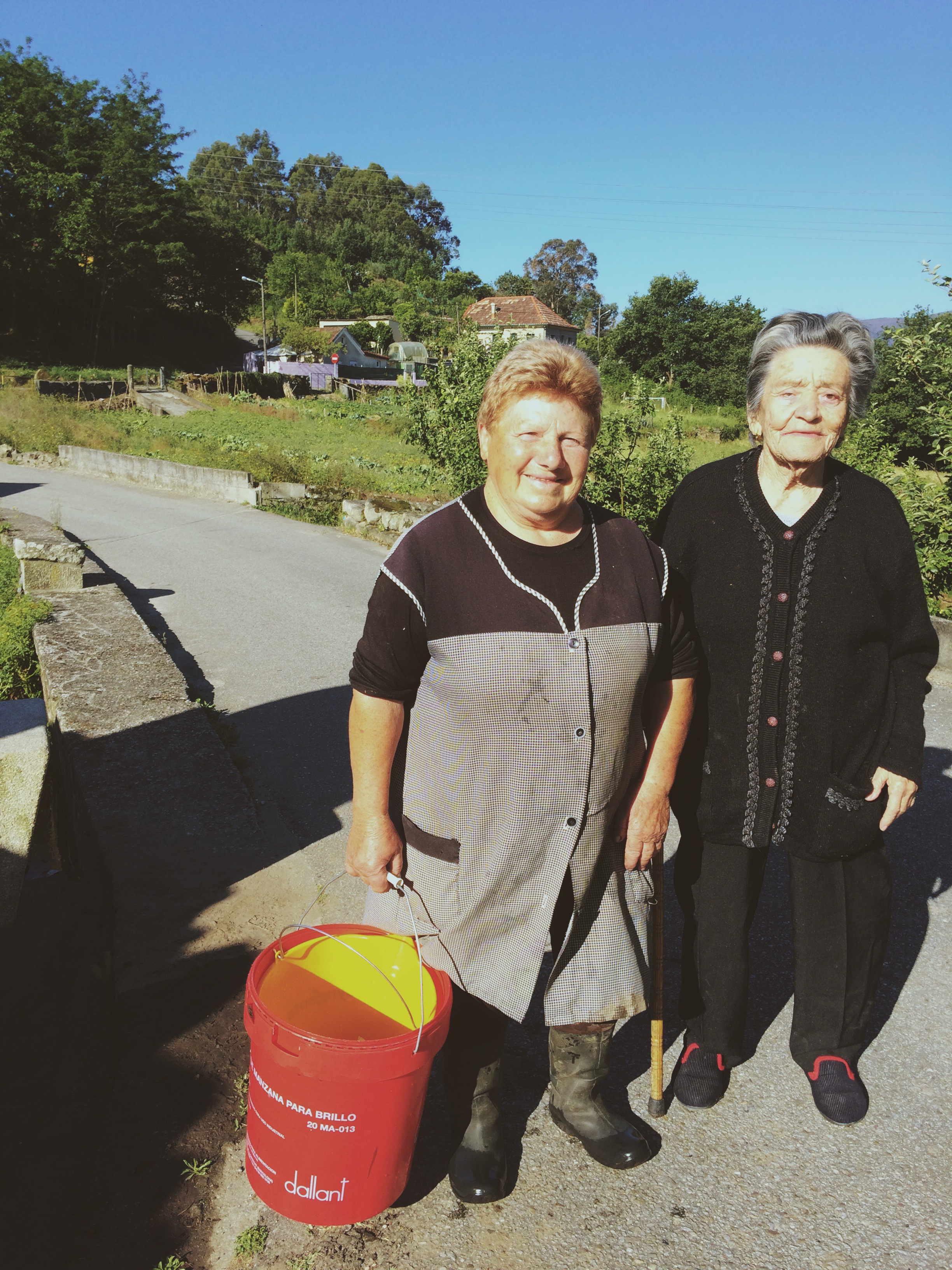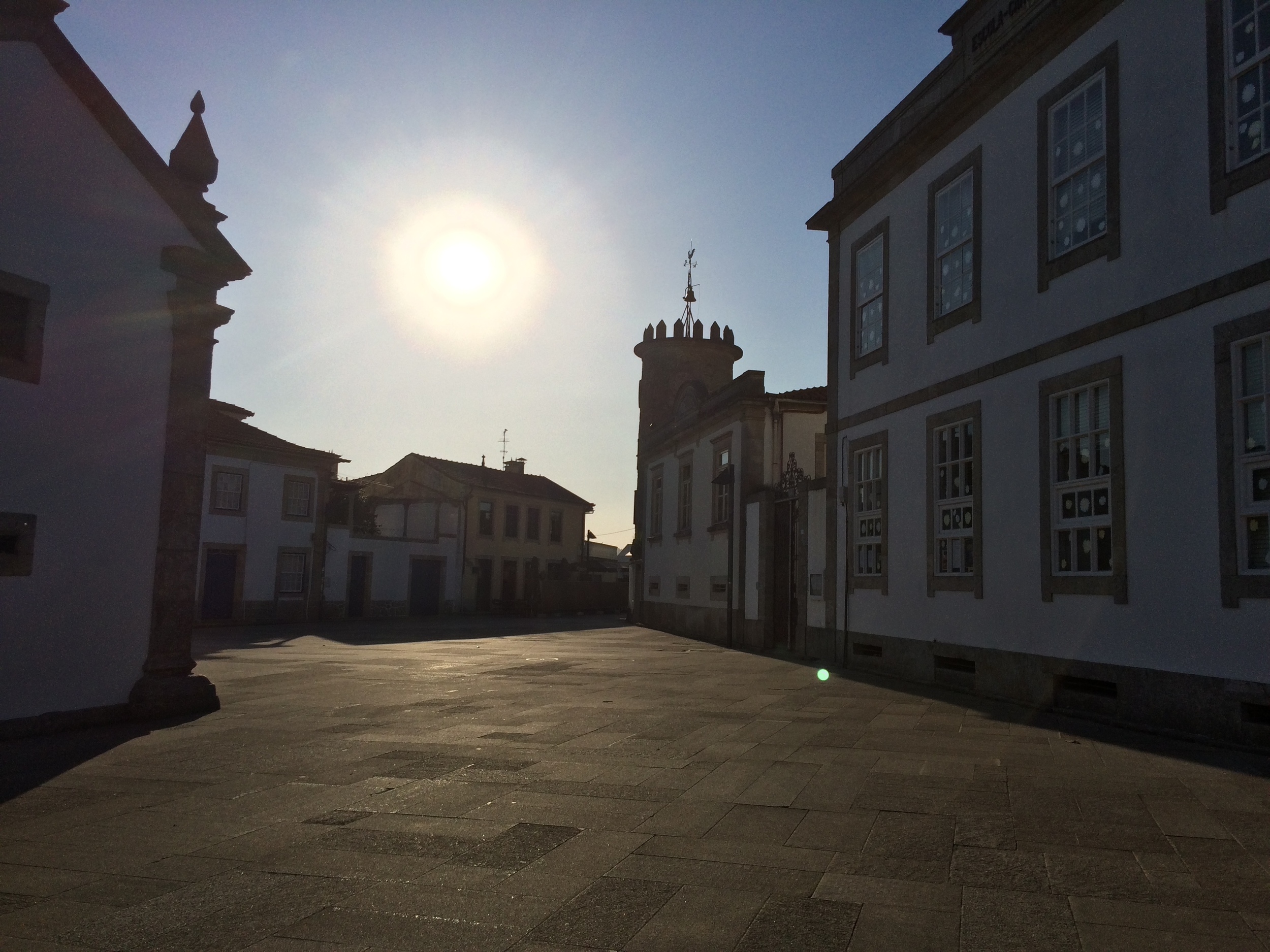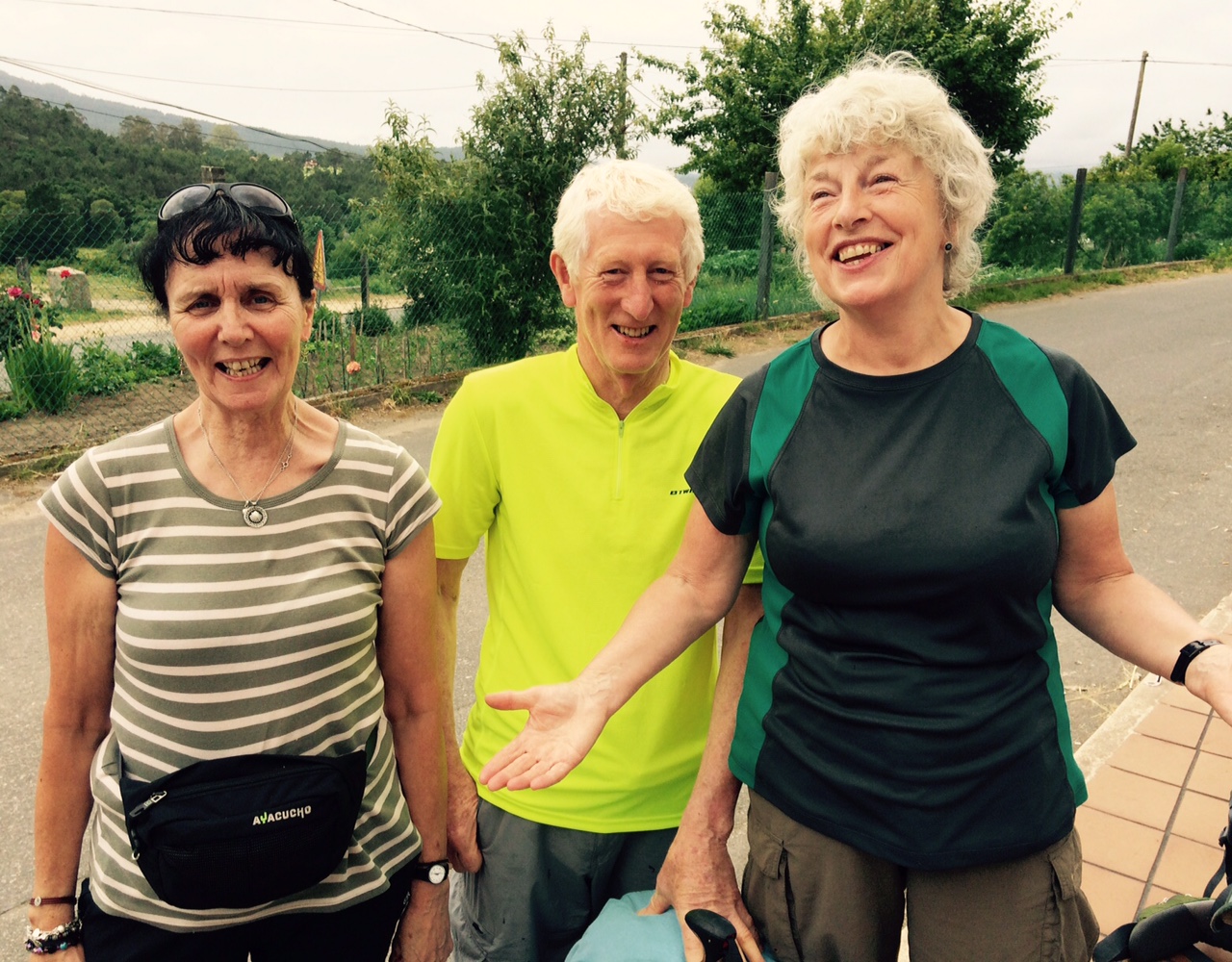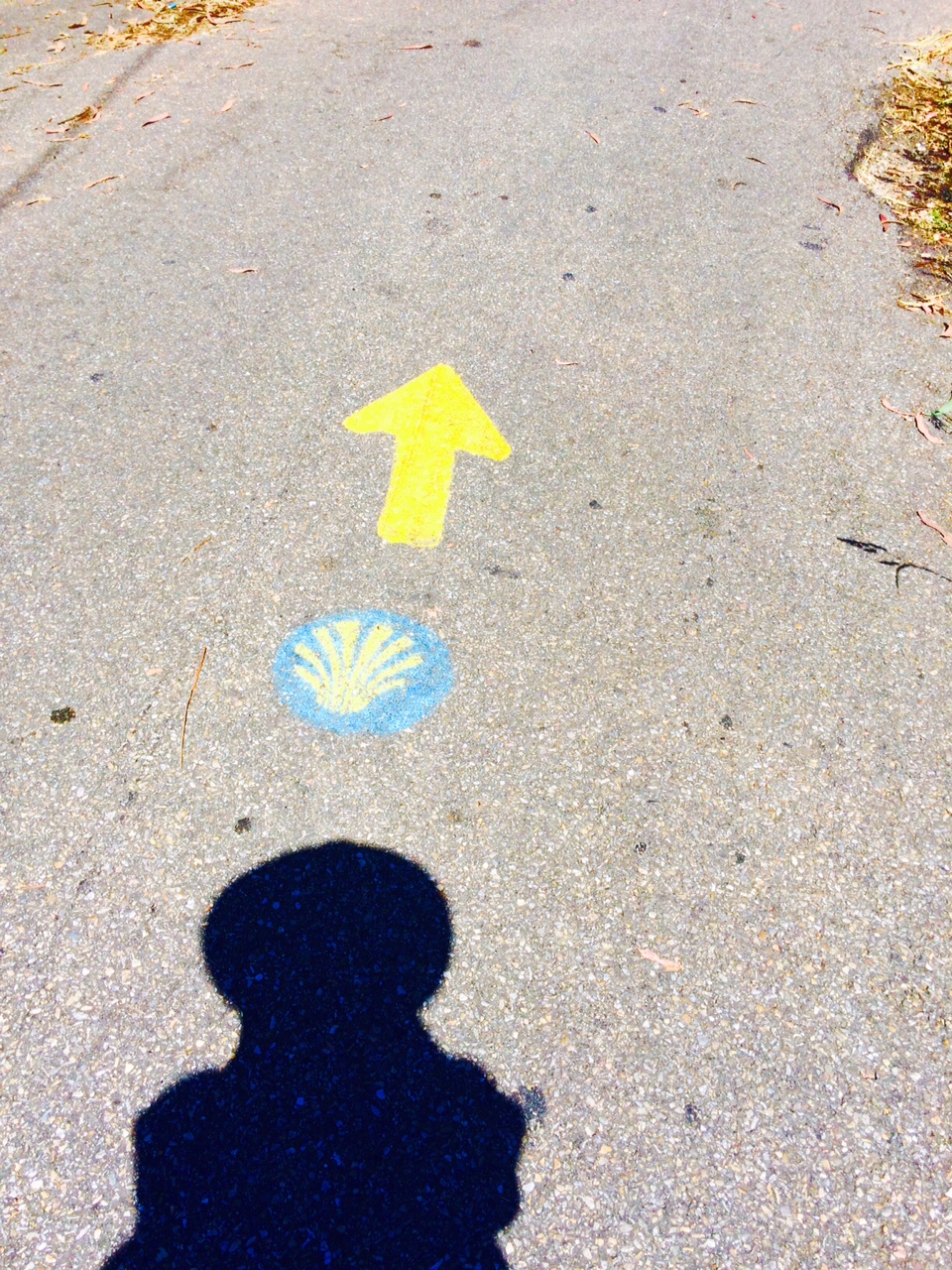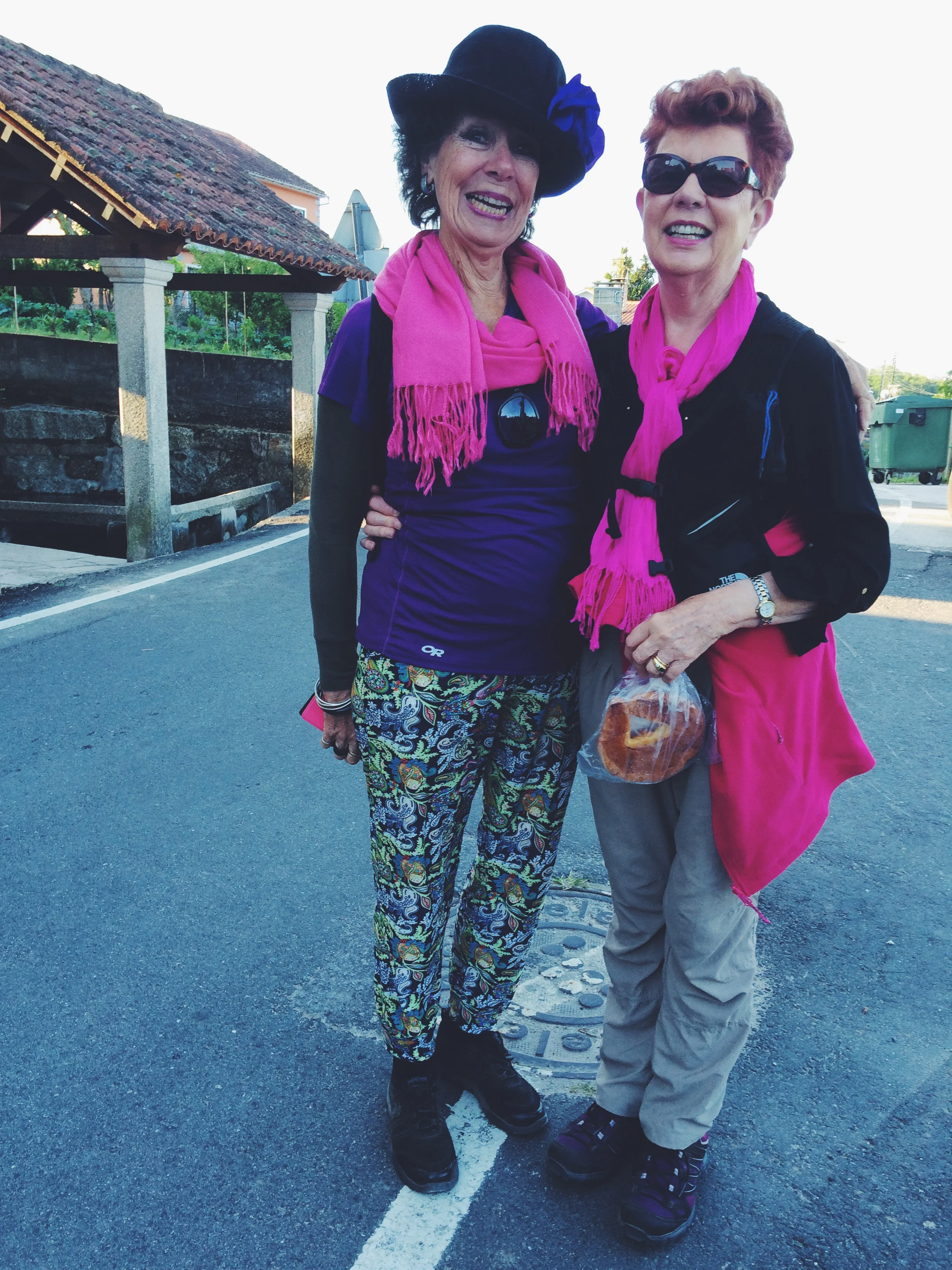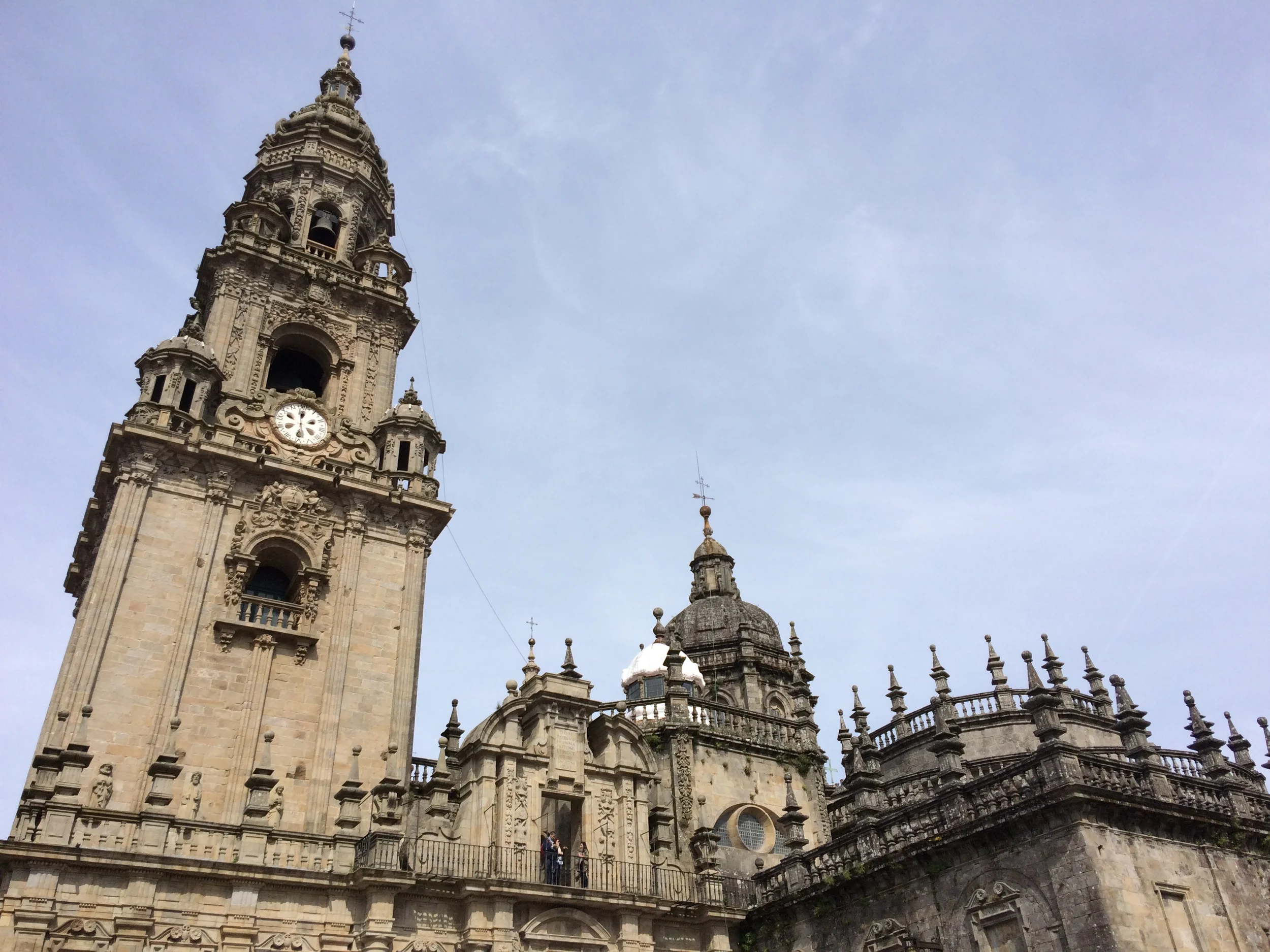We had just finished our charter in the Saronic Islands of Greece, a place that we have come to dearly love (you can read why here). Because we're so busy leading up to these trips, we tend to plan our post-charter "layover" trips on a whim the Saturday we return the boat. After we departed the boat and found a sliver of wifi, I googled "road trip Greece." I found an itinerary on the Lonely Planet through The Peloponnese -- the large mainland of Greece that looks like a large island just Southwest of Athens. The recommended journey was close enough to make the most of the two nights we had until our flight home.
I love road trips as an affordable and flexible way to see a lot in a little amount of time, plus it lends itself to the kind of serendipitous and unplanned excursions we enjoy. We had done many mini road trips throughout our travels (it's how I learned how to drive stick shift, as scary as that was), and found it an affordable way to see a lot in a little amount of time. Plus, it lends itself to the kind of serendipitous and unplanned travel we enjoy.
We rented a car from Athens and set out west, driving four hours to the land of the Ancient Mycenae people, the Tomb of Agamemnon, and the mountain village of Stemnitsa.
We headed to Mpelleiko, the Bed & Breakfast nestled into the mountain village of Stemnitsa that would our homebase for our trip. It was an old farmhouse from the 1800s that had been adapted into a cozy Bed & Breakfast by the granddaughter, and our host. Her knowledge of local hikes was thorough (she helped develop many of the hikes in the surrounding area) and her breakfasts were outstanding -- a medley of her mother's seasonal preserves, fresh yogurt from her neighbor, and homemade seed bread and pastries. We were given the choice between rich Greek coffee or the selection of hand-mixed teas her mother makes for different ailments.
We chose to stay in Stemnitsa because it is one of the starts/ends to the Menalon Trail -- a multi-day trek between the two mountain towns of Stemnitsa and Dimitsana. We chose a portion of it for our day hike into the Louisios Gorge -- a lush valley that hosts the very old Prodomou Monastery built into the cliffs that is still inhabited and worshipped in by monks, and overlooks the Mylaon river that flows at the base of the gorge.
The next morning, we drove back to Athens through the lush Peloponnese land, past farms, villages, and coastal ports. It is a place I fell in love with in such a short amount of time, and hope to return to soon to complete the Menalon Trail.
